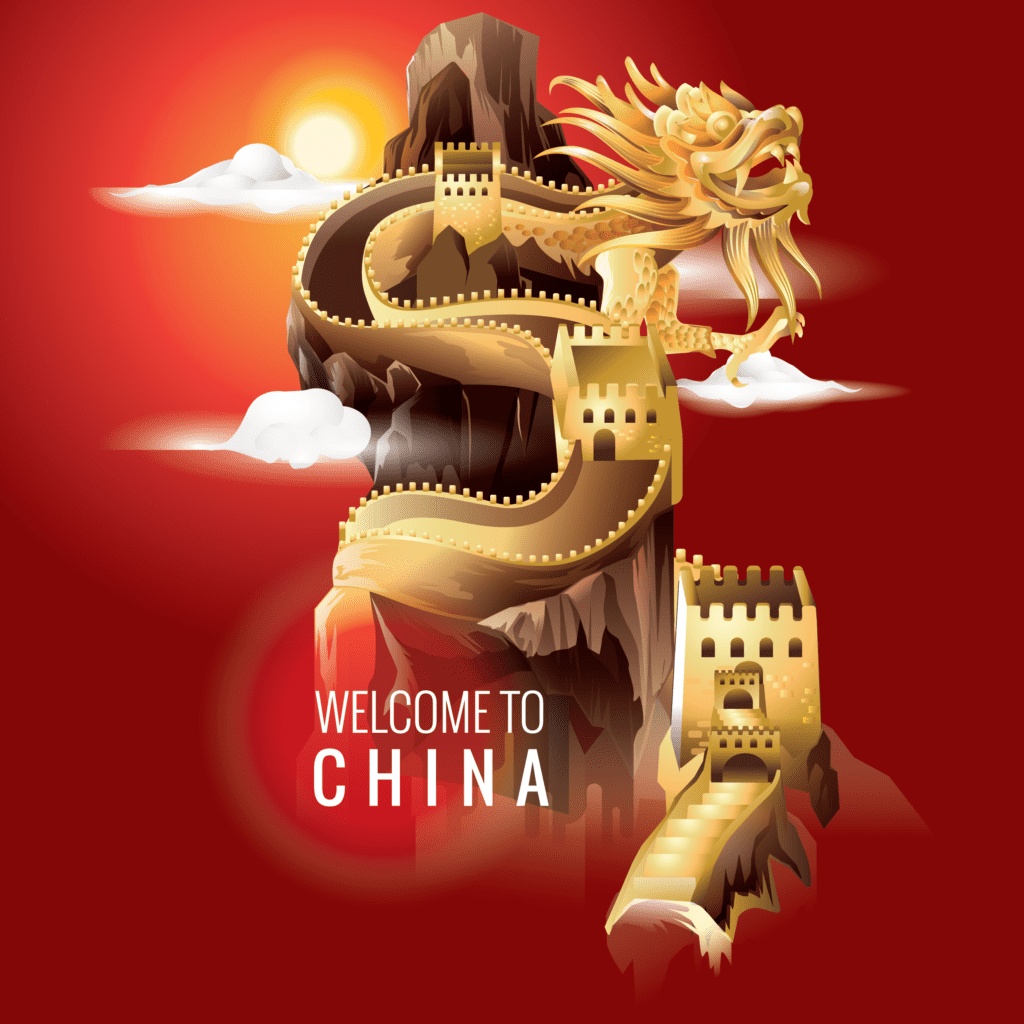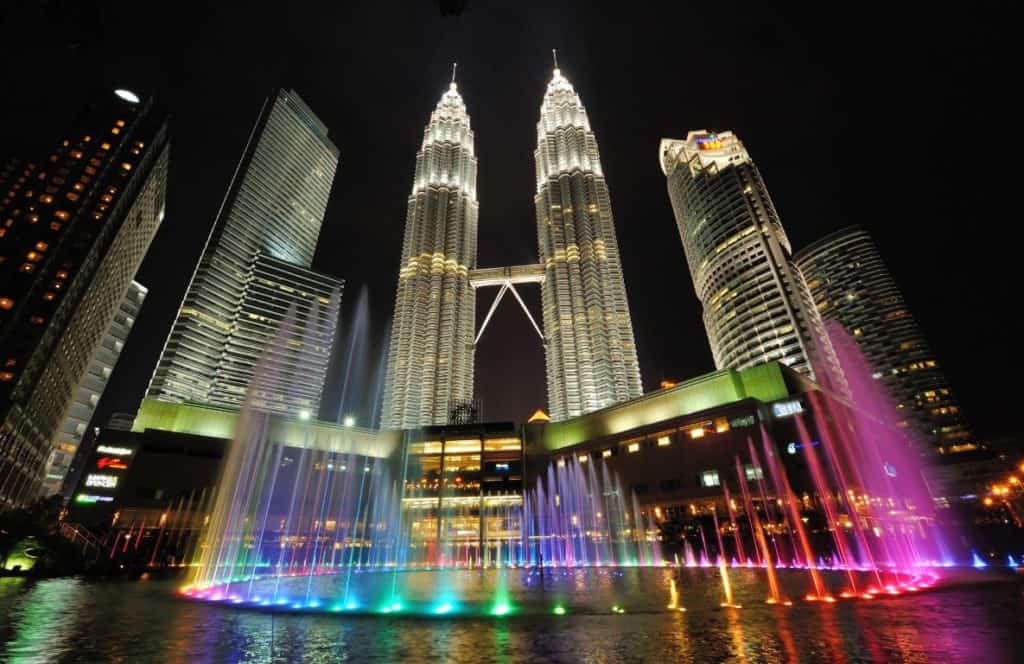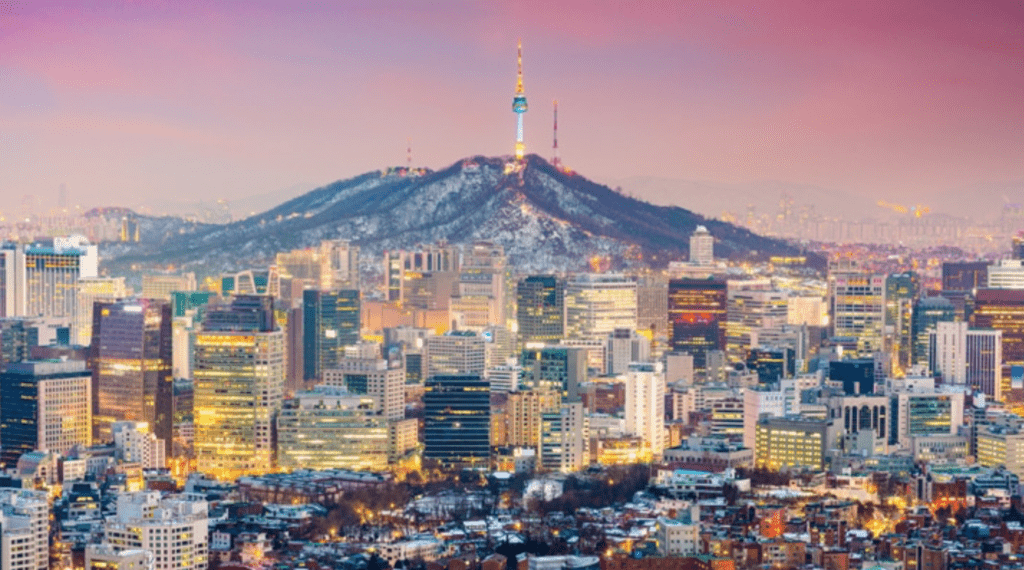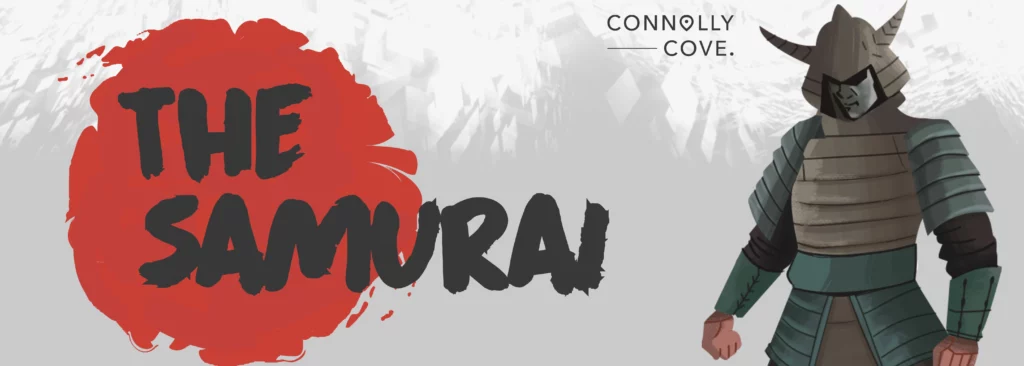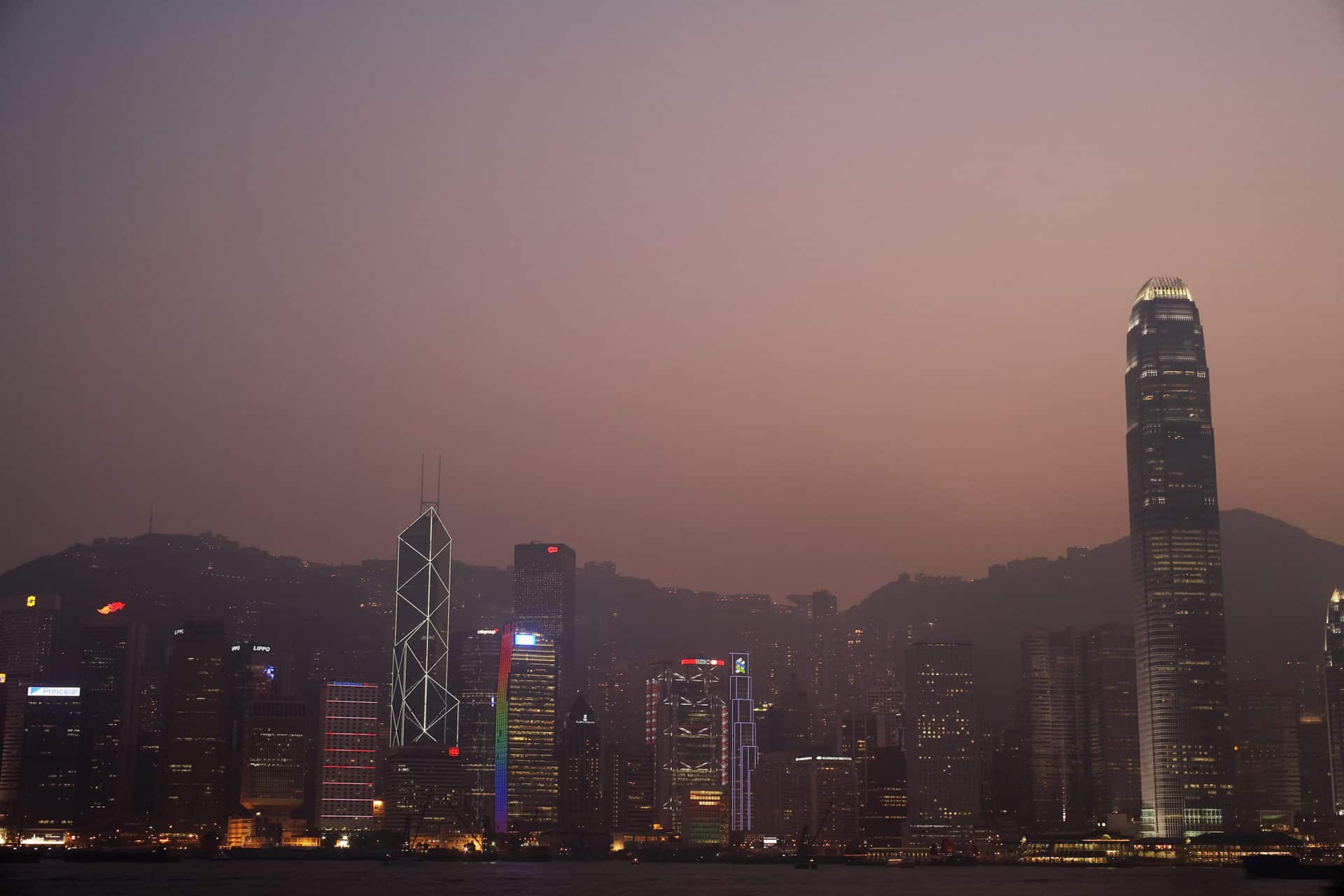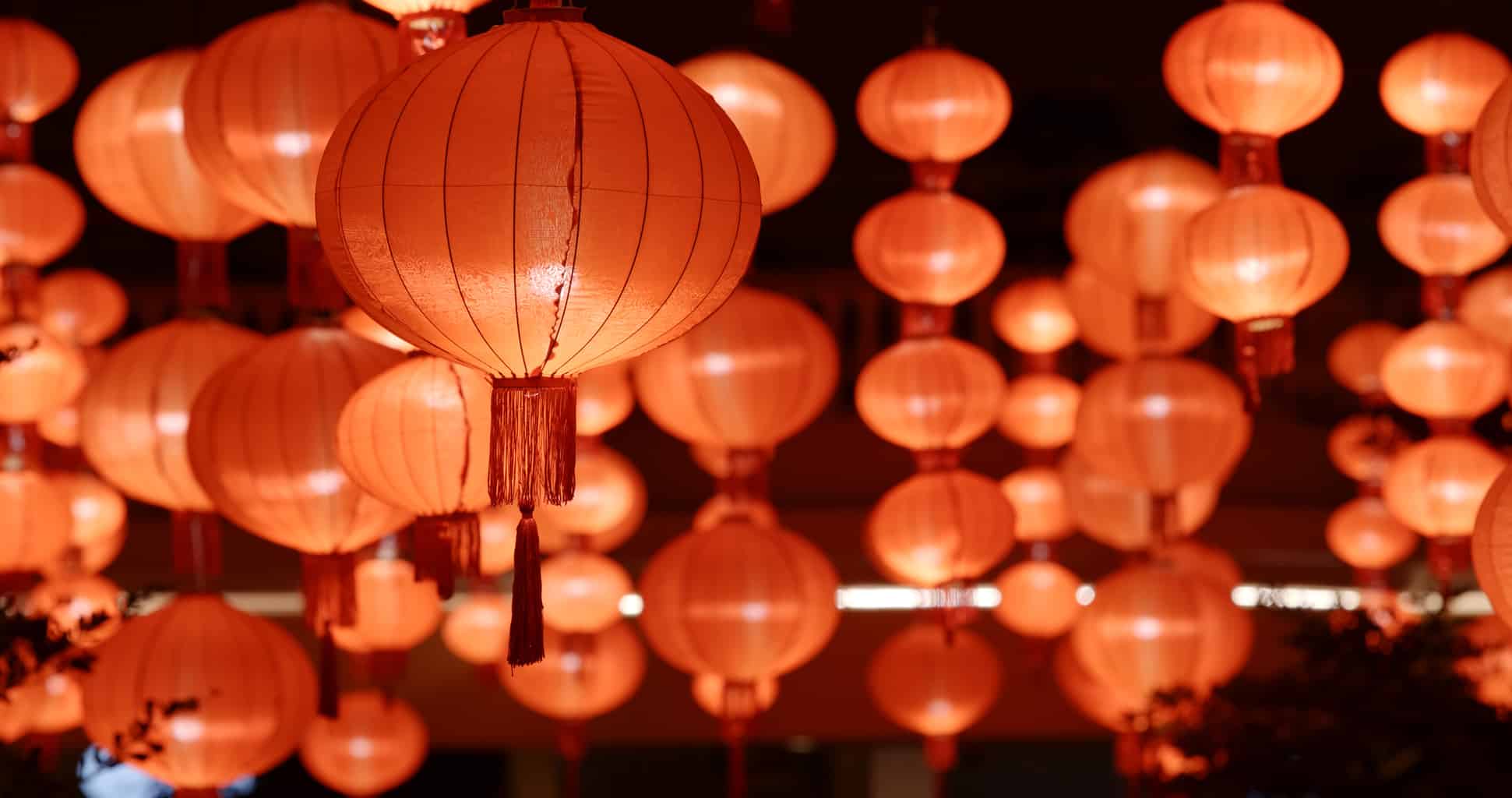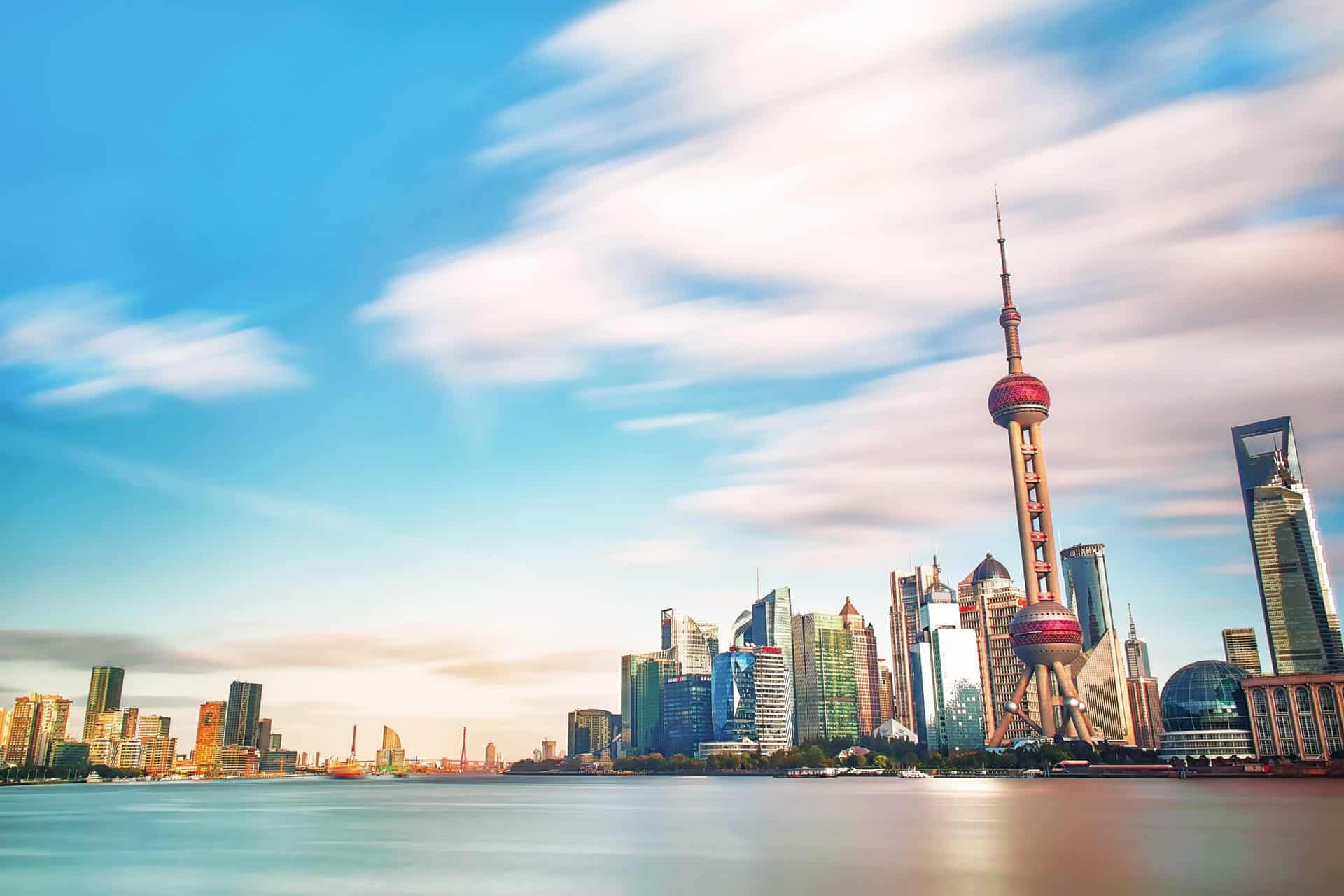Asia
From ancient civilizations to incredible beaches to increible city life, Asia will definitely mystify and amaze any traveller.
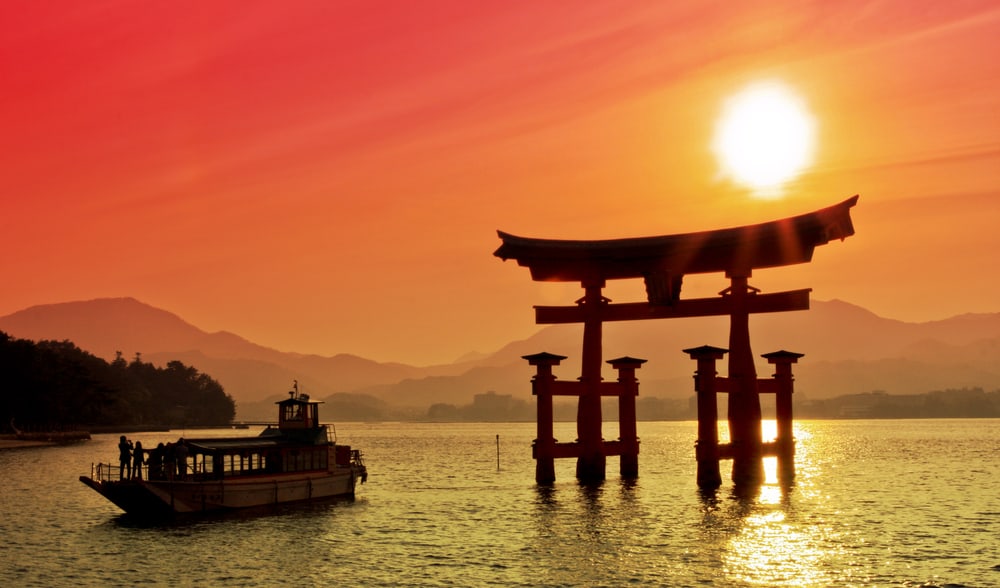
Asia is the largest continent on Earth. It is estimated that Asia represents about 30% of the earth’s land area and 8.7% of the planet’s total area, not to mention the majority of the human population, which is over 4.5 billion people.
The continent of Asia is known for its diverse range of geography, culture, ethnic groups, environments, climates, economics, and historical ties. Depending on which country (or countries) you visit in Asia, you will have a variety of experiences!
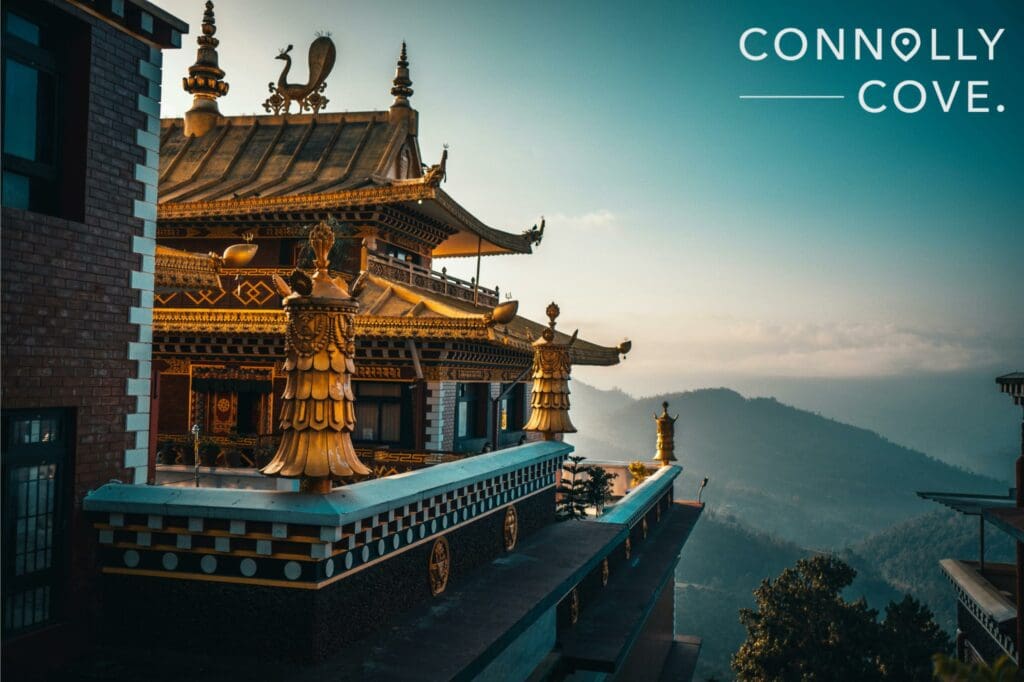
As we explore the best that Asia has to offer, we’ll delve into the continent’s regions, the most popular tourist attractions in each country, and some key information to know before venturing on an Asian holiday.
Scroll down to read further, or click on one of the highlighted sections below to jump ahead.
Table of Contents
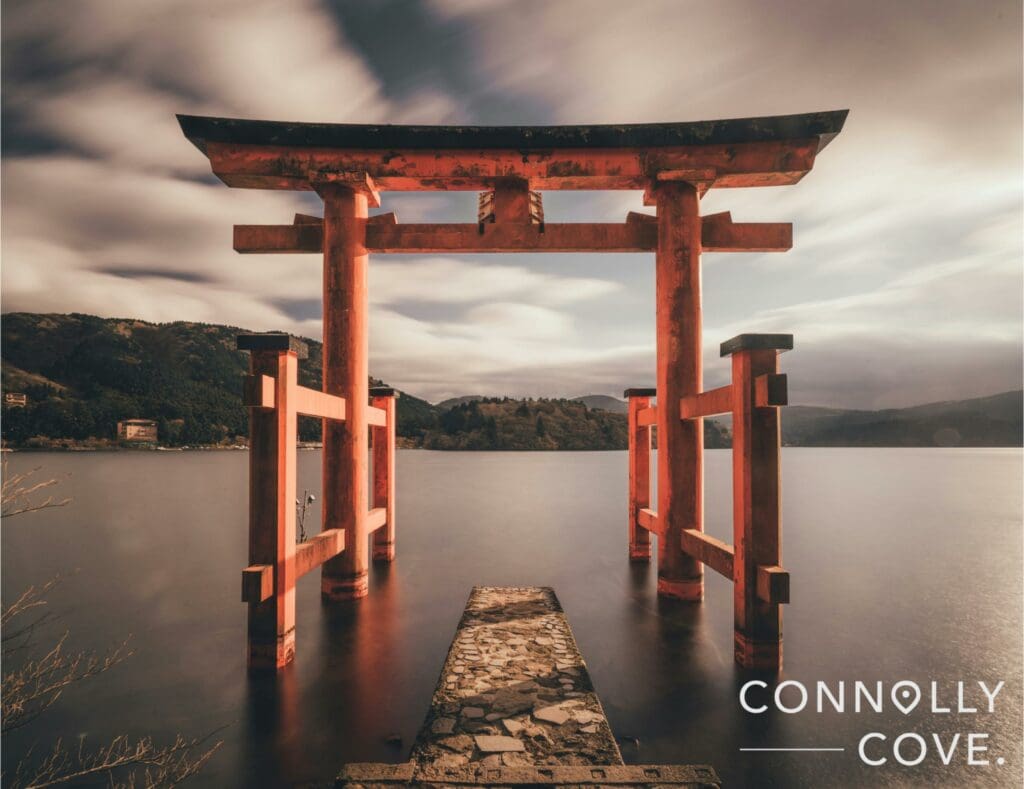
Boundaries of the Asian Continent
The Asian continent shares three of its boundaries with other continents and regions. The Asia-Africa Boundary comprises the Red Sea, the Suez Gulf and the Suez Canal, which makes Egypt a transcontinental country with the majority of the country in Africa and the Sinai Peninsula in Asia.
The second boundary, the Asia-Europe Boundary, has been a cause for dispute over the ages. The recently accepted definition includes the Aegean Sea, the Caspian Sea, the Turkish Strait, the Black Sea, the Caucasus, and the Ural River and Mountains.
The last boundary is the Asia-Oceania Boundary. This boundary was also gradually refined over time. Eventually, it will be defined as somewhere in the Malay Archipelago. The Maluku Islands in Indonesia are considered to be on the border of Southeast Asia, with New Guinea to their east, being wholly part of Oceania.
What is the Largest Country in Asia?
Although many people believe that China is the largest country in Asia, this isn’t true! The largest country in Asia by land area is actually Russia. Russia is the largest country on Earth, with approximately half of its land area in Asia and the other half on the European continent.
Typically, Russia is seen culturally as a European nation rather than a country in Asia. This is because the majority of its population lives in areas on the European continent. The country’s culture is more similar to that of European countries than its neighbours in Asia.
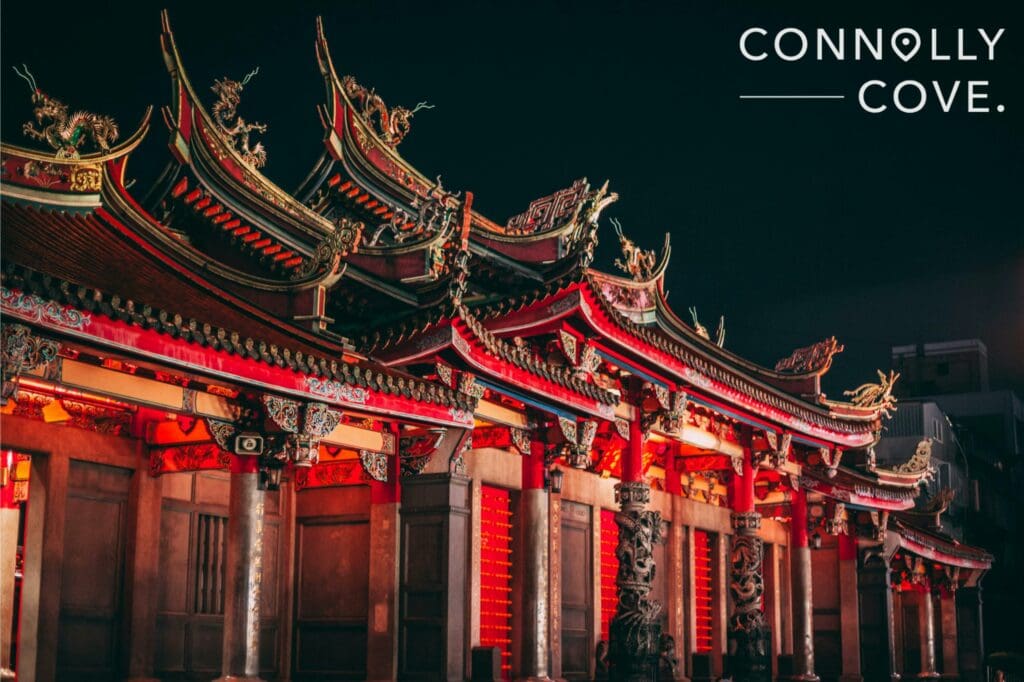
Conversely, the smallest country in Asia by land area is the Maldives. The Maldives is an island nation located in the Indian Ocean, southwest of Sri Lanka and India. The country is made up of 26 atolls comprising approximately 1,192 coral islands and has a total land area of just over 300 square kilometres (approximately 115 square miles).
What Country has the Largest Population in Asia?
China and India are the 2 most populous countries in Asia, with over 1.4 billion people each. In fact, they are not only the most populous countries in Asia, but these 2 countries have the largest populations in the world!
Because their populations are nearly identical, it is difficult to declare just China or India as the most populous country in Asia. Historically, China has worn the crown, but India has become a strong contender for the title in recent years.
The Regions of Asia
Asia can be mainly divided into 6 regions: North Asia (Siberia), Central Asia, Western Asia (the countries in the Middle East), South Asia (the Indian subcontinent), East Asia (the Far East) and Southeast Asia (the East-Indies and Indochina). In total, Asia is comprised of 48 countries throughout its 6 regions.
In this article, we will learn about the different regions of Asia, starting from the western part of the continent and moving step by step towards the east until we eventually reach the Southeast of the continent.
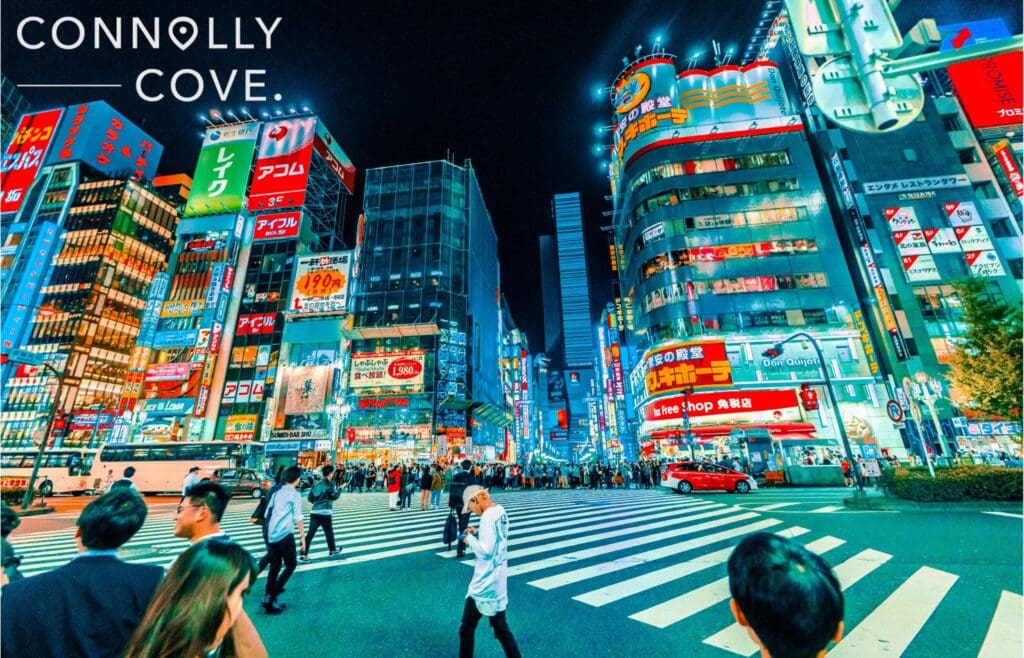
We will start with Western Asia, which includes over 20 countries, 13 of which are considered from the Arab World. Seven of these Arab countries are located in the Arabian Peninsula. Then, we will discover the rest of the Western Asian countries.
If you want to learn more about these Arab Asian Countries, you can journey through them here!
Western Asia Region (The Middle East)
Western Asia is part of the Greater Middle East and consists of several regions: the Arabian Peninsula, Anatolia, Iran, Mesopotamia, the Levant, the Island of Cyprus, the Sinai Peninsula, and Transcaucasia. Western Asia is separated from Africa by the Suez Strait, while the waterways of the Turkish Straits and the watershed of the Greater Caucasus separate it from Europe.
From Western Asia, the Central Asia region is to the northeast, and South Asia is to the east.
Western Asia’s climate is usually dry. The region contains grasslands, rangelands, deserts, and mountains, as well as large areas of mountainous terrain. It is surrounded by eight seas: the Aegean Sea, the Black Sea, the Caspian Sea, the Persian Gulf, the Arabian Sea, the Gulf of Aden, the Red Sea, and the Mediterranean Sea.
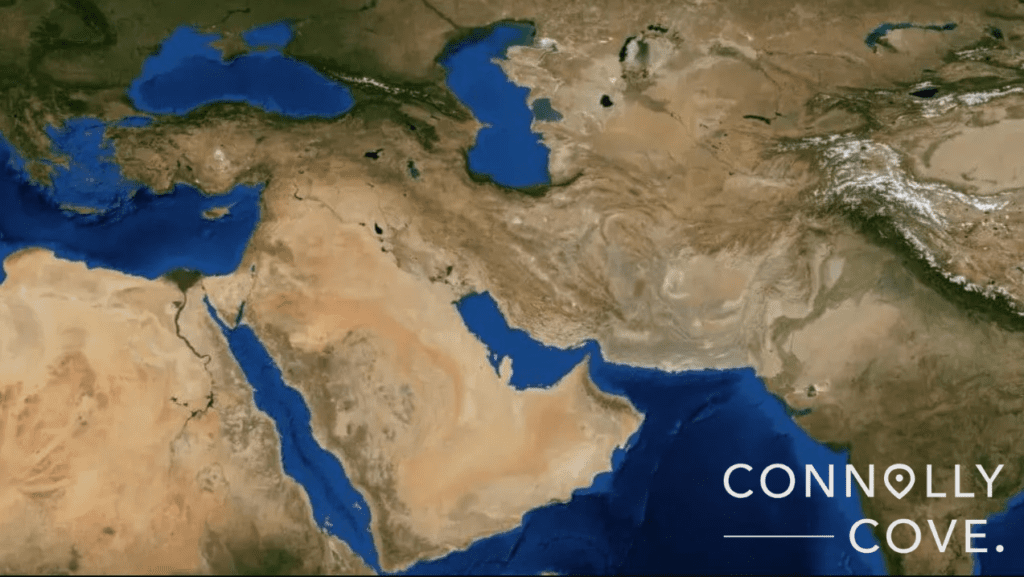
Turkey
The transcontinental Republic of Turkey is located on the Anatolia Peninsula. Its capital is Ankara, and its largest city and economic hub is Istanbul.
Turkey’s history is inscribed in ancient history, back to the age of antiquity, through the Hellenistic Era, the Byzantine Era, the Mongol invasion, and many more civilizations, up to the Ottoman Empire and the establishment of the republic in 1923.
Turkey is considered a regional power because it is a member of many important international organizations and alliances, such as NATO and the IMF, and a founding member of the OECD and the G20. The Turkish economy was classified among the emerging and growth-leading economies.
Tourism in Turkey has been booming throughout the 20th century, and it is one of the top ten destination countries in Asia. The Turkish Ministry of Culture and Tourism has been promoting Turkish tourism under the project Turkey Home. Turkey has 19 UNESCO World Heritage Sites, with 84 on the tentative list.
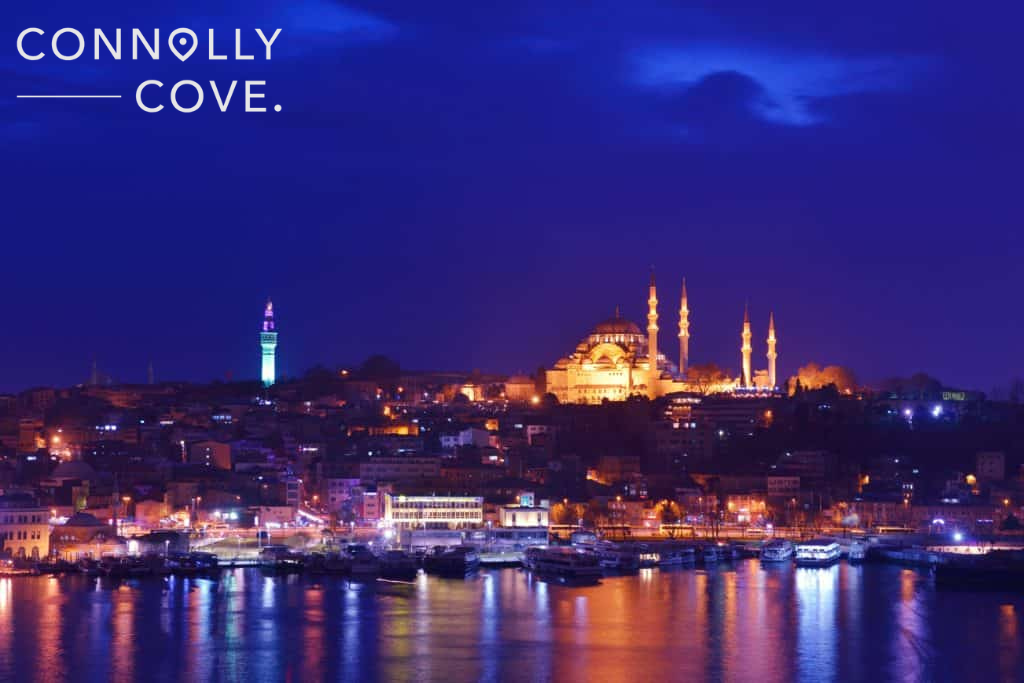
10 Unmissable Attractions in Turkey
1. Dolmabahce Palace – Istanbul
Located on the European coast of the Bosphorus Strait, this breathtakingly beautiful palace was the administrative centre of the Ottoman Empire from 1856 to 1887. The palace is in the Beşiktaş district in Istanbul. Built to provide a taste of European luxury and comfort to the ruling family, Sultan Abdülmecid I ordered its construction in 1843.
The royal family had been residing in the Topkapı Palace until the new, more advanced, and luxurious Dolmabahce Palace was built. It was built on the site of the demolished Beşiktaş Sahil Palace. Construction was finished in 1856, and the palace was home to six Sultans until the abolishment of the Caliphate in 1924.
Dolmabahce is the largest palace in Turkey. It is built with elements of Baroque, Rococo, and Neoclassical architecture blended with traditional Ottoman architecture. The palace reflects the effect of architecture in Europe on that of the Ottoman Empire. It contains 285 rooms, 46 halls, 6 hammams, and 68 toilets.
One of the magnificent halls in the palace is the Ceremonial Hall, which is home to the world’s largest Bohemian crystal chandelier. It has 750 lamps and weighs 4.5 tons. Expensive stones such as Marmara marble and Egyptian alabaster were imported to incorporate into the building.
There’s a total of 202 oil paintings adorning the walls of the palace. From the beginning, the palace was built with the highest technical standards, such as gas lighting and water closets, which were still not used in European palaces.
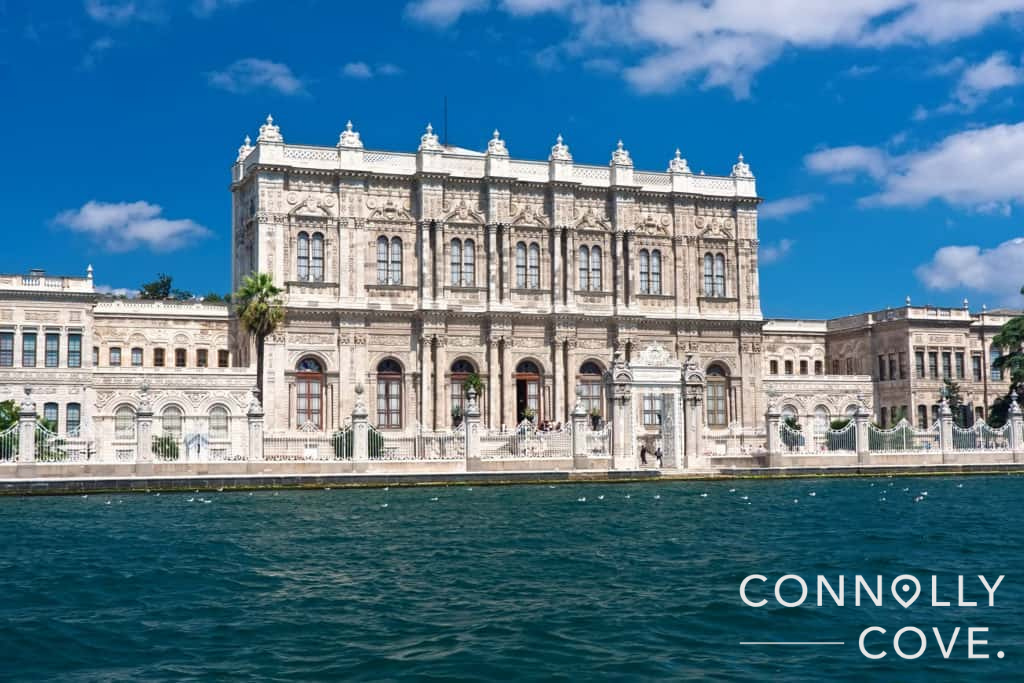
2. Hagia Sofia Mosque – Istanbul
This pinnacle of Byzantine architecture was the world’s largest cathedral until it was converted into a mosque in the 15th century. The cathedral was built in 537 by the order of Emperor Justinian I as the Christian Cathedral of Constantinople.
The current Justinianic building is said to be the third building in the same location as the former one that was destroyed in the Nika riots.
The Byzantine architecture of the building inspired the architecture of several other religious buildings, such as the Hagia Sophia in Thessaloniki and the Kılıç Ali Pasha Complex. The building was converted into a mosque when Mehmed the Conqueror entered Constantinople in 1453.
In 1935, the building was reopened as a museum until 2020, when it was converted back into a mosque.
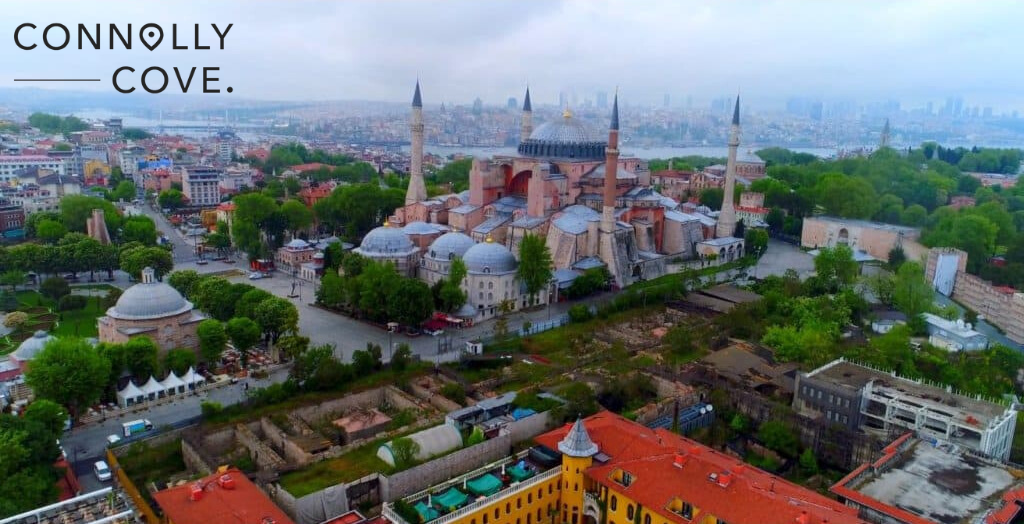
3. Sultan Ahmed Mosque – Istanbul
Commonly known as the Blue Mosque, Sultan Ahmed Mosque was built between 1609 and 1616 during the rule of Ahmed I. The mosque has a Külliye, which contains Ahmed’s tomb, a madrassa, and a hospice. It has been a UNESCO World Heritage Site since 1985.
One of the mosque’s beautiful features is the blue hand-painted tiles that adorn its interior. At night, the mosque’s domes, six minarets, and eight secondary domes are illuminated in blue.
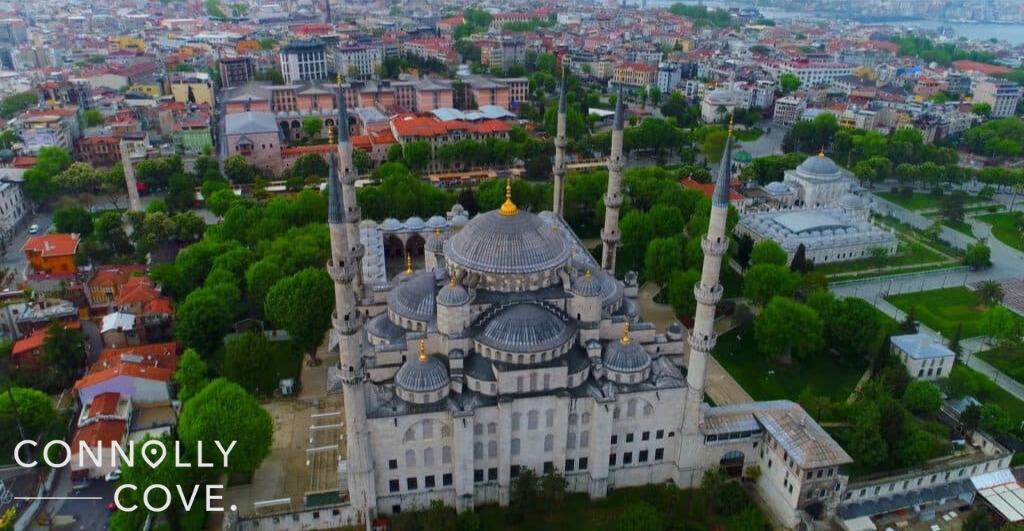
4. Gülhane Park – Istanbul
A visit to Istanbul is not complete until you’ve strolled leisurely along the paths of this massive park. This historical park is the oldest and largest one in Istanbul and is located on the grounds of the former royal palace, Topkapı Palace.
The park once contained recreation areas, coffeehouses, playgrounds, a zoo, and trees that date back to the 1800s. The park’s vast space is perfect for picnics, reading time, photoshoots, and enjoying the colourful Tulips blooming flowers during the spring season.
After the renovation works in the park, which removed the zoo, the fun fair, and the picnic grounds, were completed, the open area increased significantly. If you’re coming from the Sultanahmet area, an open book with a seemingly flipping page made of water greets you at the entrance of the park!
There are different statues in the park, the first one dedicated to Ataturk. Recently, the Museum of the History of Science and Technology in Islam was opened in the old stables of the Topkapı Palace.
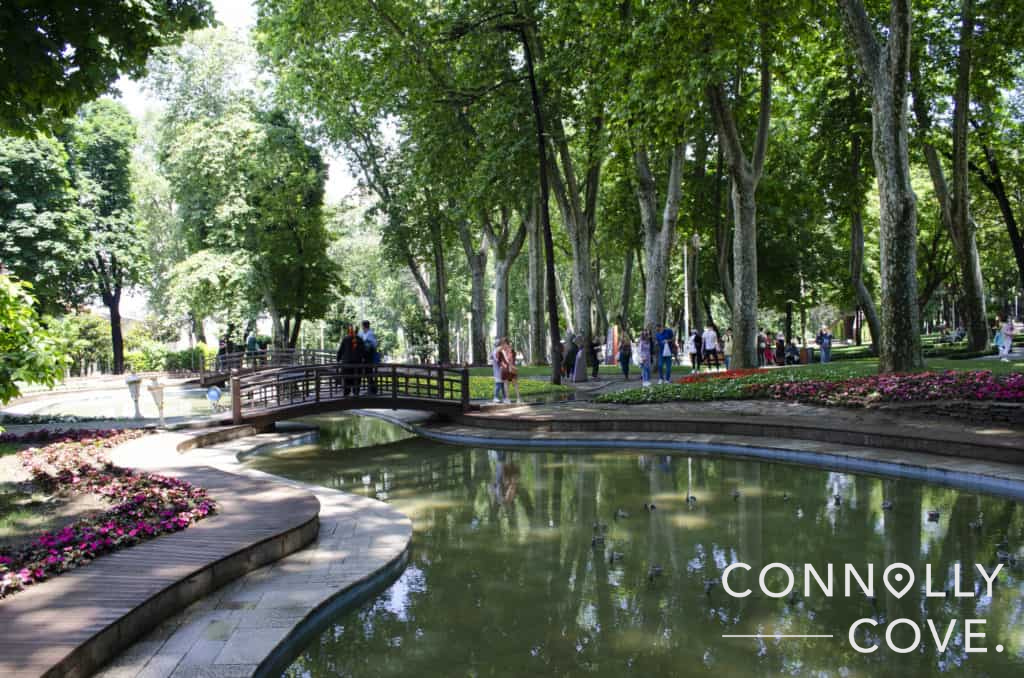
5. Eyüp Sultan Mosque and Pierre Loti Hill – Istanbul
This mosque is part of a complex that includes the burial place of the companion Abu Ayyub Al-Ansari, who is said to have died during the first siege of Constantinople in the 670s. The complex was constructed three years after the conquest of Constantinople in 1458. Eyüp Sultan Mosque is the oldest and one of the most important mosques in Turkey.
Damage caused by an earthquake was repaired by 1800. The mosque’s architecture, though apparently Ottoman, appears to combine several architectural elements from different cultures. The rebuilding of the mosque infused Baroque-style elements such as crystal chandeliers and Iznik tiles.
From Eyüp Sultan Complex, you can head up to Pierre Loti Hill to get a full view of the sea and the entire area. You can walk from the complex uphill and pass by street vendors for some locally manufactured soap or buy a little Turkish souvenir of the trip. You can also book a teleferik ride online in advance and enjoy the three-minute cable car ride.
The hill was named after a famous writer who lived in Istanbul and spent much of his time there. When you get up the hill, there are restaurants and cafés where you can have something to drink or have a nice meal while enjoying the panoramic view of the city. The site has also been featured several times in Turkish drama series.
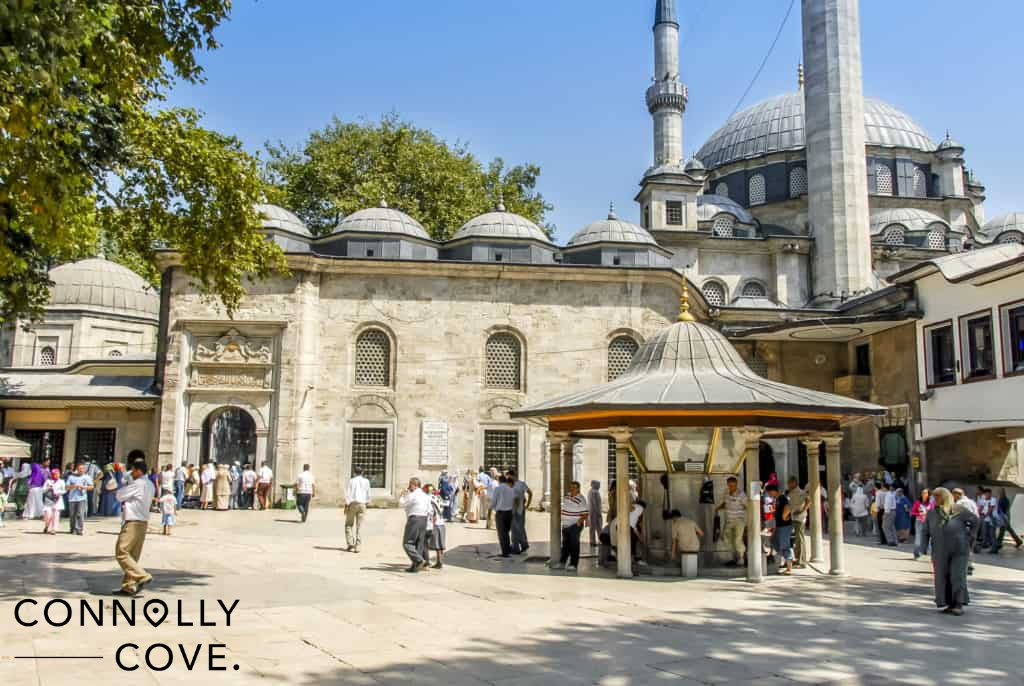
6. A Day Trip to Bursa
From the comfort of your hotel in Istanbul, you can book a day trip to the historic city of Bursa. The city is known to have been the first capital of the Ottoman Empire, is packed with historical and cultural sites, and is a UNESCO World Heritage Site.
Mount Uludağ overlooks the city of Bursa and is a popular tourist destination with its famous ski resort and the cable-car trip you can book from atop to enjoy the panoramic view of the city as you descend from the mountain.
The greenery around the mountain is perfect for picnics and hiking. After your time at the mountain, be sure to check the city’s markets and enjoy a walk through the historic buildings in the old town.
As you return to Istanbul after your trip, remember to buy some of the most delicious and flavoursome Turkish Delight or Halqoom you’ll ever taste, as well as some Turkish coffee, which is a UNESCO-listed item of the intangible cultural heritage of Turks.

7. Göreme Historical National Park and the Rock Sites of Cappadocia – Nevşehir Province
Located in the volcanic region of Mount Hasan, the park has been on the UNESCO World Heritage Site list since 1985 under the name of Goreme National Park and the Rock Sites of Cappadocia. The park has been shaped over the years by volcanic lava that hardened and was eroded later on by the effects of nature in the area.
The multi-coloured cliffs, rock towers, pillars, and fairy chimney rock formations make this area perfect for capturing photos and creating lasting memories with your travel companions.
The best way to enjoy the beautiful scenes at the park is by taking a ride in a hot air balloon that would take you high up in the sky, where you can get a full view of the park and rock formations. This hot air balloon trip is one you’ll remember for the rest of your life.
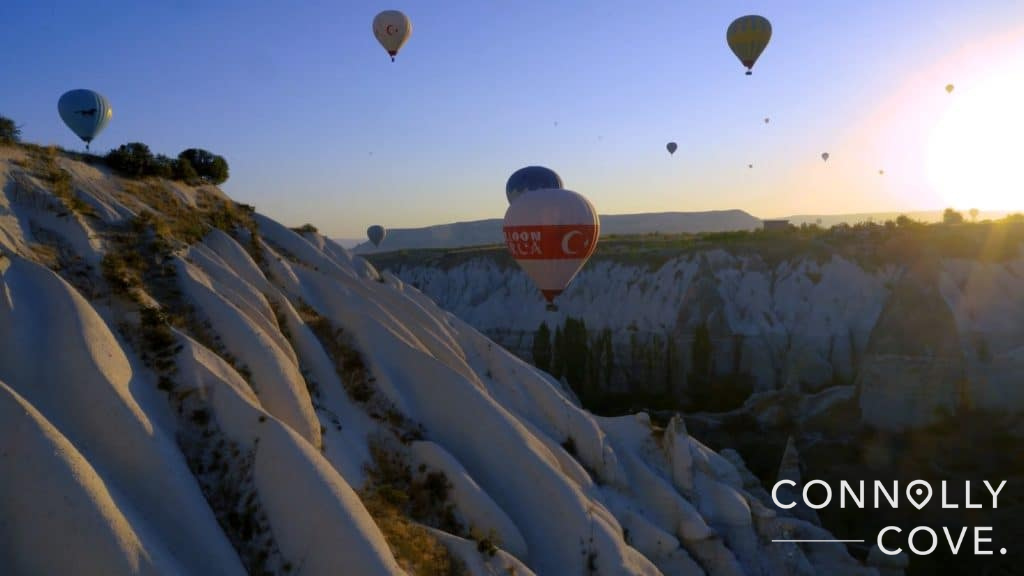
8. Hattusa – Çorum Province
Hattusa was the capital of the ancient Hittite empire in the late Bronze Age. The ruins show how well-preserved the gates, temples, and palaces of the old city are. Listed as a UNESCO World Heritage Site in 1986, wandering around this city will leave you in awe.
Huge works of pottery were discovered and kept at the excavation site, while some other artefacts are on display in the Hattusa Museum.
9. Hierapolis and Pamukkale – Denizli
Named the Holy City, Hierapolis was an Ancient Greek city built on hot springs, which had been used as a spa since the 2nd century BC. Some of the ruins of this Hellenistic city are still in good condition despite the passage of time; the main street and gates are still distinguishable.
Among the surviving buildings are the tomb of Philip the Apostle, the massive theatre, and the Temple of Apollo. Royals travelling to Hierapolis to bathe in the healing waters used the thermal springs.
The Roman Bath, one of the city’s biggest buildings, has been the site of the Hierapolis Archeology Museum since 1984. Inside, findings from the excavations at the site, as well as artefacts from other towns, such as Tripolis and Colossae, are on display. Hierapolis and the adjacent city of Pamukkale are both UNESCO World Heritage Sites.
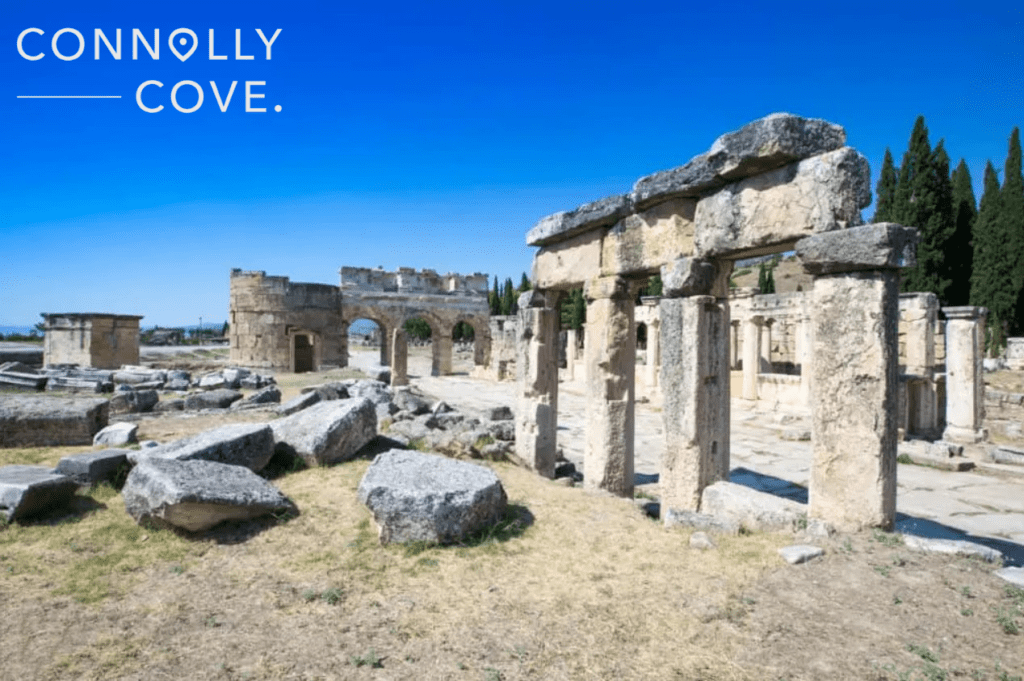
You might’ve heard the name Pamukkale when looking at seemingly shiny water slopes. These wondrous rock formations have been named Cotton Castle in reference to the snow-white limestone shaped over centuries by dripping mineral-rich water from the top of the mountain.
The waters collect and cascade down the terraces, collecting in the pools below. In an effort to preserve them, the terraces are not accessible. Instead, there’s a designated pathway to follow while visiting that allows tourists to view the spectacular terraces.
Armenia
The landlocked Republic of Armenia has a cultural heritage that goes back to 860 BC with the Armenian State of Urartu. In the 1st century BC, the reign of Tigranes the Great was the Armenian Golden Age, and under his rule, Armenia became the first country in the world to adopt Christianity as its official religion.
The ancient kingdom afterwards came under the rule of several foreign empires: the Byzantine, the Ottoman, the Persian, and most recently, the Russian Empire.
The First Republic of Armenia was established in 1920 after the Russian Revolution. However, Armenia didn’t achieve independence until 1991, when the Soviet Union was dissolved. Though Armenia is geographically located in the South Caucasus, it’s generally considered European and is a member of several European organizations, such as the Council of Europe.
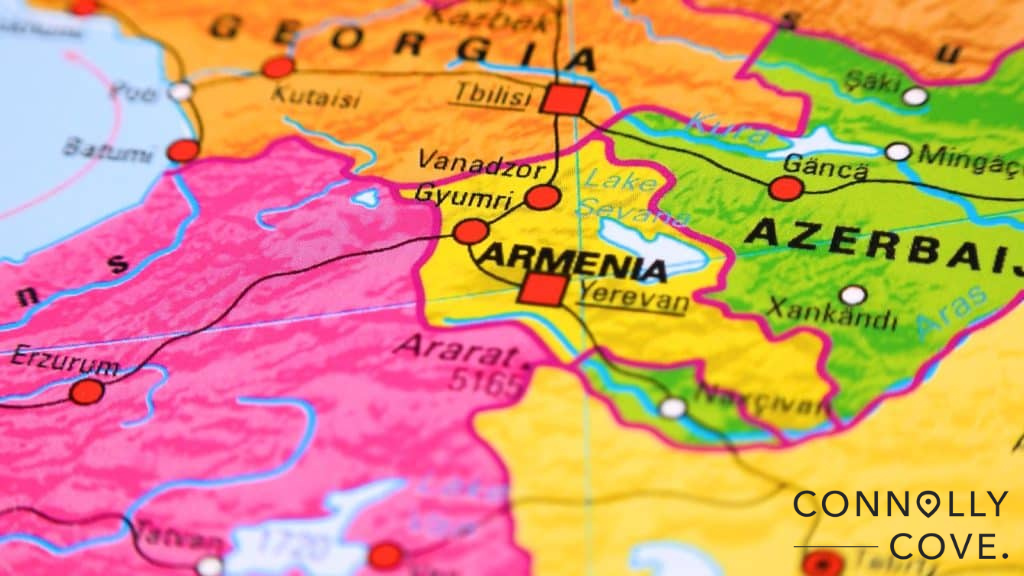
Yerevan is the largest city in Armenia and also the country’s capital. It is located against the backdrop of Mount Ararat, and its skyline is adorned with a blend of ancient architecture and modern marvels. The city is known for its history, which is evident in its numerous museums, ancient churches, and vibrant markets.
6 Places to Visit in Armenia
1. The Armenian Genocide Memorial Complex – Yerevan
The Armenian Genocide Museum and Institute were built in 1995. The memorial complex is built on what once carried an Iron Age fortress, as extensive excavations found traces of an old wall, a stone altar, and gravestones dating back to the second millennium BC.
Construction of the memorial was done in 1967 on the hill of Tsitsernakaberd, which literally means “Swallow’s Fortress.” On April 24th of every year, thousands of Armenians gather at the memorial to pay tribute to the victims of the genocide on Armenian Genocide Remembrance Day.
Over the years, many world leaders, political and religious figures, artists, musicians and public figures have visited the monument to pay their respects. Many people lay fresh flowers at the memorial to pay tribute to those who lost their lives.
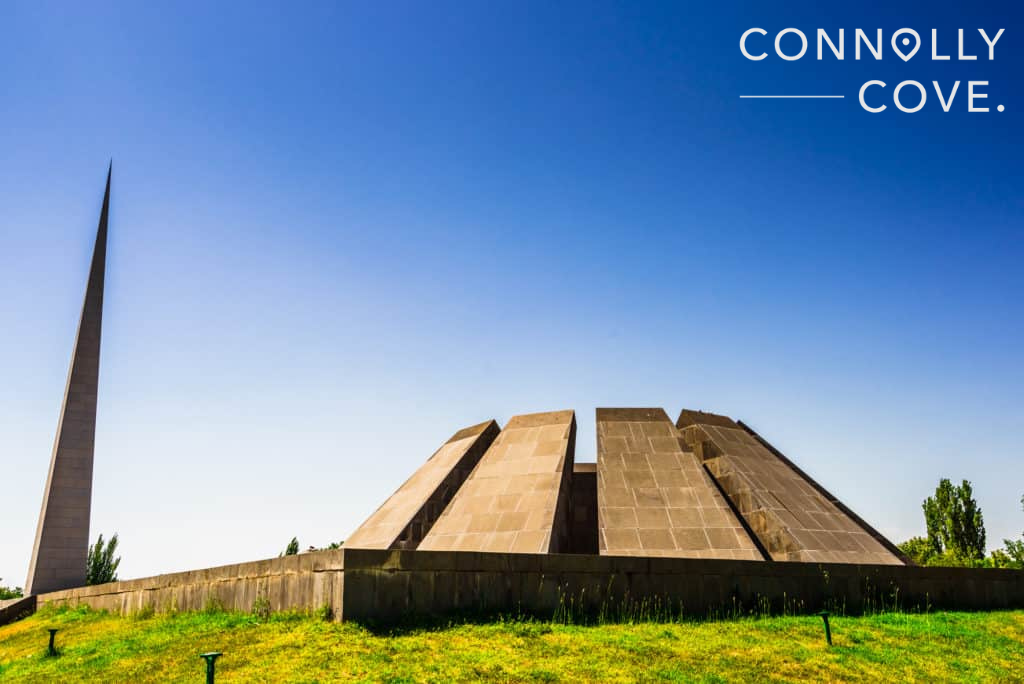
2. Yerevan Cascade – Yerevan
Commonly known as The Cascade, it’s located in downtown Yerevan and links the Kentron area with the Monument neighbourhood. Construction of the cascade started in 1971 and was partially completed in 1980.
The beautiful cascade looks like a layered structure, with levels descending into more levels until you reach the ground. Underneath the steps, escalators rise to the level of the cascade, and exhibit halls connect to some of the landings. Sculptures adorn the area as part of the Cafesjian Museum of Art.
From the stairs, you can enjoy the view of the centre of Yerevan and a drink or a meal in any café or shop on either side of the cascade. Classical music and jazz concerts take place at the cascade during the spring, summer, and autumn seasons, with spectators sitting on the stairs.
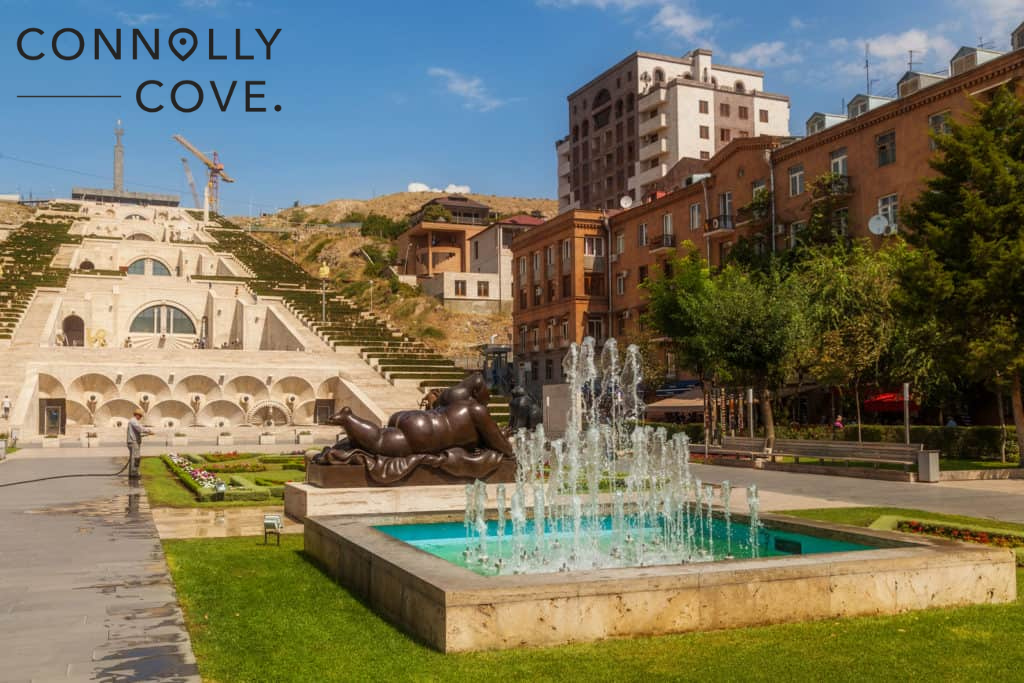
3. Cafesjian Museum of Art – Yerevan
Established in November 2009, this museum is more of an Arts Centre. It exhibits unique works of modern art and has a rich program of lectures, films, concerts, and educational activities for both adults and children. The centre is located in and around the Yerevan Cascade.
The museum has two main sections: the External Cafesjian Sculpture Garden and the Internal Cafesjian Art Galleries.
The External Cafesjian Sculpture Garden is the front garden of the cascade. International sculptors designed the entire area to provide an uninterrupted canvas for large-scale sculpture work. The Internal Cafesjian Art Galleries include several galleries with collections of glass artworks.
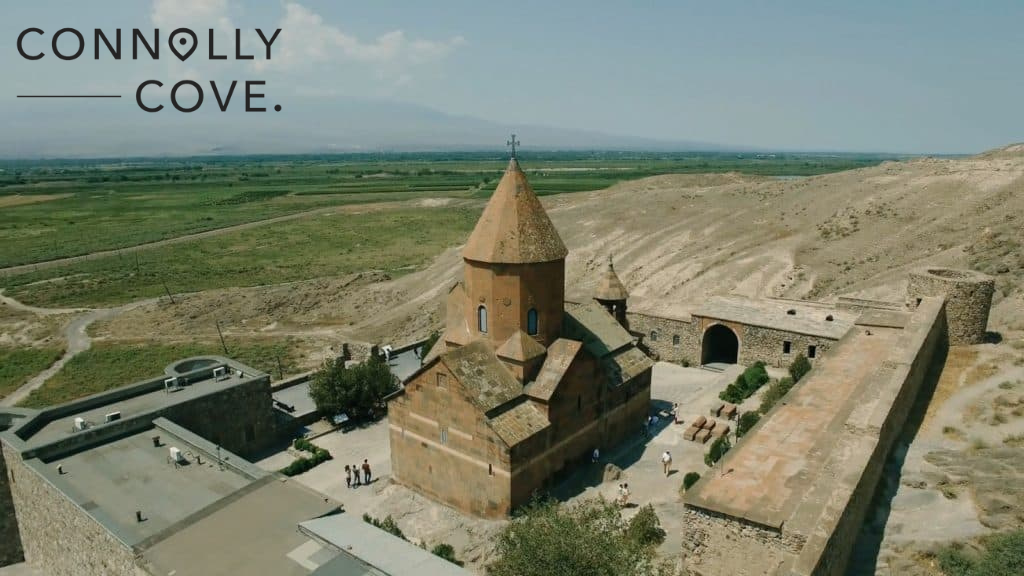
4. The National Gallery of Armenia – Yerevan
Located on Yerevan’s Republic Square, it is the largest art museum in Armenia. Established in 1921, the museum faced difficulties in filling the exhibition rooms because no state-owned art collections existed.
After several purchases and donations, the museum acquired 400 pieces of art created by Armenian, Russian, and European artists. By 1925, the museum was able to fill the exhibition rooms with these art collections.
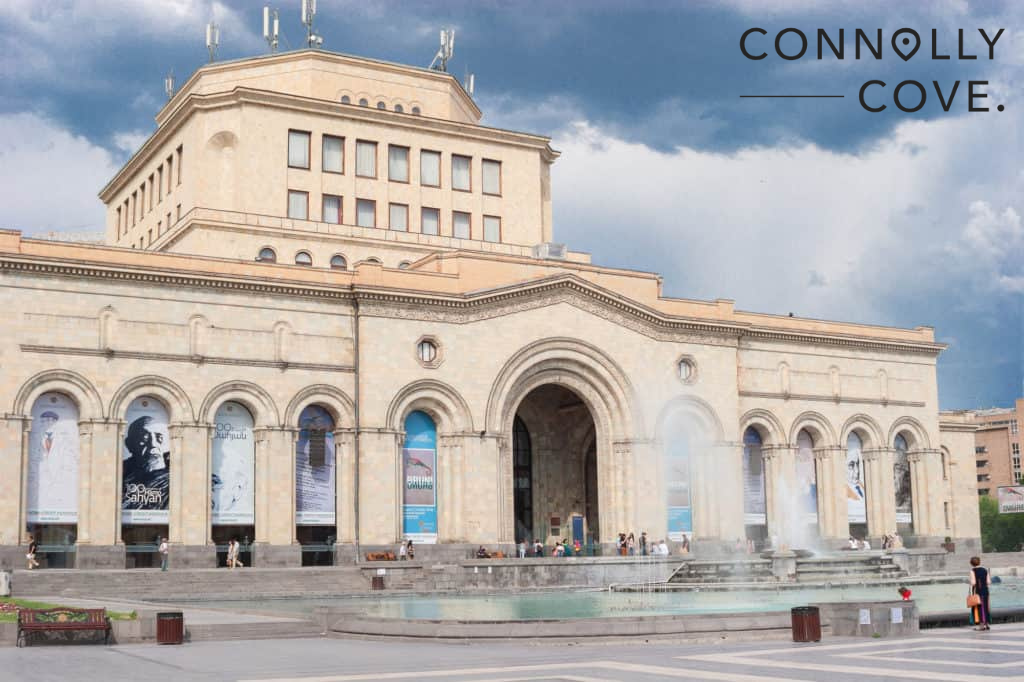
5. Haghartsin Monastery – Dilijan/ Tavush
Built between the 10th and 13th centuries, the monastery is located about 8 kilometres northwest of the village of Haghartsin. The Haghartsin monastery consists of three churches, a sepulchre, and a refectory. The St. Astvatsatsin Church, built in 1281, is the largest building in the complex.
It has a 16-face dome, and its columns are connected in a unique manner that adds to the dome’s height. The gavit of St. Astvatsatsin is almost entirely destroyed.
The second church, St. Gregory Church, is the oldest building in the complex, probably built in the 10th century. It was also the site of a church music school. St. Gregory Church is accessible through its gavit, which is bigger than the church itself.
The gavit is a square building with corners covered with ornaments such as rosettes and sculptures of human figures in monks’ attire, carrying crosses, staffs, and birds.
St. Stepanos Church is the smallest church and dates back to 1244. The Bagratuni Sepulcher is located next to the gavit of St. Gregory Church and is the burial place of some of the Bagratuni royalty. The refectory has decorations adorning the centre of its roof, and today, it has wooden seating where receptions take place after events at the monastery.
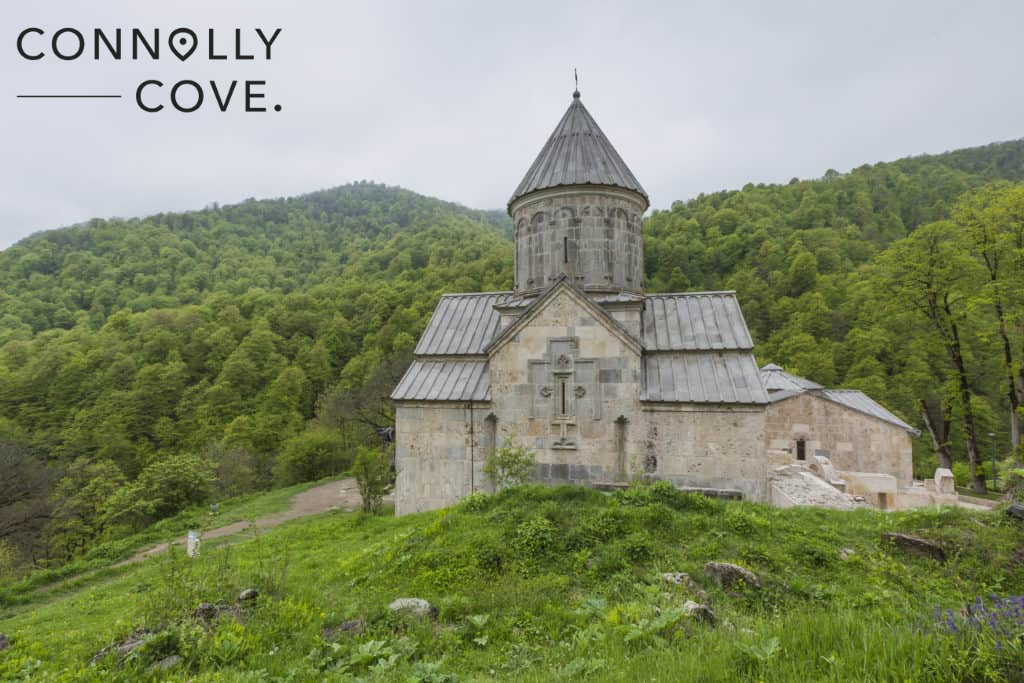
6. Dilijan National Park – Dilijan/ Tavush
The state forest reserve was founded in 1958 and has been known as Dilijan National Park since 2002. The park is mainly wooded and has over 40 types of trees and 18 types of bushes. It is one of the most suitable places for a hike in the country.
Many different animals are native to the area, such as Persian squirrels, European red deer, and hedgehogs. Spending some time by the beautiful Lake Parz inside the park is the perfect atmosphere during a holiday.
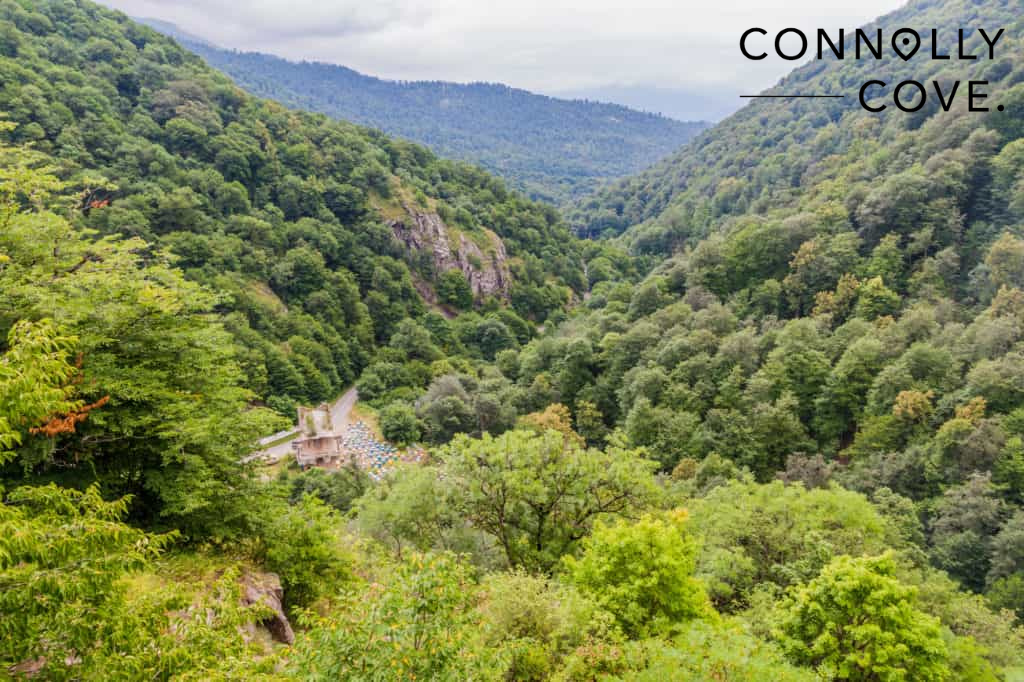
Cyprus
The Republic of Cyprus is the third largest and third most populated island in the Mediterranean Sea. Archaeological findings on the island date the first human activity back to the 10th millennium BC in the form of the well-preserved Neolithic village of Khirokitia.
The island’s strategic location meant it came under the rule of several powerful ancient empires, starting with the Assyrians and ending with the Ottoman Empire in 1571. The capital and largest city in Cyprus is Nicosia.
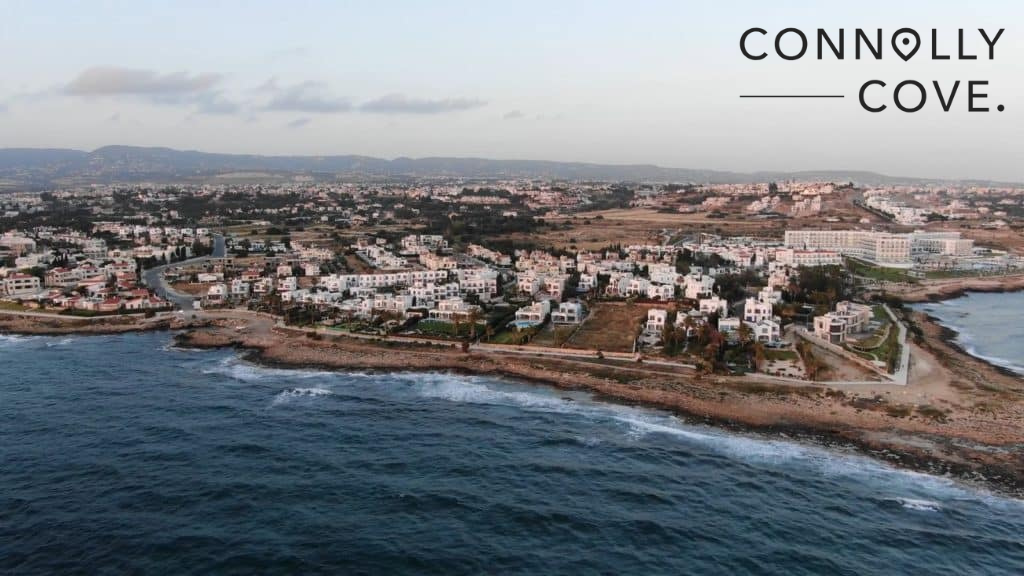
5 Amazing Tourist Attractions in Cyprus
1. Cyprus Museum – Nicosia
The Cyprus Archaeological Museum is the oldest and largest archaeological museum in Cyprus. The initial idea for the museum dates back to 1882. The museum was funded by private donations, and the exhibitions were originally held in government offices.
The museum moved into its own building in 1889 before moving to the current building, which was initially dedicated to the memory of Queen Victoria. The exhibitions are arranged in chronological order between the halls, from the Neolithic era to the Roman era.
The museum consists of 14 exhibition halls surrounding a square central area with offices, a library, storerooms, and laboratories for preserving and studying items. Recent excavations have rapidly increased the museum’s collections, and new display locations are being built to house all of the new artefacts.
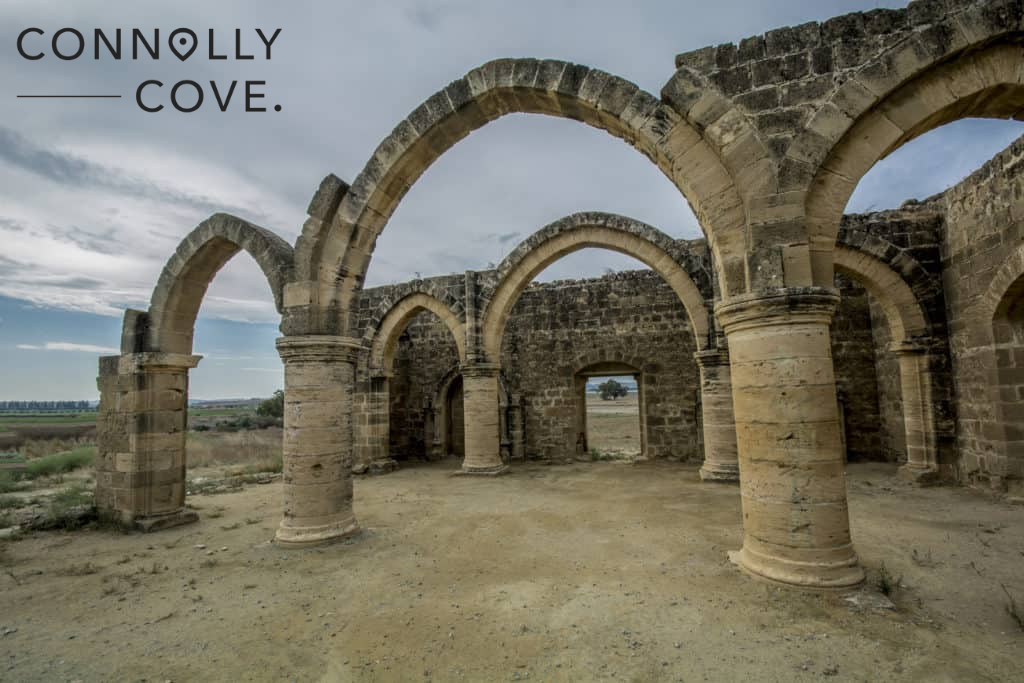
2. Kyrenia Castle – Kyrenia
This 16th-century castle was built by the Venetians on the ruins of a previous Crusader fort. Located at the east end of the harbour of Kyrenia, within its walls, there’s a 12th-century chapel and the Shipwreck Museum.
Excavations have proven that the castle was initially built by the Byzantines in the 7th century to protect the city against the new Arab maritime threat. The Old Lord of Beirut, John d’Ibelin, ordered additional fortifications to the small castle, including a new entrance, square and horseshoe-shaped towers, embrasures for archers, and dungeons.
Kyrenia came under the control of several foreign powers, such as the Genoese, the Venetians, who installed additional military reinforcements, the Ottomans, and the British.
The Shipwreck Museum displays the remains of a Greek merchant ship that dates back to the 4th century BC. The ship is estimated to have been 80 years old when it sank. Both the ship and its cargo are considered the oldest ever recovered.
After you’ve explored the castle and its surroundings, make sure to save time for a snack. There’s a small café in the castle’s courtyard where you can enjoy a warm drink and visit the souvenir shop.
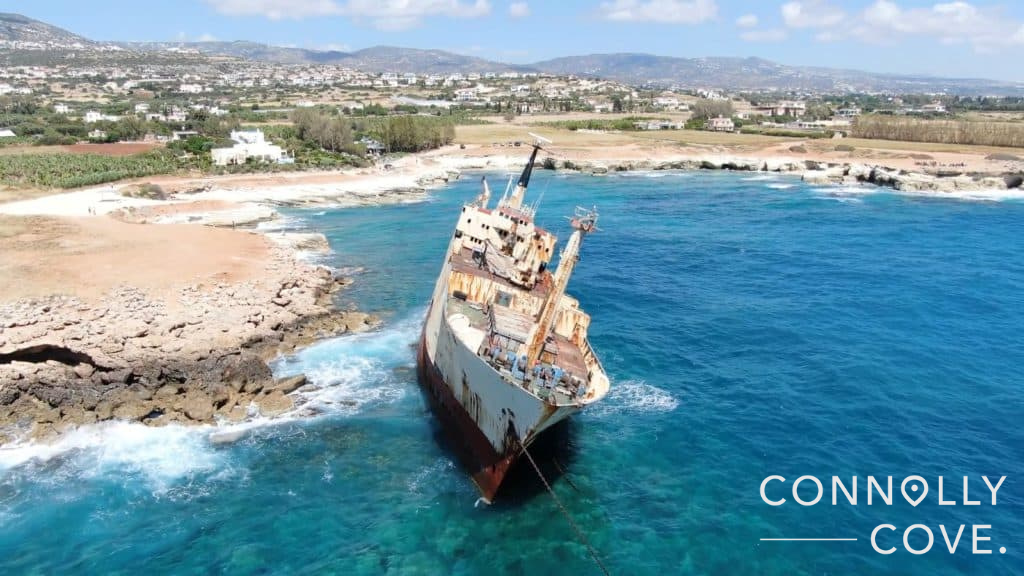
3. Bellapais Abbey – Bellapais/ Kyrenia
This monastery, now in ruins, was built by the Order of the Canons Regular in the 13th century in the north of the small village of Bellapais. The Canons Regular are the first known occupants to have settled on or near the site.
The monastery was founded by Aimery de Lusignan, with the first building built between 1198 and 1205. The main building was built during the reign of King Hugh III. As a result of the several overtakes of Kyrenia, the Abbey saw the reign of several foreign forces as well, such as the Genoese, the Venetians, the Ottomans, and the British.
Over time, the monastery began to fall into disrepair. Restoration works began in 1912 under the supervision of the Curator of the Ancient Monuments of Cyprus. Nowadays, the monastery offers a restaurant and a café, and the refectory is a venue for concerts and lectures.
During the summer season, the Abbey is open from 9:00 a.m. to 7:00 p.m., and from mid-September to May, it is open from 9:00 a.m. to 5:00 p.m. The admission charge is equal to 1 Euro per person.
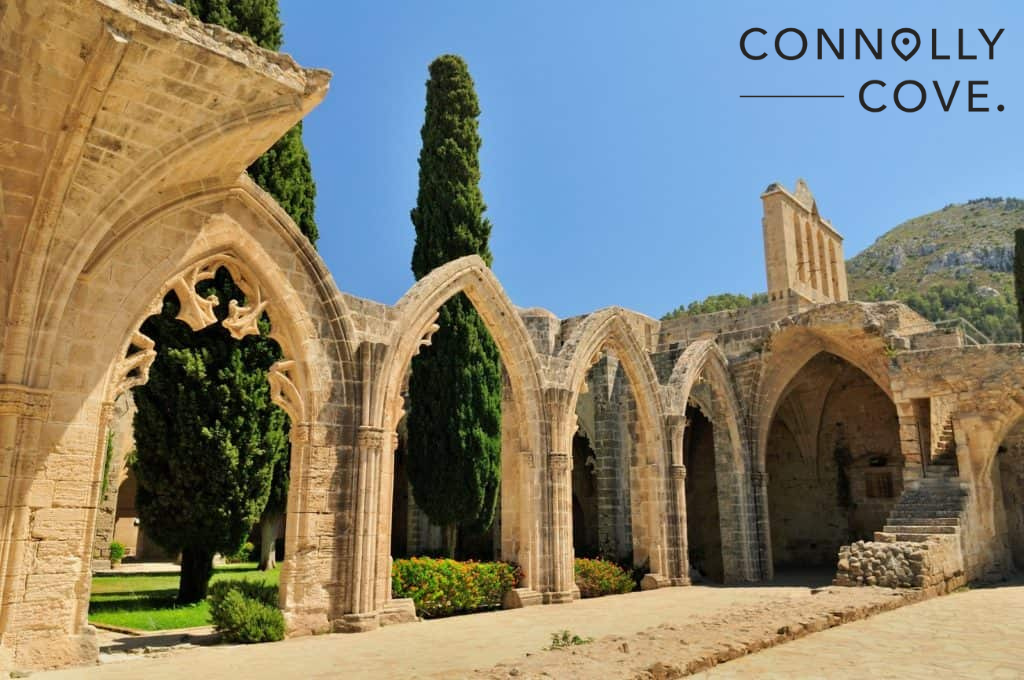
4. Paphos Archeological Park – Paphos
This massive ancient Greek and Roman city in Paphos, southwest of Cyprus, is still under excavation. Nea Paphos is estimated to have been built at the end of the 4th century BC by the last king of Paphos, Nicocles. By the beginning of the 2nd century BC, the city became the capital of the island.
The surviving ruins are from the prehistoric era up to the Medieval ages. Four large Roman villas survive today: the House of Dionysos, House of Aion, House of Theseus, and House of Orpheus. Further excavations revealed an agora, a basilica, an odeon, a Hellenistic Roman theatre, and a necropolis known as the Tombs of the Kings.
Paphos Archeological Park was listed as a UNESCO World Heritage Site in 1980.
5. Ayia Napa – Tourist Resort Town
Located at the eastern tip of the southern coast of Cyprus, Ayia Napa is the biggest tourist resort on the island. The resort has more than 175 hotels and apartments. Additionally, the resort features 27 beaches, 14 of which have been awarded the Blue Flag award. The island has the second-highest number of Blue Flags in the world after Croatia.
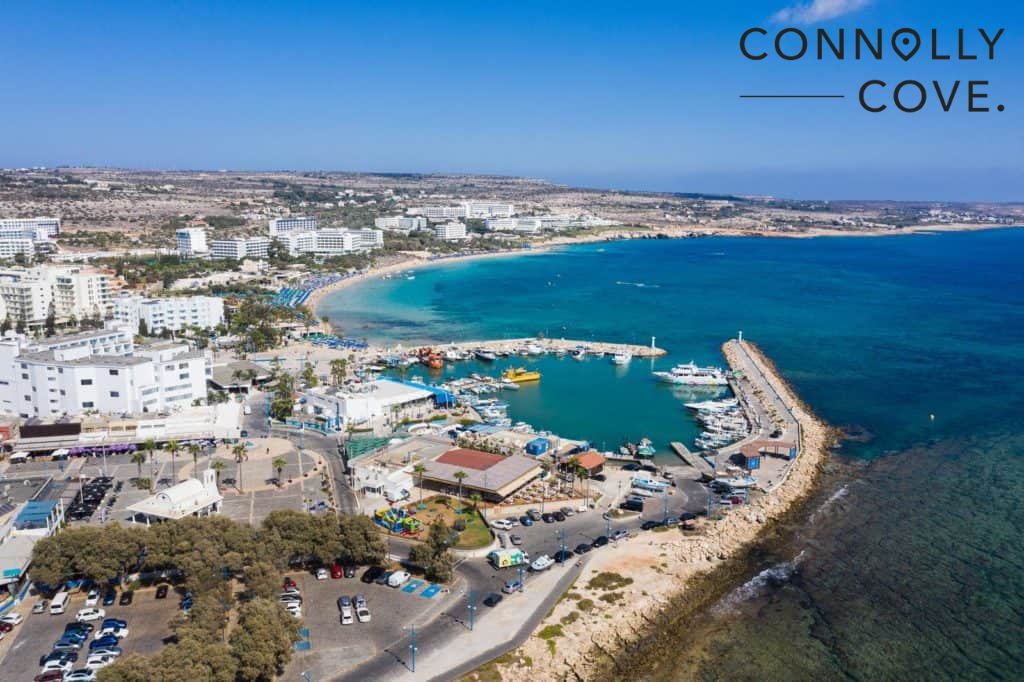
The resort has many historical sites, such as the Ayia Napa medieval monastery and the Makronissos Tombs. It is the perfect destination for any history buffs visiting Asia.
There are also two marine museums near the resort. The Tornaritis-Pierides Museum of Marine Life, founded in 1992, displays marine fossils, specimens, and dioramas. The Thalassa Agia Napa Municipal Museum, founded in 2005, displays Cyprus’s marine heritage from the prehistoric era to the modern day.
The Ayia Napa International Festival is held in the town every year during the last week of September. The festival reflects the historical, cultural, and agricultural traditions of the town and the entire country. Theatre performances, operas, concerts, and folklore dancing are all events that take place during the festival.
Azerbaijan
The Republic of Azerbaijan is located at the boundary of Eastern Europe and Western Asia. Humans have settled in the territory since the Stone Age, as evidenced by petroglyphs dating back to the 10th millennium BC found in Gobustan National Park.
This area of Asia was under the rule of the Persian Empire for long spans of time, alternating with the Byzantine Empire and the Islamic Caliphate. Gruesome would be the expression used to describe the decades-long fight over the territory of Azerbaijan between the Russian and Persian Empires.
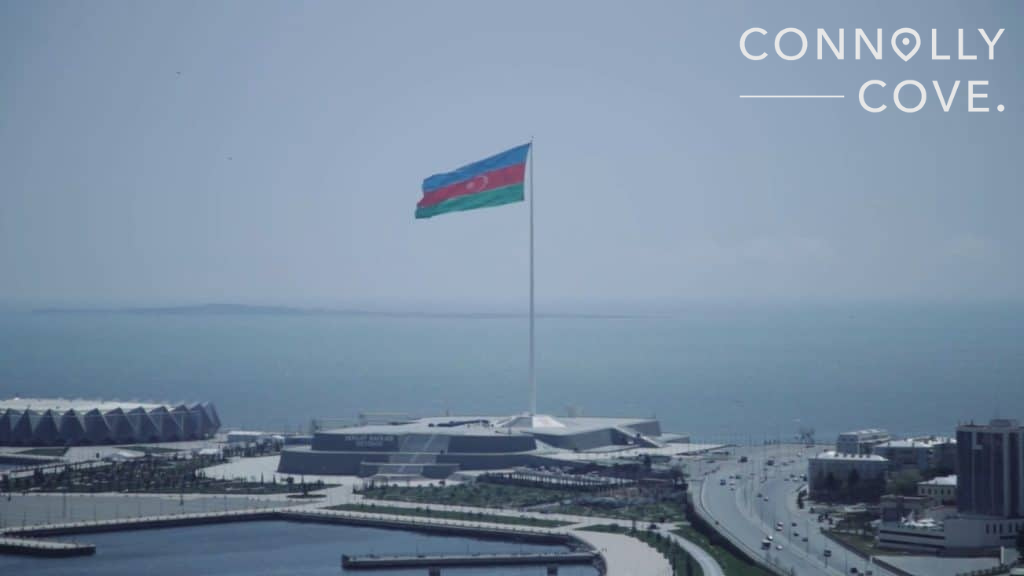
After Russia finally took over all Azerbaijani lands from under Persia, the Republic of Azerbaijan only declared its independence a few months before the dissolution of the Soviet Union in 1991. With high rates of economic development, literacy, and employment, the country is on its way to sustainable development.
Baku is the largest city and also the capital of the Asian country. Baku’s skyline is dominated by the iconic Flame Towers, three skyscrapers that resemble flames rising into the sky. These towers have become a symbol of modern Baku and are one of its most recognisable landmarks.
6 Attractions You Can’t Miss in Azerbaijan
1. Old City – Baku
Known as the Walled City of Baku, this “old city” has been a UNESCO World Heritage Site since 2000. Although several buildings in the vicinity of the Old City date back to the 12th century, some scholars argue the city’s history goes back as far as the 7th century.
There are prominent Medieval monuments in the area, such as the Maiden Tower and the Palace of the Shirvanshahs. The city is surrounded by walls that were further fortified under Russian rule and are still visible around the old city’s buildings.
The museum inside the Maiden Tower tells the story of Baku’s Historic Evolution. The tower’s purpose is rooted in old legends and stories, but none have been confirmed. The Palace of the Shirvanshahs is a museum preserve that includes a Divanhane, burial vaults, the Shah’s mosque, a mausoleum of Seyid Yahya Bakuvi, a bathhouse, and an ancient mosque.
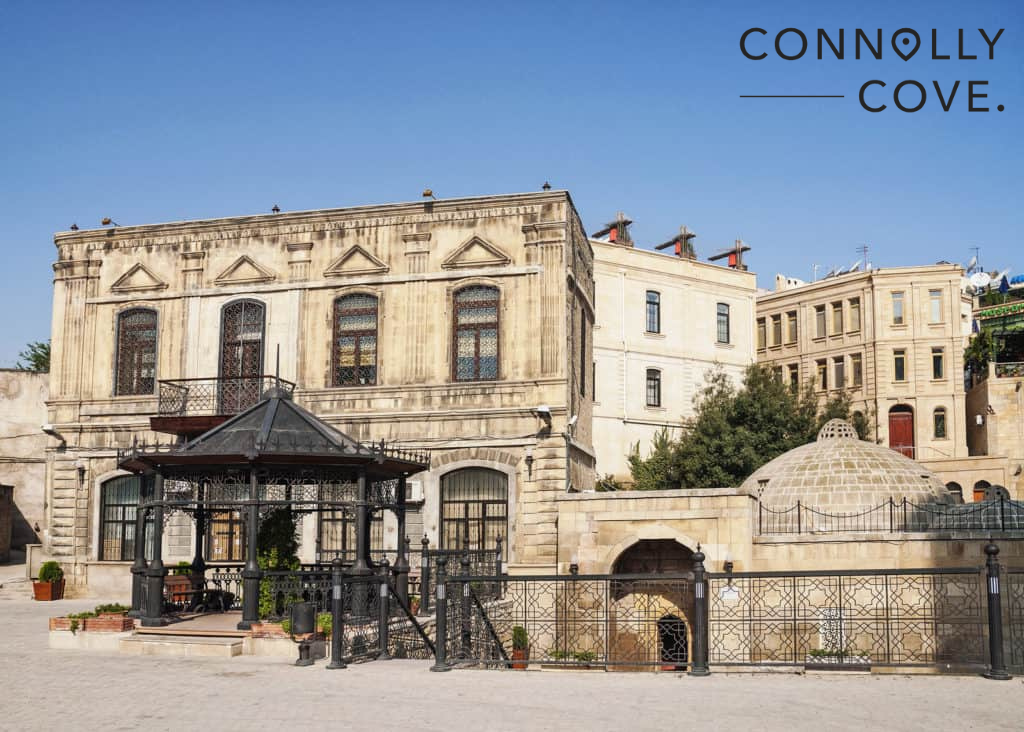
2. Heydar Aliyev Center – Baku
With an integral part to play in the redevelopment of the city, this architectural masterpiece is one of the most recognized architectural landmarks in the world. With a unique Neo-Futuristic design that is void of any sharp angles, the museum won the Design Museum’s Design of the Year Award in 2014.
In addition to a museum, the centre is home to an auditorium, temporary exhibition spaces, a conference centre, and workshop spaces.
Several buildings are on display inside the centre, mainly on the second floor under the name Mini Azerbaijan. The museum’s displays allow visitors to learn about the history and architecture behind the historical buildings.
Some of the featured buildings are the Middle Ages buildings of the Maiden Tower and the Momine Khatun Mausoleum, the 19th-century building of Azerbaijan State Philharmonic Hall, the USSR-era building of the Green Theater, and the 21st-century building of Baku Crystal Hall.
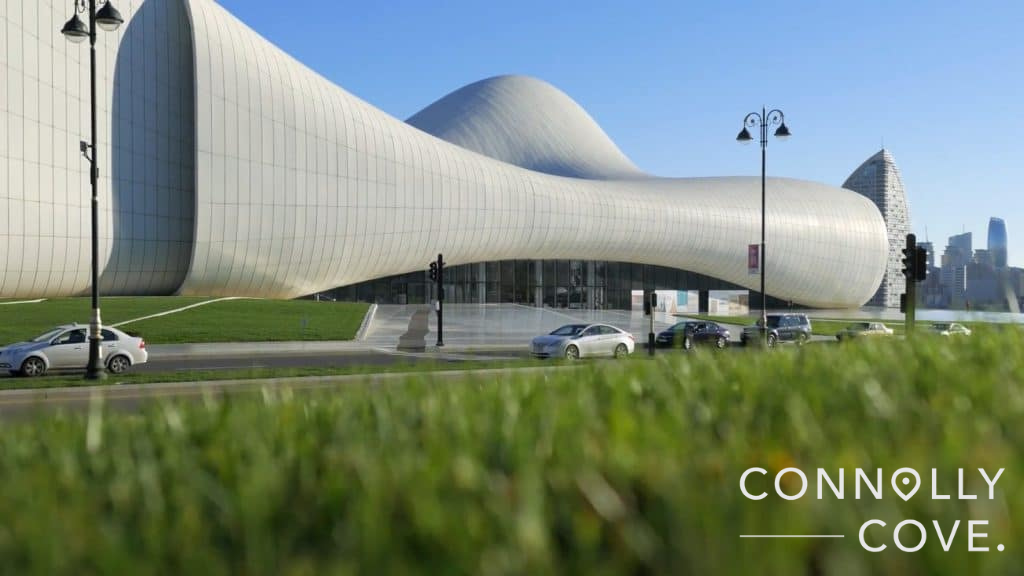
3. Ateshgah of Baku – Baku
The Ateshgah of Baku, also known as the Baku Fire Temple, is the only ancient fire temple in the world that has survived the trials of time, preserving its original architectural structure. The temple was built by Hindu, Sikh, and Parsi traders from the Indian Subcontinent in the 17th and 18th centuries.
The Ateshgah is located on the Absheron Peninsula which has shallow oil deposits triggering natural oil fires.
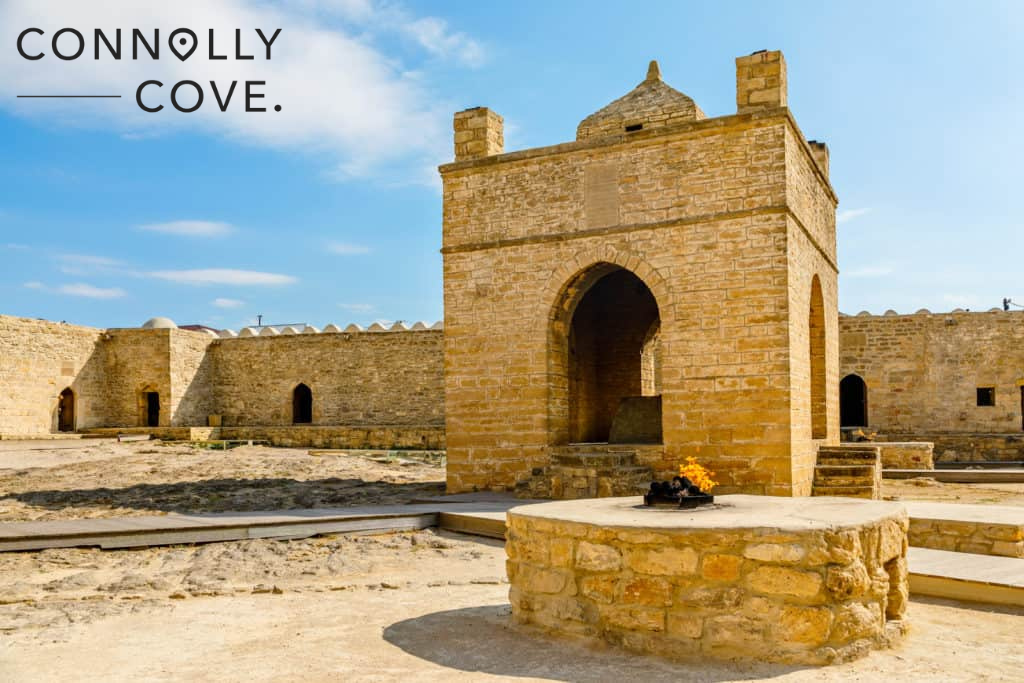
4. The National Museum of History of Azerbaijan – Baku
Founded in 1920 and opened to the public in 1921, this is the largest museum in Azerbaijan. The building was initially owned by the Azerbaijani oil magnate and philanthropist Haji Zeynal Abdin Taghiyev. Built between 1893 and 1902, the massive building has an Italian-Renaissance style.
The building began operating as a museum when the Bolsheviks seized power in Azerbaijan in 1920. In addition to the Memorial Museum of Haji Zeynal Abdin Taghiyev, the museum has several sections, currently named “Funds”.
The Archeological Fund specializes in the study of Azerbaijan’s archaeological and cultural heritage and history. The Patriotic War Fund was established to collect, preserve, research, and propagate clothes, memorabilia, documents, and photographs of the heroes who gave their lives to protect Azerbaijan.
The Ethnographic Fund collects and preserves artefacts displaying the ethnographic map of Azerbaijan. What is now known as the Special Fund preserves precious metals, ornaments, and gold and silver archaeological findings, with a collection of 1690 items.
The Fund of Auxiliary Historical Materials houses badges, awards, stamps, banknotes, cards, and personal belongings divided into the categories of Phaleristics and Glyptics.
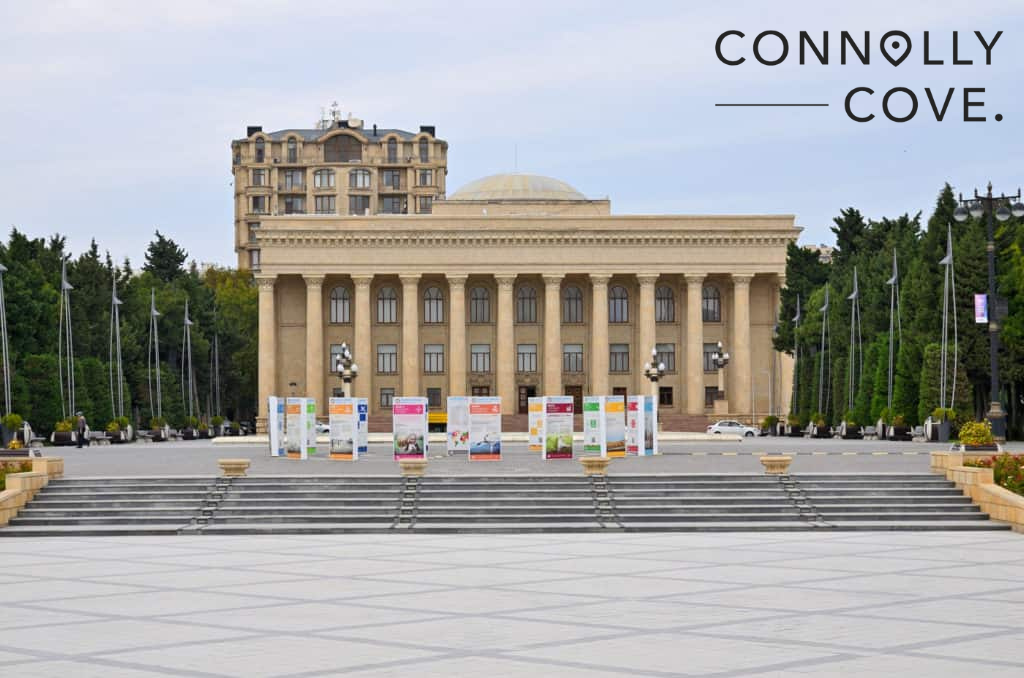
The Fund of Gifts and Memorabilia displays gifts to the Republic of Azerbaijan, such as gifts from world presidents and gifts given to renowned writers and poets. The Fund of Numismatics is dedicated to excavating coins, and more than 100,000 coins are currently in the Fund.
The Fund of Documentary Sources is home to various materials documenting Azerbaijani history from the Stone Age to today. The Fund of Weapons and Banners has 1575 items of different types of weapons and banners of military divisions.
The last fund, The Fund of Descriptive Materials or the Fund of Illustration and Fine Arts, displays the works of Azerbaijani, European, Russian and Eastern painters. The Auxiliary Materials Fund houses photographs, newspapers and materials from different periods of Azerbaijani history.
The Restoration Laboratory has 13 specialized workers in metals, ceramics, wood, textiles, paintings and graphics.
5. Palace of Shaki Khans – Shaki
This palace, built in 1797 by Muhammed Hasan Khan, was the summer residence for the Shaki Khans. The Historic Center of Shaki, along with the palace, were inscribed as a UNESCO World Heritage Site. Of the entire complex, the summer palace, with its decorative tiles, fountains, stained-glass windows, and dark blue and turquoise-tiled interior, is the only surviving building.
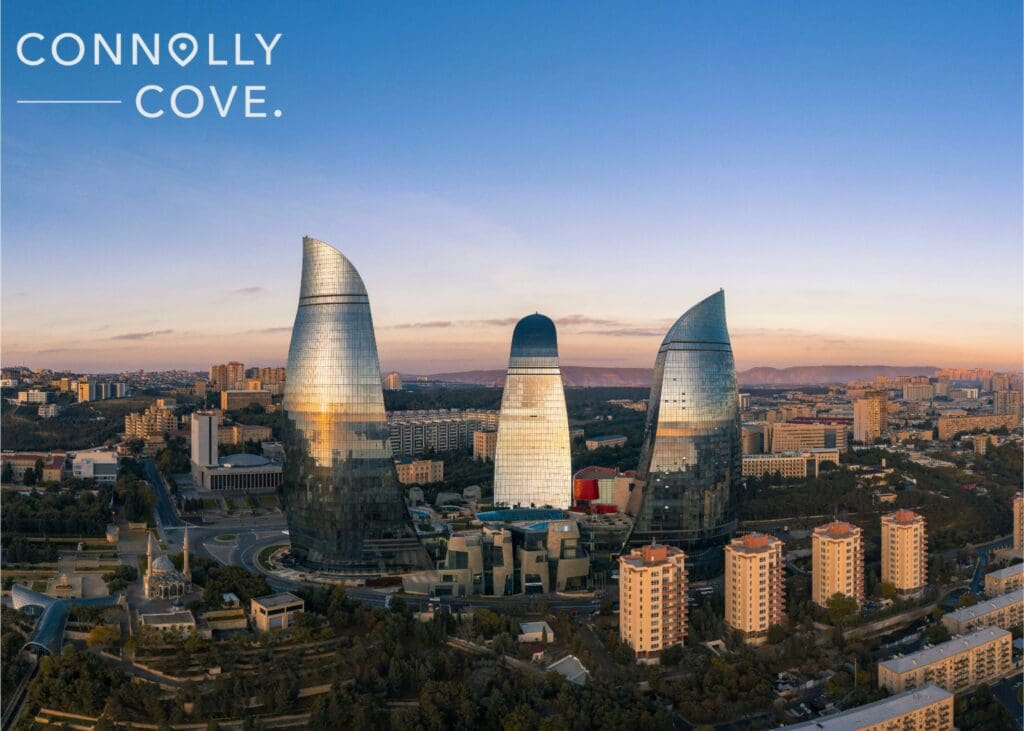
The complex once included a winter palace, residences of the Khan’s family and servants’ quarters. However, they have been lost to time.
6. Shahdag Mountain Resort – Near Qusar
Opened in 2012, this resort is the first and biggest mountain resort in Azerbaijan. It is located near Shahdag Mountain Park and is well-equipped and maintained for tourists. There are five hotels, 20 restaurants, cafés, and bars, four spas and wellness and fitness centres, and several shops and rentals.
The resort has three Ski and Mountain schools with national and international instructors. There are also kids’ clubs and kindergartens for children. Additionally, the resort has ample parking for visitors’ comfort. The winter season in Shahdag starts in the second half of December and lasts through March, ending at the beginning of April.
The resort offers winter and summer activities. In the summer, you can still visit the resort to enjoy fun-arranged activities for all age groups, such as adventure parks, inflatable castles, mountain Segway, children’s quads, horse riding, and Nordic walking and trekking.
Georgia
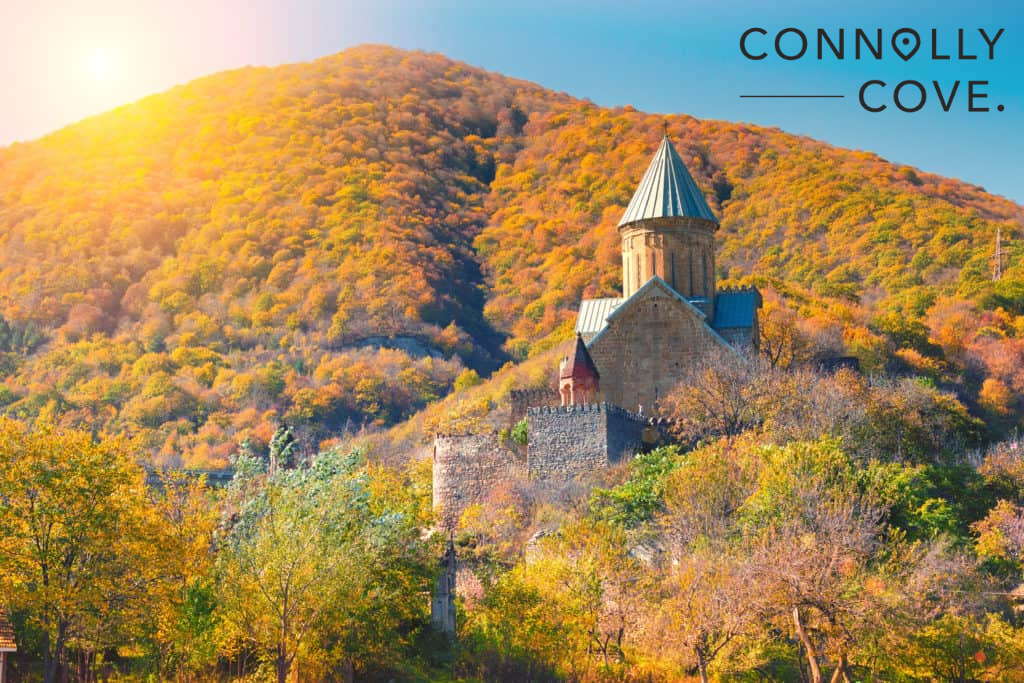
Georgia is part of the Caucasus region and has been a centre of civilization even before the Classical era. Georgia’s adoption of Christianity in the 4th century contributed greatly to the country’s spiritual and political unification.
The Golden Age of the Unified Kingdom of Georgia was under the rule of King David the Builder and Queen Tamar the Great in the 12th and early 13th centuries. After that, Georgia was a battleground for many rival powers, including the Mongols, the Ottoman Empire and Persia.
After being forcibly annexed by the Soviet Union, Georgia finally realized its independence by breaking free from it in 1991. The weather in Georgia varies from one region to the other; the west has a humid subtropical climate, while the east transitions from subtropical to continental.
The biggest city in Georgia is the capital, Tbilisi. The city hosts various cultural events and festivals throughout the year, celebrating Georgian music, dance, literature, and arts. The Tbilisi International Film Festival, Tbilisi Jazz Festival, and Tbilisi Opera and Ballet State Theater are among the highlights of the city.
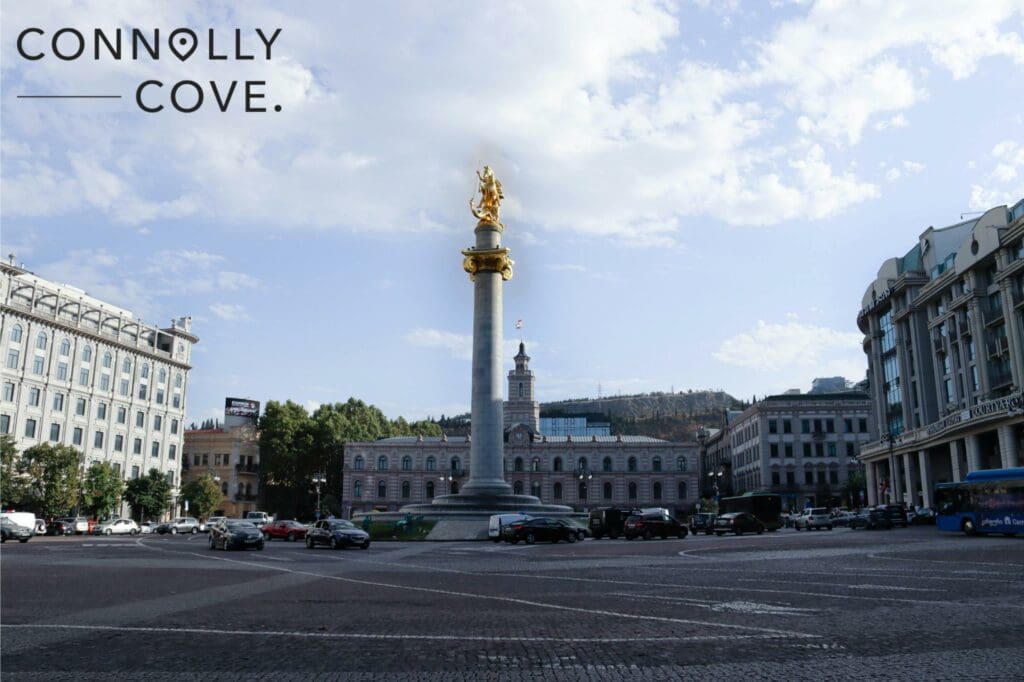
6 of the Best Destinations in Georgia
1. Old Tbilisi – Tbilisi
Old Tbilisi is the term used to refer to the Tbilisi Historic District. Although most of the pre-19th-century buildings in the area did not survive the 1795 Persian Invasion, several structures from the 5th to the 20th centuries adorn the Old Town.
The area is packed with tourist attractions and historical buildings such as churches, museums, wooden houses and Sulphur bathhouses.
Old Tbilisi is the thriving centre of the art community. In recent years, several restoration works have been carried out to repair the damaged houses and cobbled streets of the Old town. Due to its architectural value, the Old Town was listed on the World Monuments Watch.
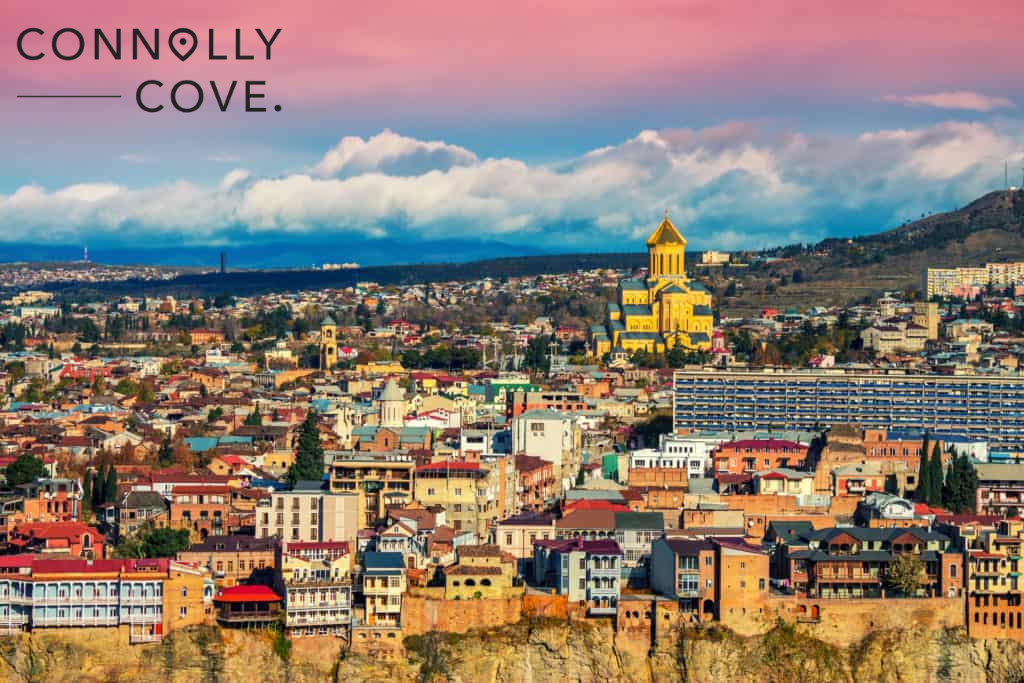
2. Georgian National Museum – Tbilisi
This museum is an assembly of all the important museums in Georgia. The aim of the establishment was the coordination of structural, institutional and legal reforms aimed at coordinating research and educational activities.
Of the museums included within the Georgian National Museum is the Simon Janashia Museum of Georgia, which displays the country’s main archaeological findings and the Open Air Museum of Ethnography in Tbilisi.
3. Rezo Gabriadze Marionette Theater – Tbilisi
Revaz “Rezo” Gabriadze was a Georgian theatre and film director, playwright, painter, and sculptor. He founded a puppet theatre in 1981 and designed the Marionette-themed building in the heart of Tbilisi Old Town.
Rezo’s works that are presented in the theatre have deep meanings and are characterized by their hidden morals. If you enjoy theatre, the Rezo Gabriadze Marionette Theater is a must-visit destination in Georgia.
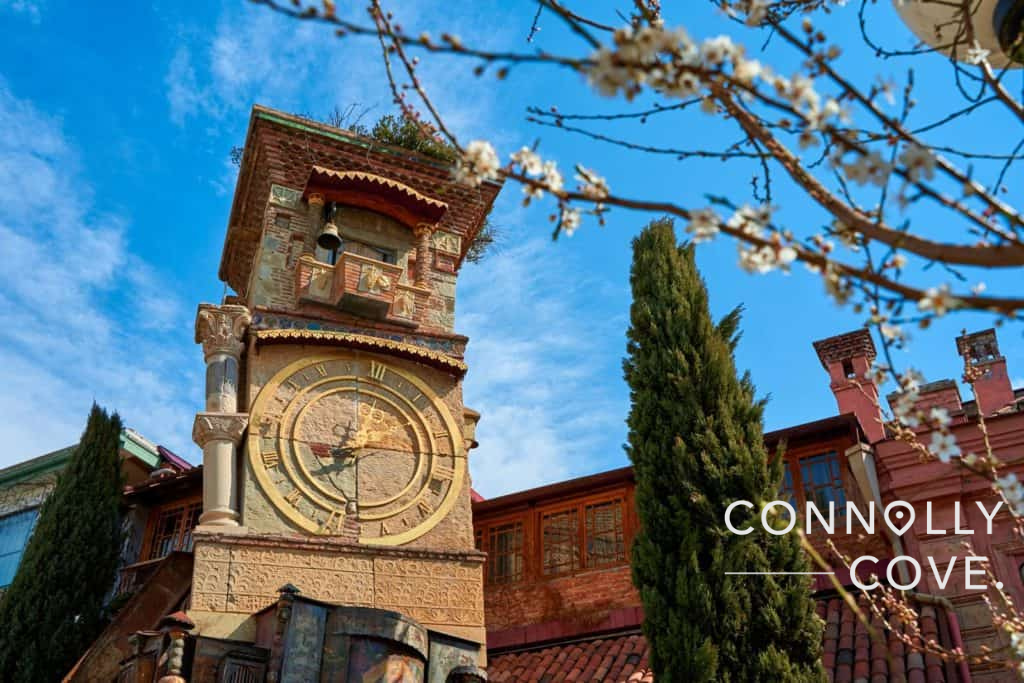
4. Kutaisi State Historical Museum – Kutaisi
Established between 1921 and 1922, this museum was formerly known as the Niko Berdzenishvili Kutaisi State History Museum. The building in which it currently resides used to be the National Bank of Georgia.
The museum displays a massive collection of more than 190,000 artefacts of archaeological, numismatic, paleographical, and ethnographical importance. Items pertaining to Georgia’s spiritual heritage are also on display. The museum’s research library and laboratory are considered the most esteemed research facilities in the country.
5. Gelati Monastery – Kutaisi
Constructed to be visible from wherever you choose to look at it, the Gelati Monastery was built in 1106 by King David IV of Georgia in what was then the capital, Kutaisi. Built during the Byzantine Empire era, the monastery is considered a prominent example of the Georgian Golden Age.
The main church in the monastery is dedicated to the Virgin Mary, and the monastery itself served as an academy of science and education. Though UNESCO regularly restores the monastery, several of the mosaics and murals were damaged prior to this conservation.
The monastery is a UNESCO World Heritage Site, and all of its buildings are intact and working. The Monastery was designed in the shape of a cross as a symbol of Jesus’ crucifixion and Christianity, and its stone walls are specially designed to reflect sunlight.
6. Bagrati Cathedral – Kutaisi
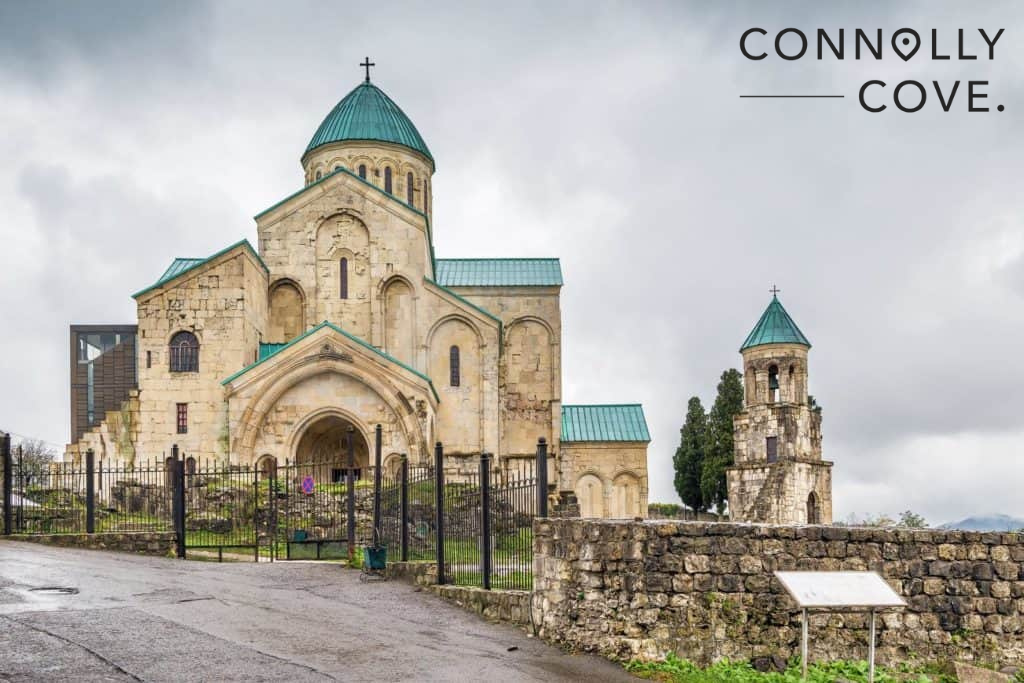
This former UNESCO World Heritage Site is a masterpiece of Medieval Georgian architecture. The Cathedral was initially built in the 11th century during the reign of King Bagrat III. The cathedral spent a great deal of time damaged and unrepaired before a series of conservation works began in the 1950s.
Restoration work encountered several obstacles, especially as they were considered to affect the site’s historical integrity and value. Eventually, restoration work was finished in 2012, and Architect Andrea Bruno was awarded a Georgian state gold medal for his work in the reconstruction.
Iran (Persia)
The Islamic Republic of Iran was home to one of the oldest civilizations in the world, dating back to the 4th millennium BC as part of the Elamite Kingdom. The Achaemenid Empire, which was founded in Iran back in the 6th century BC, was described as the world’s first superpower.
After the fall of the Rashidun Caliphate, Persia’s scientific activities developed greatly. Developing fields such as literature, philosophy, mathematics, medicine, astronomy and art peaked in the 10th and 11th centuries, constituting the Islamic Golden Age.
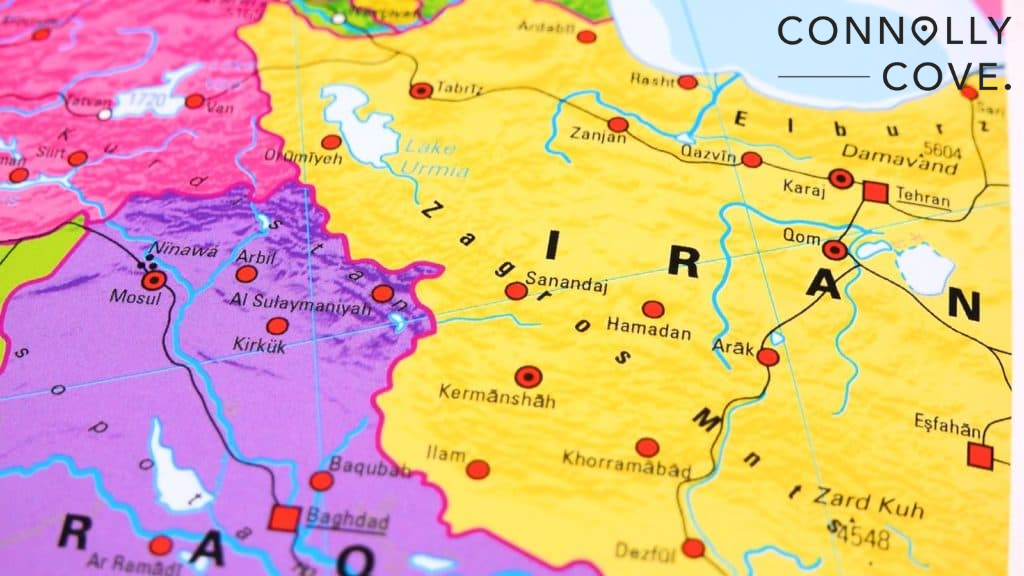
The Qajars were the last monarchs to rule in Iran before the Constitutional Revolution. The monarchy was abolished in the country after the Islamic Revolution of 1979. However, this seemingly important step fell short of bringing stability to the country.
Currently, Iran is a multinational state with a diverse population of different religions, ethnicities and linguistics.
6 Popular Tourist Attractions in Iran
1. Golestan Palace – Tehran
The former royal Qajar palace is one of the oldest historic buildings in Tehran, sometimes also referred to as the Rose Garden Palace. The Palace was once part of a citadel known as Tehran’s Arg, except that the majority of the buildings were destroyed upon orders from Reza Shah, who believed nothing should stand in the famous of modernity.
The Golestan Palace Complex houses 17 structures, mostly built by Qajar monarchs during their 131 years of rule. Three main archives are also present at the complex: the Photographic Archive, the Library of Manuscripts, and the Archive of Documents.
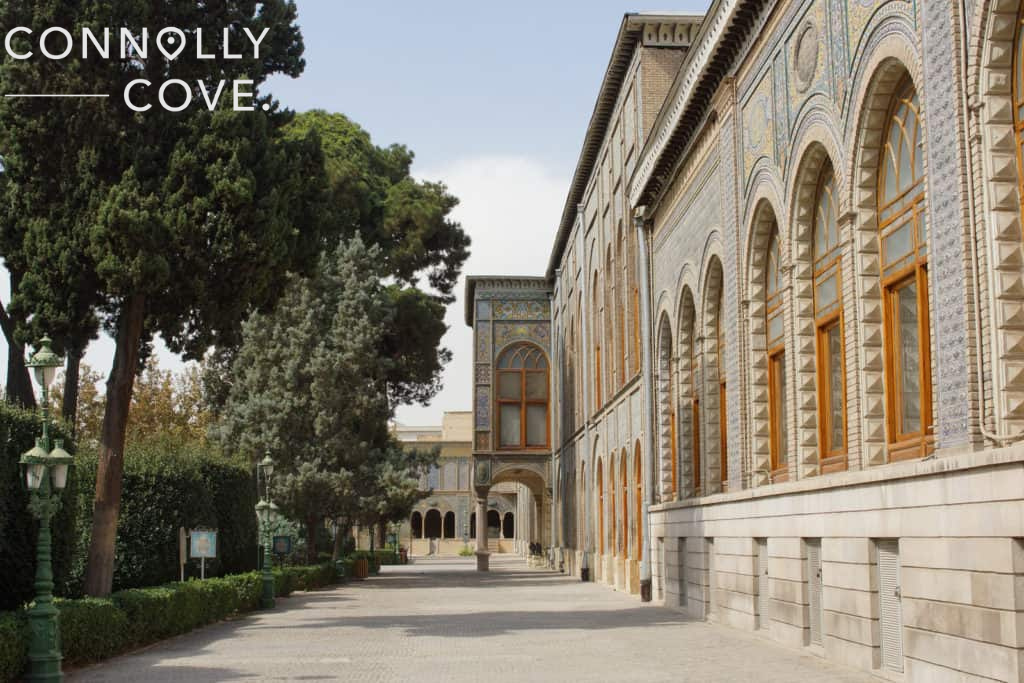
The Golestan Palace has some of the most exquisite structures. The Marble Throne is a marvellous throne made of yellow marble from the Yazd Province. The palace has many beautiful halls, such as the Containers’ Hall, which displays fine chinaware dedicated to royalty.
Additionally, the dining hall, known as the Ivory Hall, and the Mirror Hall, which is famous for its unique mirror work, are must-see areas in the palace.
2. Treasury of National Jewels – Tehran
This museum was primarily established in 1955 to hold the growing collections of royal jewels. The museum is currently managed and owned by the Central Bank of Iran. For some time after the Iranian Revolution, the jewels were withdrawn from public display for safety reasons. They were only returned to public display in 1992.
The museum is home to one of the largest jewel collections in the world: the Iranian Imperial Crown Jewels. These jewels include crowns, 30 tiaras, aigrettes, bejewelled swords and shields, unset precious gems, and plates and tableware that were cast in precious metals and encrusted with jewels.
The museum’s mesmerizing gems include the Darya-ye Noor, one of the largest cut diamonds in the world, and the Noor-ol-Ain beautiful tiara.
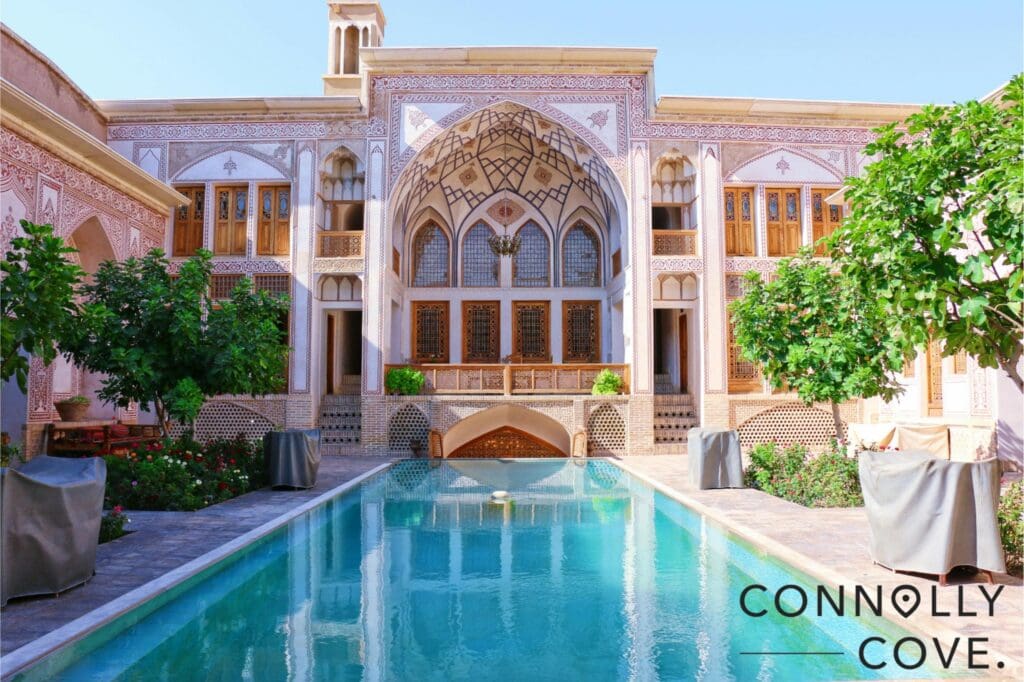
3. The National Museum of Iran – Tehran
This museum consists of two main complexes: the Museum of Ancient Iran and the Museum of Islamic Archeology and Art of Iran.
The first of the two museums was established in 1937 and has a wide collection of artefacts arranged in chronological order from the Lower Paleolithic Period up to the end of the Sasanian period. This museum displays a variety of artefacts, including 9,000-year-old human and animal figurines.
The second museum, the Museum of Islamic Archeology and Art of Iran, was established in 1972. At first, it was used as the Ethnography Museum and for temporary exhibitions. After a series of renovations, it reopened in 1996 as the Museum of the Islamic Era.
This museum’s artefacts are also arranged chronologically, displaying the early Islamic period in Iran up until the Qajar period.
4. Persepolis – Marvdasht/ Fars
The ruins of this ceremonial city are huddled between the southern Zagros mountains of Iran. Even though the earliest building in this complex is estimated to date back to 515 BC, the purpose of Persepolis remains a mystery to scholars.
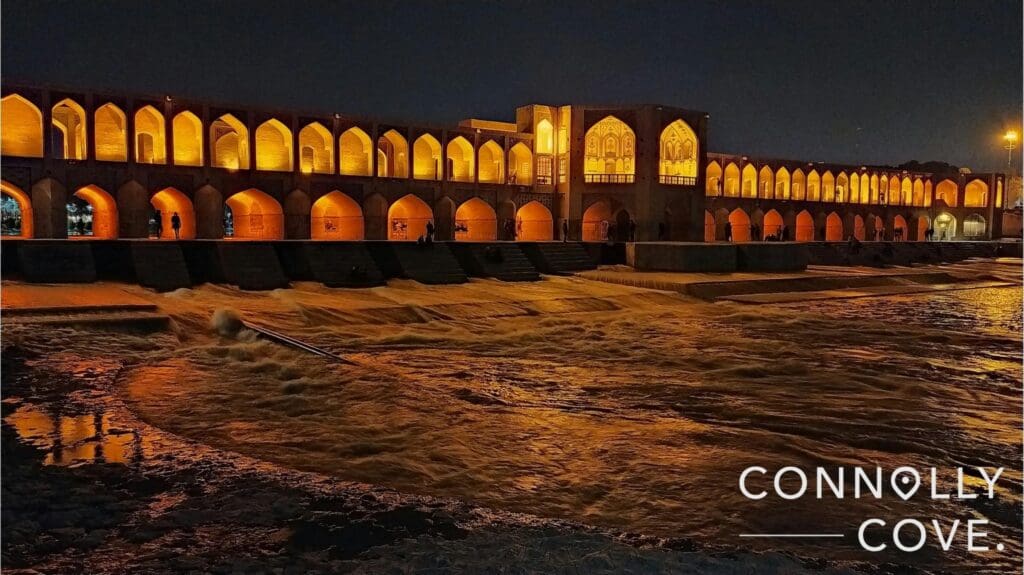
The complex was built on an artificial platform, which was the signature of Achaemenid architecture and was declared a UNESCO World Heritage Site in 1979.
The magnificent ruins are said to have been the site of celebrations of Nowruz, the Persian New Year. Despite their unclear purpose, several identifiable building ruins are at Persepolis, including the Gate of All Nations, with the majestic lamassus standing like guards, and the Apadana Palace, built by Darius I.
The Throne Hall, also known as the Hall of the Hundred Columns, and Darius I’s private building, Tachara, are among the ruins at the complex. For any history buff, this destination is a must.
5. Fire Temple of Yazd – Yazd
A fire that has burnt through time is the best description of the burning fire at this temple in Yazd. It has been kept alight since 470 AD. This Zoroastrian fire temple is home to the Atash Bahram, known as the Victorious Fire.
This is the only Atash Bahram in Iran and one of nine around the world. The other eight are in India, another country on the continent of Asia. It is said that the Fire Temple was only opened to non-Zoroastrian visitors in the 1960s.
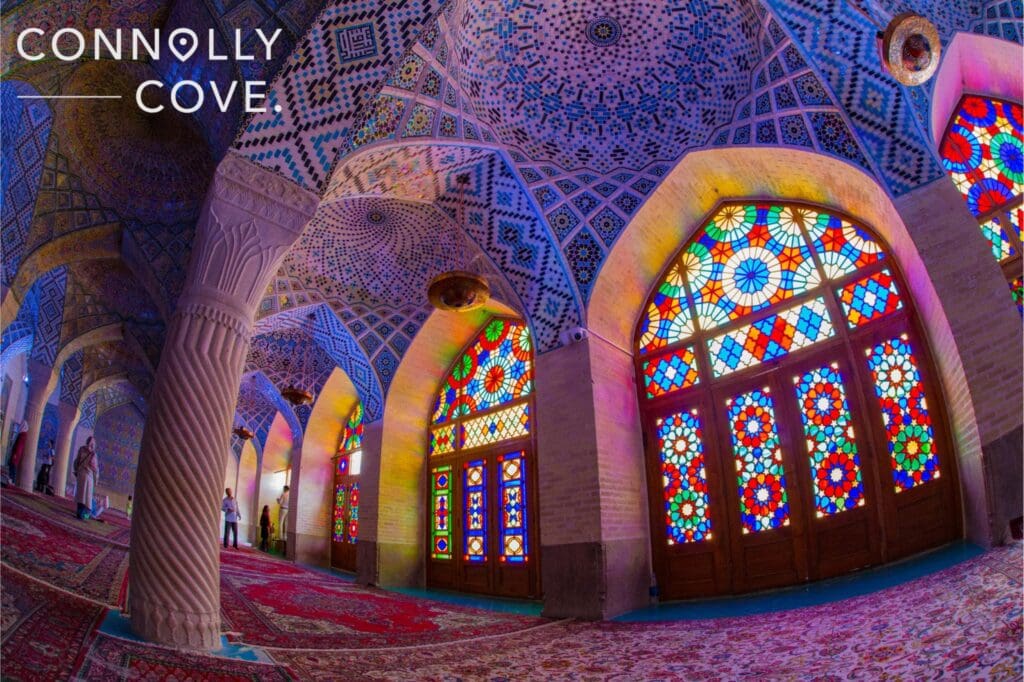
6. Grand Bazaar – Isfahan
This historical bazaar was built in 1620 to the north of Isfahan’s central square, Naqsh-e Jahan Square. It was one of the greatest and most luxurious bazaars during the Safavid Era. As Iran is one of the top exporters of handmade carpets in the world, it was only fitting that the main speciality of this bazaar is the making and selling of carpets and kilim.
Before you enter the bazaar, you can take a look at one of the biggest squares in the world dotted with different smaller bazaars with other varieties of products.
Siberia – The North Asia Region
North Asia is embodied in the region of Siberia in Russia. The massive region represents 8.8% of the Earth’s total land area but is also the least populated. Even though Siberia is located in Asia, it is culturally and politically considered European due to immigrants coming in from Russia since the 16th century.
This has also greatly influenced Siberian culture. Although there are several climate zones in Siberia, the area is generally characterized by short, warm summers and long, cold winters.
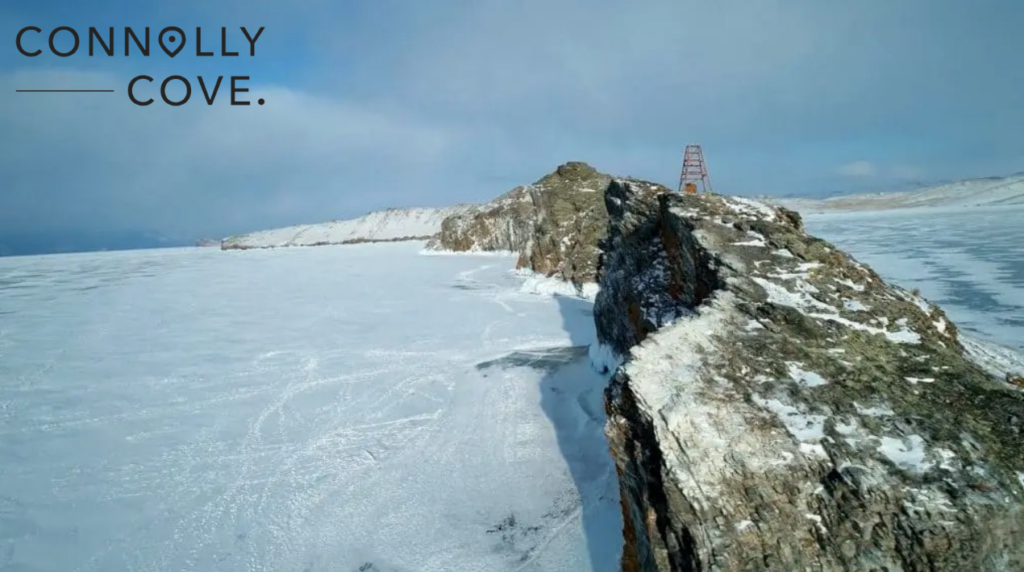
6 Can’t-Miss Attractions in Siberia
1. Church of our Lady of Kazan – Irkutsk
This Byzantine-style church was constructed between 1885 and 1892 for the veneration of the Lady of Kazan. Its unique structure and colours give the feeling that the church just came out of a fairytale. The church is decorated with beautiful frescos and iconic works by Chinese craftsmen.
The Church of Our Lady of Kazan is known to hold Irkutsk’s largest church bell. If you’re a history buff travelling through Asia, this church is an excellent destination to explore.
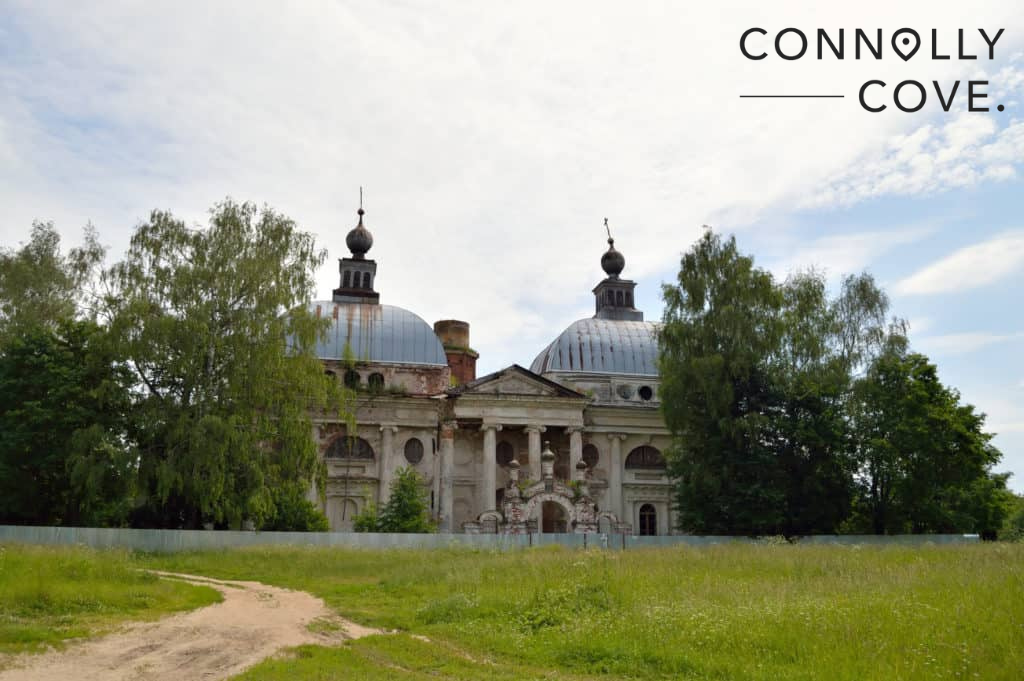
2. The Irkutsk Regional Historic Memorial Decembrists’ Museum – Irkutsk
Those who participated in the 1825 December revolt against Nicholas I’s ascendance to the throne are known as the Decembrists. Nicholas I became the heir after his older brother, Constantine, secretly renounced his right to the throne.
The Decembrists were an army force that pledged loyalty to Constantine and gathered in front of the Senate to stage a coup. They were met by fellow army troops who, in turn, pledged loyalty to Nicholas. The short-lived revolt was severely and easily crushed, and those who took part were sentenced to hanging, prison, or exile to Siberia.
The Decembrists’ Museum shows how several of the families of those who participated in the revolt used to live. As the participants were members of the army, the museum depicts their prestigious way of life during the years of their exile in Siberia.
The museum also houses several personal belongings of the Volkonsky Family, such as a pyramidal piano, a grand piano, a music box, Maria Volkonsky’s bead collection, and her wall mirror.
3. Novosibirsk Zoo – Novosibirsk
This grand zoo was founded in 2000 to provide a home for black-maned lions, which, after extensive research, were found to be the closest relative of the extinct Cape Lion. Since its establishment, the zoo has been an active participant in 32 different captive breeding programs for endangered species.
The Zoo is currently home to more than 11,000 animals, representing 738 species of mammals, birds, fish, reptiles, and more. The admission ticket is about 5 Euros!
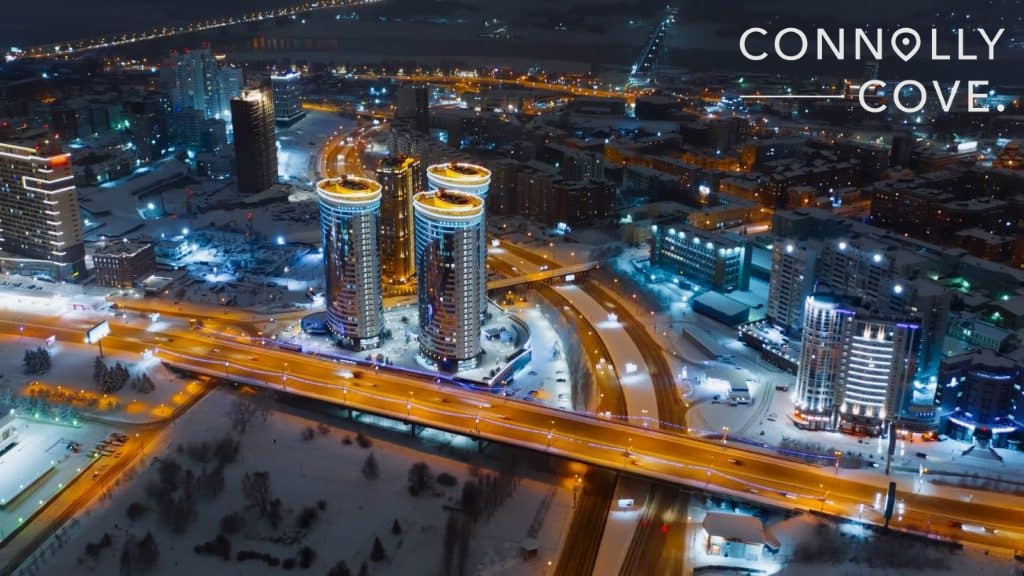
4. Novosibirsk State Art Museum – Novosibirsk
Built between 1925 and 1926, this museum houses collections of paintings, graphic arts, decorative and applied arts, sculptures, and contemporary art. At the beginning of the 1990s, the museum’s collections were mainly increased through the purchase of artwork.
By the end of the 1990s, donations of artwork began to enrich the museum’s collections. Artwork on display in the museum ranges from the 16th century until this very day, with works by famous Siberian and Novosibirsk artists.
5. Siberian Snow Sculpture Festival (January 8th to January 31st) – Novosibirsk
Imagine fictional creatures such as dragons standing in the street as you’re walking around in a one-of-a-kind destination! Since snow covers the city of Novosibirsk for the majority of the winter season, with degrees reaching minus 30 degrees Celsius, ice sculptures stand for most of the winter up to April.
The festival began in 2000, and every year, there’s a new theme for the snow and ice sculptures. The figures are first made by pressing snow into wooden cubes with the desired shapes or creatures before being displayed to the public.
6. Omsk Dormition Cathedral – Omsk
A prominent example of Russian Revival architecture laced with beautiful Byzantine elements, this Dormition cathedral was built in 1891 and consecrated in 1898. The Omsk Dormition Cathedral is one of the largest cathedrals in Siberia, and the main square of the city of Omsk is named after it.
After suffering serious damage from the 1935 explosion, the cathedral was rebuilt at the beginning of the 21st century back to its original design.
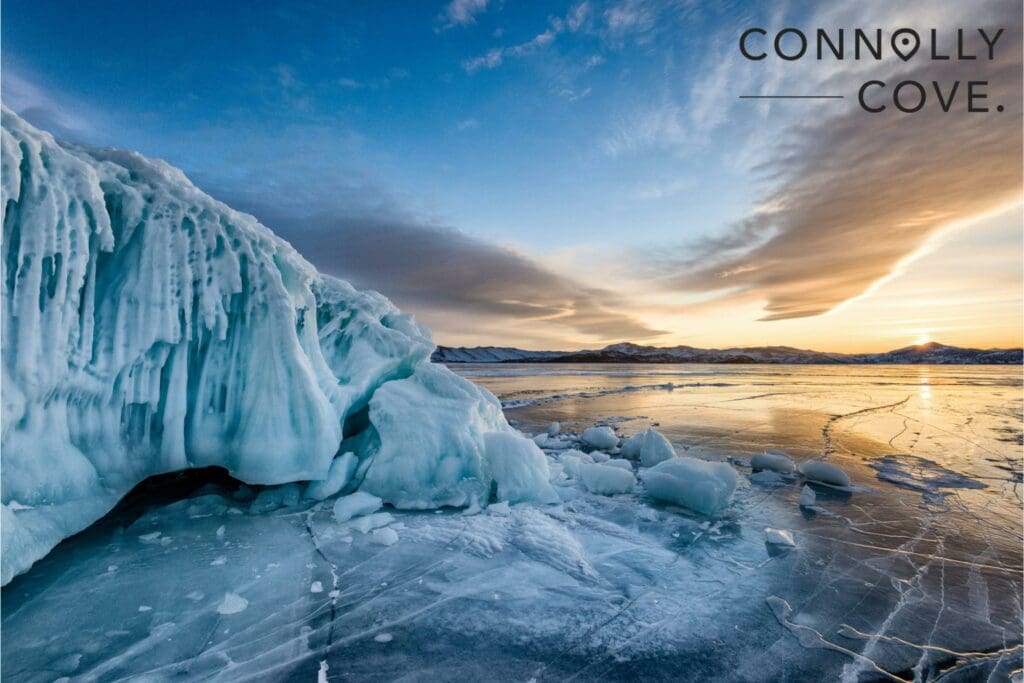
The Central Asia Region (The ‘Stans)
Countries in Central Asia are dubbed ‘The ‘Stans‘ as they all end with the Persian suffix “stan”, which means “land of”. Central Asia has been an integral crossroad for trade routes, where people, goods, and ideas have moved between Europe and the Far East.
During the pre-Islamic and early Islamic eras, Central Asia was mainly inhabited by Iranians, while from the mid-19th century to the end of the 20th century, it was colonized by Russia and later incorporated into the Soviet Union.
The weather in Central Asia is often dry and continental, with hot summers and cold winters that bring occasional snowfall.
Kazakhstan
The Republic of Kazakhstan is the world’s largest landlocked country, with a population of 18.8 million. The territory’s inhabitants go back to the nomadic Scythians, followed by several ethnic groups throughout history until the Russian takeover in the 18th century.
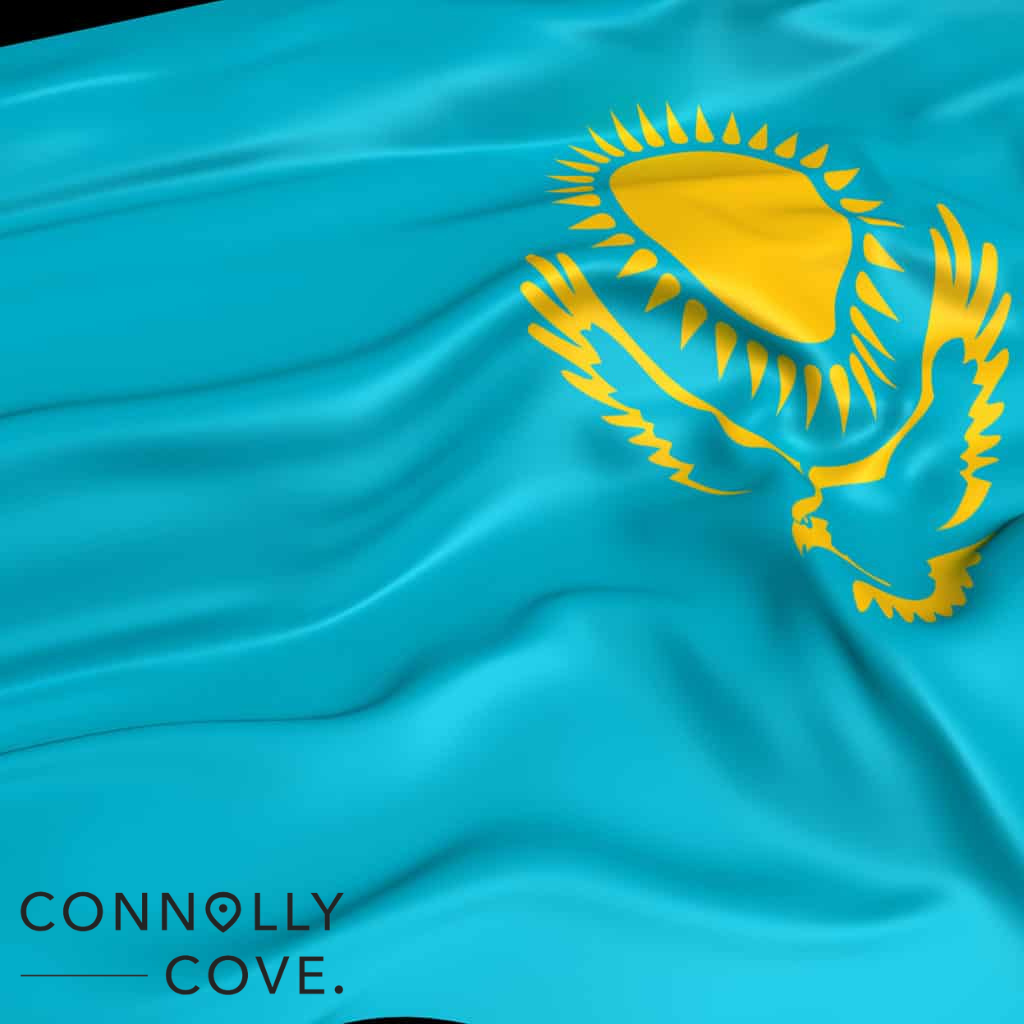
Kazakhstan was the last Soviet republic to declare independence after the dissolution of the Soviet Union in 1991. Its suitable atmosphere and environment offer a safe haven for many endangered wildlife species.
The capital of this Asian country is Nur-Sultan. The city was formerly known as Astana until 2019. Nur-Sultan became the capital of Kazakhstan in 1997, replacing Almaty, the former capital. Overall, Nur-Sultan is known for its modernity, ambition, and strategic importance, serving as a symbol of Kazakhstan’s aspirations for the future.
5 Great Places to Visit in Kazakhstan
1. National Museum of Kazakhstan – Nur-Sultan
This national museum, opened in 2014, presents the history of the Republic of Kazakhstan in interactive exhibits. With a captivating architectural design, the museum welcomes visitors into its 14 rooms of exhibits displaying different aspects of Kazakhstani history.
Some of its halls are the Hall of Astana, Hall of Independent Kazakhstan, Hall of Gold and Hall of Ancient and Medieval History. One of the museum’s distinguishing features is the halls specially dedicated to children: the Children’s Museum and the Children’s Art Center.
The museum has made great efforts to incorporate visitors in interactions with the history displayed between its walls through holograms, touch-sensitive kiosks, and LED technology.
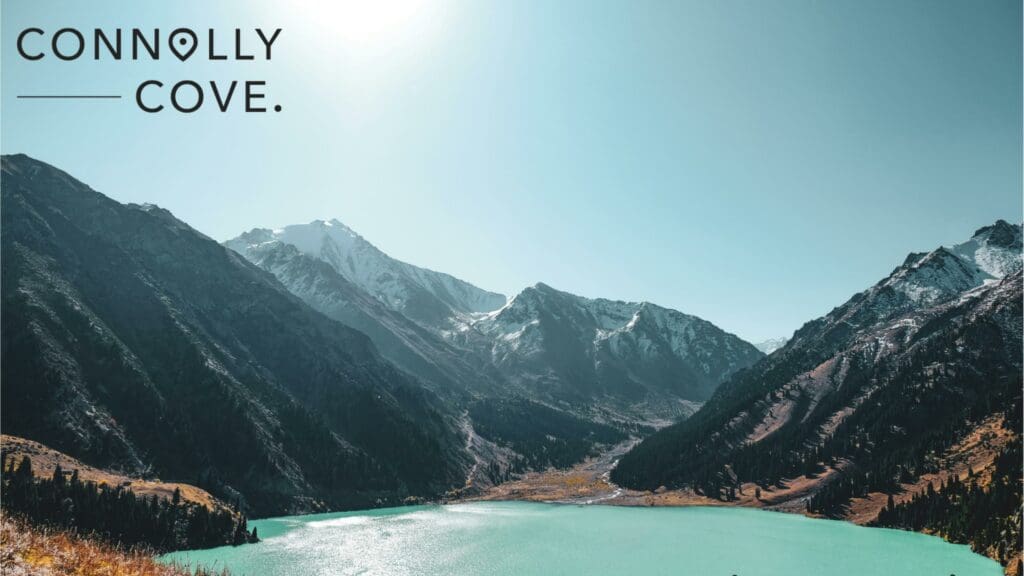
2. Assumption Russian Orthodox Cathedral – Nur-Sultan
Construction of the biggest Orthodox cathedral in Central Asia began in 2006 with the foundation stone. Two years after the delivery of the church bells, the five domes and crosses of the cathedral were consecrated by the Metropolitan Methodius and by the Patriarch of Moscow and Russia the following year.
The Cathedral houses a hotel for pilgrims, a Sunday school, and the Astana Orthodox Youth Movement. It is equally mesmerizing, located among the historic and architecturally unique buildings in the Old City of Nur-Sultan.
You can enjoy the beautiful frescos painted inside the Cathedral, which is open every day from 8:00 a.m. to 7:00 p.m. There are benches outside as well if you’d like to sit and soak in the atmosphere of the area.
3. Kazakh Museum of Folk Musical Instruments – Almaty
The building now housing the museum was built in 1908, around the same time as the building of the Ascension Cathedral. The beautiful wooden building was used for ceremonies and state receptions and became the House of Officers during the Soviet Union era until it was transformed into a museum in 1980.
The museum was named after Ykylas, a Kazakh musician and advocate of folk music in the 19th and 20th centuries.
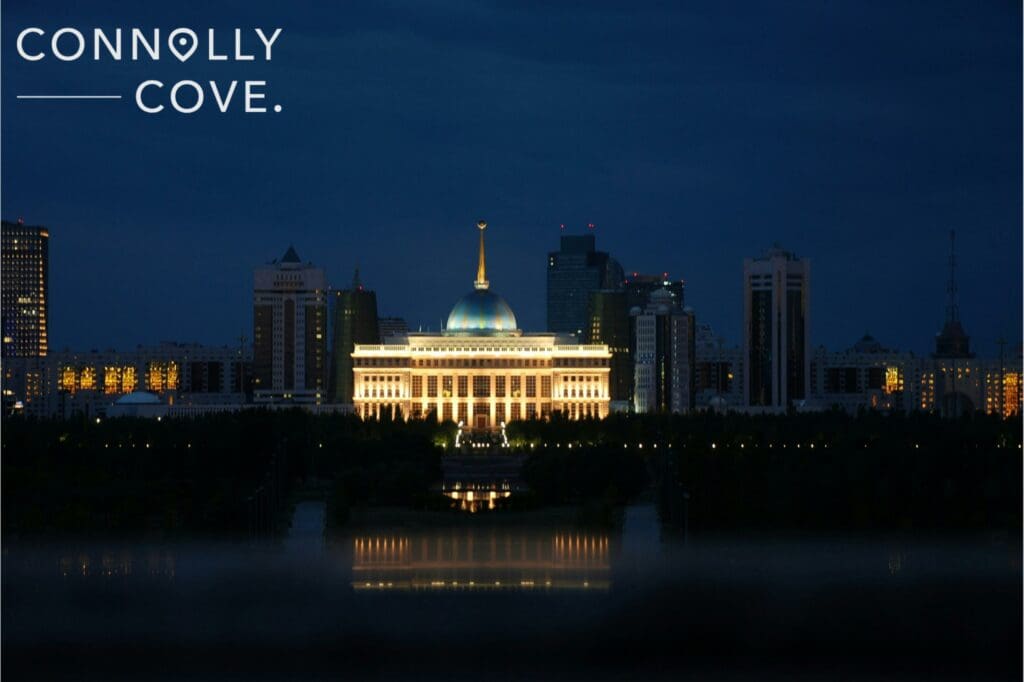
The museum has over 1,000 musical instruments on display, the oldest dating back to the 17th century. The instruments are divided into 60 types, including Kazakh national instruments and instruments owned by famous singers and composers.
Occasionally, concerts are held in the museum. It is an excellent stop for any history and music lovers exploring this Asian country.
4. Ascension Cathedral – Almaty
This one-of-a-kind cathedral is claimed to be the second of its kind in the world. It is a special work of art and is completely made of wood without any nails. The foundation of the Old Russian architecture-styled cathedral was consecrated in 1903, and the construction works lasted from 1904 to 1907.
Some attribute the Cathedral’s survival through the 1911 earthquake to divine intervention. Extensive restoration works took place twice in the cathedral’s history: in 1995 and from 2017 to 2020.
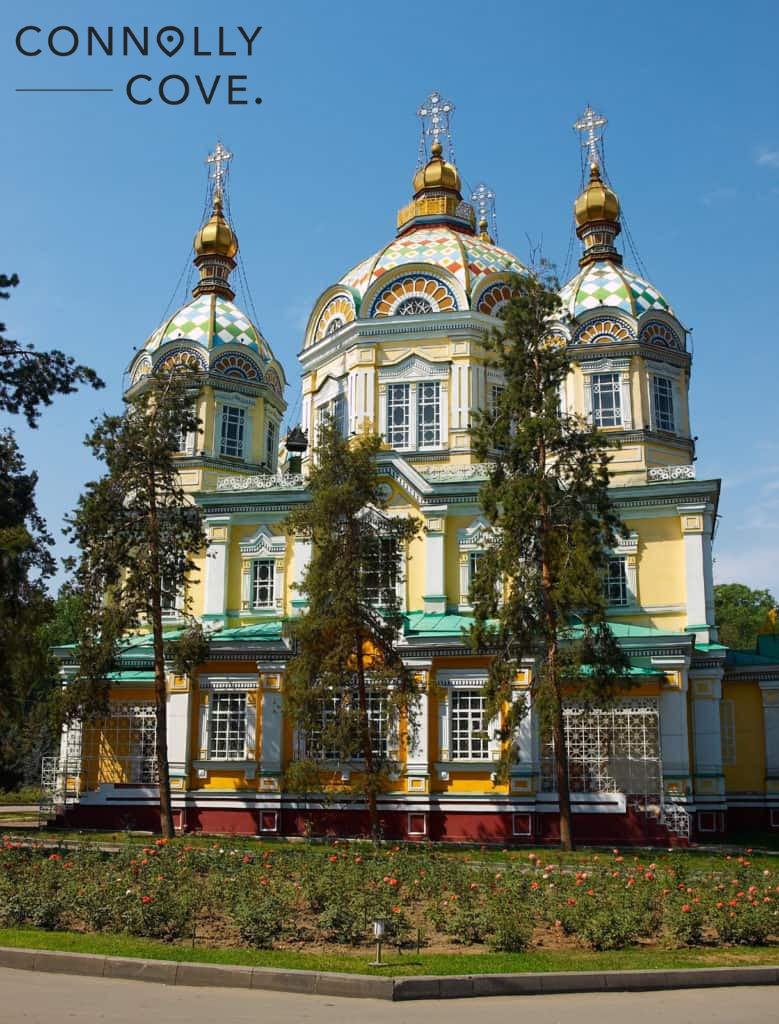
5. Medeu Skating Rink and Ski Resort – Almaty
Located in the Medeu mountain valley, this rink is on the southeastern outskirts of Almaty. Once used only for the training of skating professionals, the skating rink is now open for the public to enjoy its vastness during the day or at night. Construction started in 1949, and the first competition took place at the stadium in 1951.
The distinctive feature of the rink is the quality of the ice forming it; previously made from natural ice, it was changed to artificial ice in 1972. The rink was host to many world winter championships, such as the Asian Winter Games, and many world records were achieved in it.
Today, you can enjoy skating at the rink during the day or at night with light shows and music.
Kyrgyzstan
Officially known as the Kyrgyz Republic, Kyrgyzstan is a multicultural country with Iranian, Mongolian, and Russian elements in addition to its Turkic origins. Since the recognition of the Silk Road, the country has been at the crossroads of trade routes between major empires.
Turkic Nomads were the first settlers in Kyrgyzstan, followed by the Mongols, the Kalmyks, the Manchus, and the Uzbeks. Later, the Asian nation became part of the Russian Empire and the Soviet Union until it gained independence in 1991.
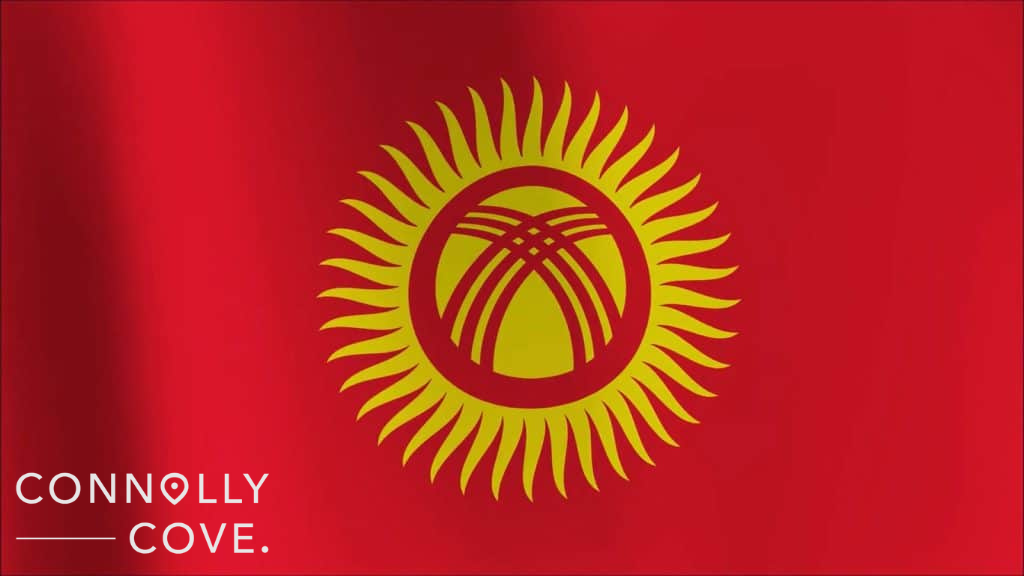
The weather in Kyrgyzstan varies from subtropical to temperate to continental to polar climate, depending on the region and the elevation. The largest city, Bishkek, is the capital of Kyrgyzstan. The city is home to a diverse population of Kyrgyz, Russian, and other ethnic groups. This diversity is reflected in the city’s cuisine, language, and traditions.
Despite the enchanting beauty of its mountains and lakes, tourism is not yet a flourishing field in the Asian country, and it has recently been affected by political turmoil. The British Backpacker Society called the country “a secret that is bound to get out soon!”
4 Must-See Attractions in Kyrgyzstan
1. A Tour Downtown Bishkek – Bishkek
The city centre of the capital, Bishkek, is full of historical, cultural and musical heritage. You can spend the day learning more about the history of Kyrgyzstan through the Kyrgyz State Historical Museum or check the traditional Kyrgyz handicrafts at the State Museum of Applied Arts.
Visitors can also admire the marching of the state guards as they change shifts at the independence monument at Ala-Too Square. When shopping time is due, you can head to one of the two main bazaars: the Osh Bazaar or the Dordoy Bazaar.
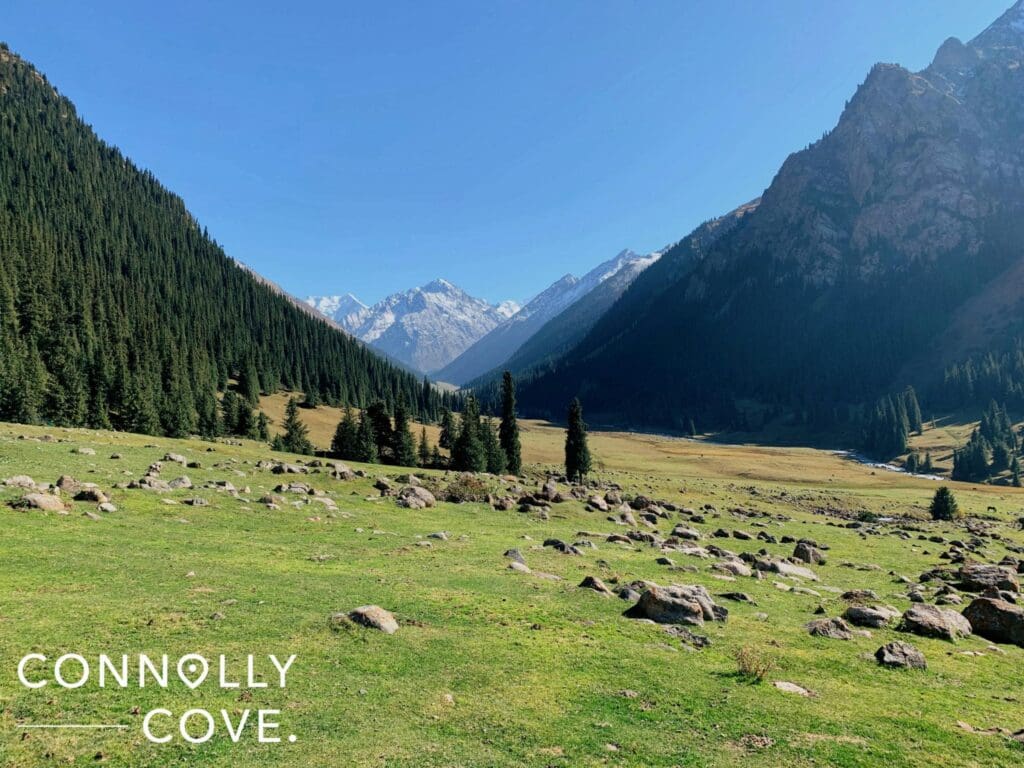
2. Kyrgyz State Historical Museum – Bishkek
One of the most important museums in the Central Asia Region, the Kyrgyz State Historical Museum displays sculptures and artefacts from Antiquity to the end of the 20th century. The museum was founded in 1925 and opened to the public two years later to showcase the diversity of the Kyrgyz people’s history and cultural heritage.
In the 1960s, the museum was moved to a different building built back in 1928, and the museum moved to its own current residence in 1984. Of the exhibits inside the museum are cave sculptures from the Bronze Age, ancient coins, jewellery, and clothes that date back to the 1st to the 5th century, as well as beautiful and colourful traditional carpets.
3. Issyk-Kul Lake – Tian Shan Mountains
The world’s second-largest saline lake, Issyk-Kul, is the seventh-deepest lake in the world. Its name literally means “warm lake” in Kyrgyz. Fittingly, since it is located at an altitude of 1,607 meters, the lake never freezes, even during the icy cold winters.
Folk legends circulate regarding the creation of the lake. Some say that the barber of an ancient king who had donkey-like ears whispered the king’s secret into a well but did not cover the well correctly. Eventually, the well flooded the kingdom, revealing the king’s secret and creating the lake.
A report released by a group of historians stated that archaeologists discovered evidence of a 2,500-year-old civilization at the bottom of the lake. Findings at the bottom of the lake included walls stretching for 500 meters, Scythian burial mounds eroded by waves, arrowheads, coins, and gold wire rings that were once used as change.
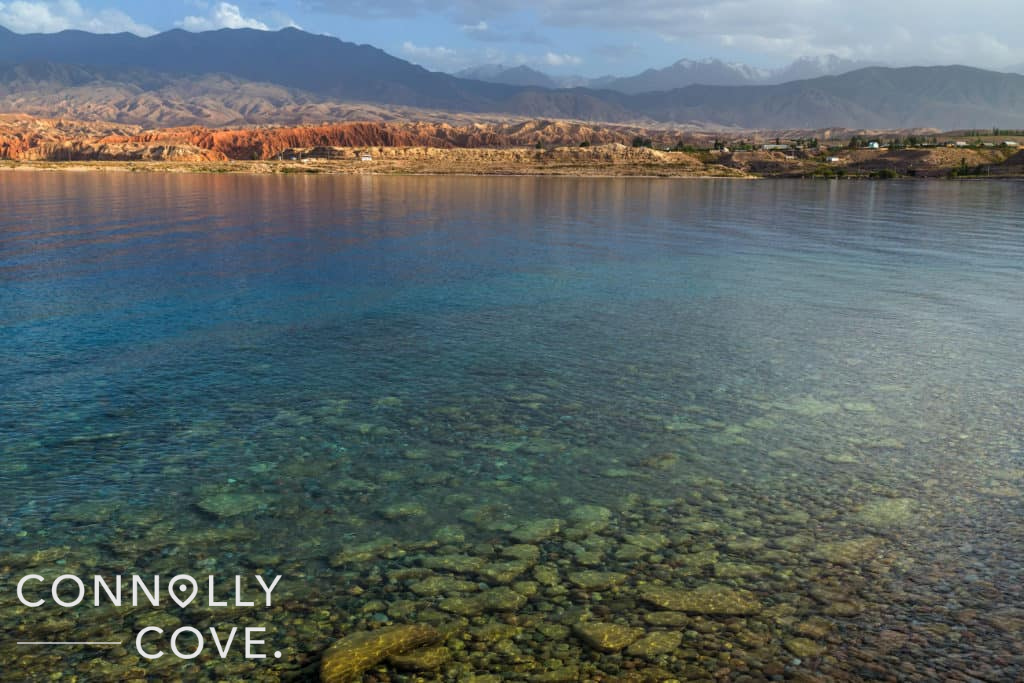
One of the nearest cities to the lake is Karakol, at its eastern tip. The city offers great accommodation options for excursions or day trips by the lake.
The resort town of Cholpon-Ata, which covers most of the lake’s shore, is dotted with bed-and-breakfasts where you can stay and enjoy your time by the lake as well.
4. Ala Archa National Park – Tian Shan Mountains
This national park, established in 1976, is located about 40 Kilometers south of Bishkek. At a maximum altitude of 4,895 meters, the Semenov-Tian-Shansky Peak is the highest point of the Ala-Too Mountain Range of Tian Shan.
The park is home to more than 20 glaciers that differ in size, about 50 mountain peaks, the gorge of the Ala-Archa River, and the mountains surrounding it. The park is open all year round, and its busiest season is the end of summer and the beginning of fall.
The park is the perfect spot for picnickers, mountain-climbers, hikers and horse riders with different nature outlets such as ice, rocks, terrain and mixed routes. A map published by TripAdvisor in 2016 indicating each country’s most popular destinations listed the Ala Archa Gorge as the most popular in Kyrgyzstan.
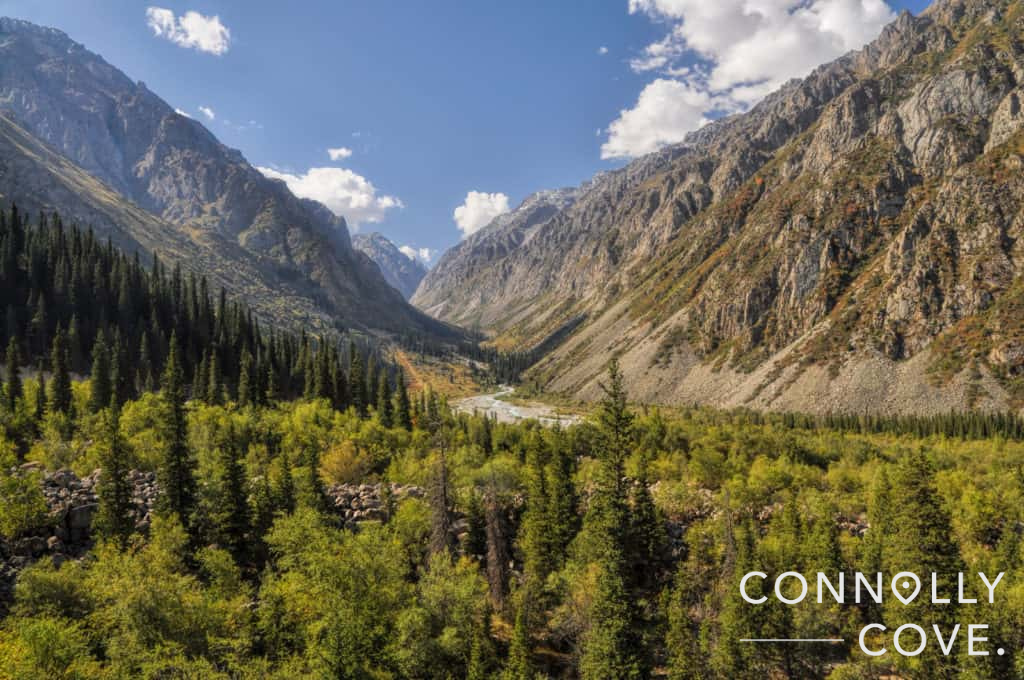
Tajikistan
The Republic of Tajikistan is one of the traditional homelands of the Tajik people. Human habitation in the country goes back to the 4th millennium BC, the Neolithic, and the Bronze Age, as indicated by the UNESCO World Heritage site of the ancient city of Sarazm.
The country has been a fertile land for many religions and ethnicities throughout time, from Buddhism to Nestorian Christianity to Zoroastrianism to Islam. The territory of what is now Tajikistan came under the rule of many powerful ancient empires, such as the Achaemenid and the Mongol Empires.
However, the area flourished under the rule of the Timurid Dynasty before falling to the Russian Empire and later the Soviet Union. After independence following the dissolution of the Soviet Union, Tajikistan fell victim to civil war, and a ceasefire wasn’t reached till 1997.
The weather in Tajikistan varies greatly due to the fact that the majority of the country’s land consists of mountain ranges. The majority range is between arid climate and polar climate. The Tajik economy mainly depends on the production of aluminium, cotton and immigrant remittances. The Tourism sector in the country still needs more development.
Tajikistan’s largest city is the capital, Dushanbe. The city features several beautiful parks and gardens, providing locals and tourists with peaceful retreats amidst the urban environment. It is an intriguing destination for anyone interested in exploring Tajikistan and Central Asia.
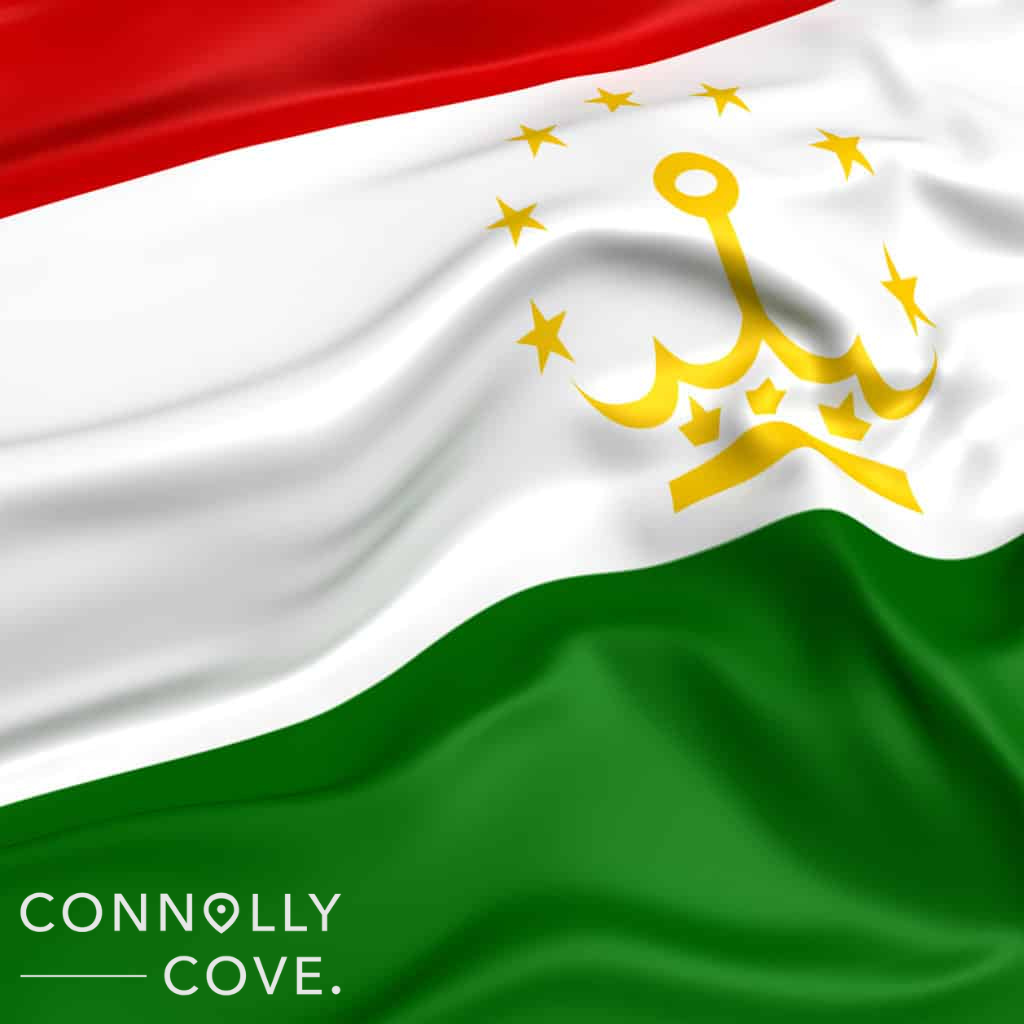
4 Famous Sites in Tajikistan
1. Rudaki Park – Dushanbe
Located on the main street of the capital, Rudaki Avenue, this park is one of the 15 parks in the city. Named after the famous Persian poet Rudaki, who was also known as the Adam of Poets. The park was built in the mid-1930s and houses a couple of historical monuments.
A statue dedicated to Rudaki has been erected in the park, as well as the second tallest free-standing flagpole in the world, at 165 meters. The park offers spacious areas for strolling and activities, decorated with beautifully coloured flowers that are in full bloom almost all year.
2. National Museum of Tajikistan – Dushanbe
The National Museum of Tajikistan was established in 1934 as a building of beautiful and subtle architectural design. The museum comprises four exhibition departments: the Department of Natural History, the Department of Ancient and Medieval History, the Department of Modern and Contemporary History and the Department of Fine and Applied Arts.
The museum displays artefacts dating back to the 2nd and 3rd centuries BCE, such as a Hellenistic statuette from Takht-I Sangin.
3. Victory Park – Dushanbe
Opened in 1985, Victory Park was built to commemorate the 40th anniversary of the Great Patriotic War. Every year, on Victory Day, parades take place in the park to celebrate the end of the Second World War. The memorial in the park has an eternal flame and the names of the Tajik soldiers who were awarded the Hero of the Soviet Union medal.
During Navruz or Nowruz, the park was decorated with 80,000 flowers of different varieties and colours.
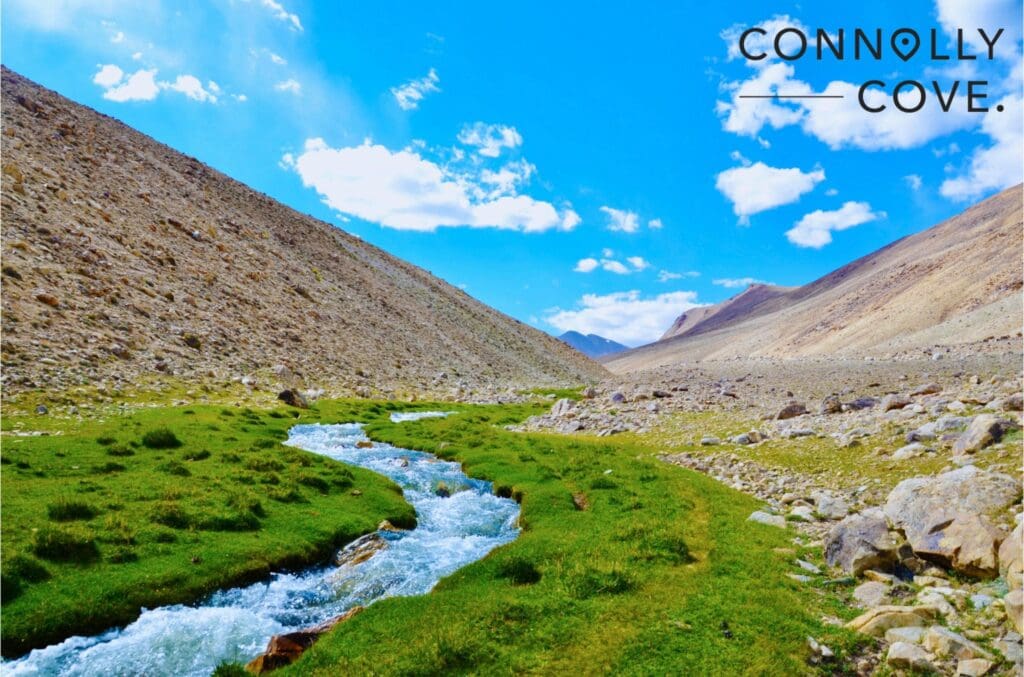
4. Gurminj Museum of Musical Instruments – Dushanbe
The museum was founded in 1990 by the Tajik actor and musician Gurminj Zavkibekov. About 100 instruments are on display in the museum, most of which were gathered during Zavkibekov’s trips to his hometown in Kuhistoni-Badakhshon.
String instruments on display include the tar, rubab, Pamiri rubab, and setor. Drums, such as tabl, daf, and doyra, are also on display.
Turkmenistan
Also known as Turkmenia, it is one of the least populated nations in Asia, with a population of about 6 million people. In the early ages, Turkmenistan was home to Merv, which was an important crossroad for trade and people. The country became independent with the dissolution of the Soviet Union in 1991.
Turkmenia’s capital and largest city is Ashgabat. Ashgabat is known for its extravagant and unique architecture and eccentricities. The city is even home to the world’s largest indoor Ferris wheel!
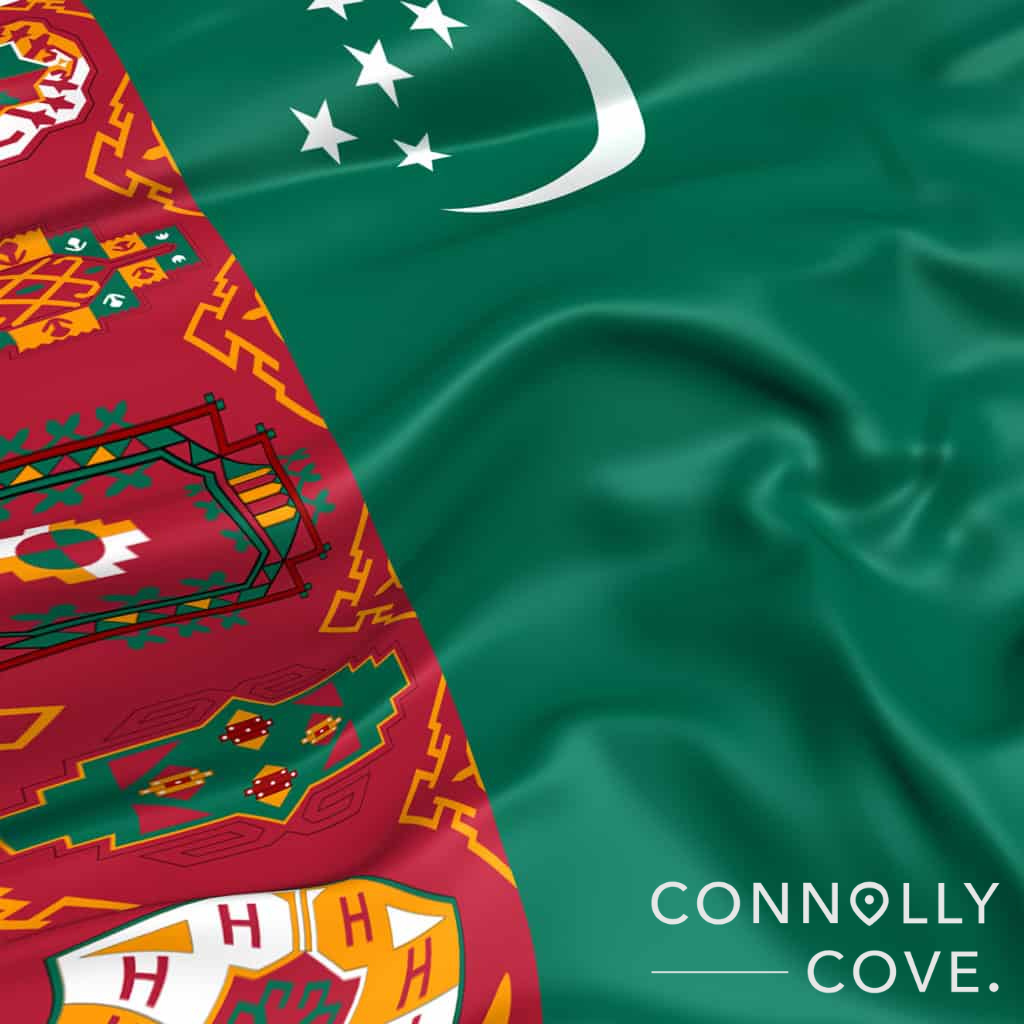
6 Fantastic Places to Visit in Turkmenistan
1. Turkmenbashi Ruhy Mosque – Ashgabat
Also known as Gypjak Mosque, it is located about 7 kilometres west of the capital. The mosque was built on instructions by the president of Turkmenistan to be in his hometown. He also ordered the building of a mausoleum to be his final resting place.
His wish was fulfilled when he died in 2006, just two years after the construction of the mosque.
2. Ertuğrul Gazi Mosque – Ashgabat
Also known as Ärtogrul Gazy Mosque, seeing this mosque makes you feel as if you’re looking at the Sultanahmet Mosque in Istanbul. The mosque is a beautiful landmark building with its four minarets and central dome.
The mosque was opened in 1998 and named after Ertuğrul, the father of Osman I, the founder of the Ottoman Empire.
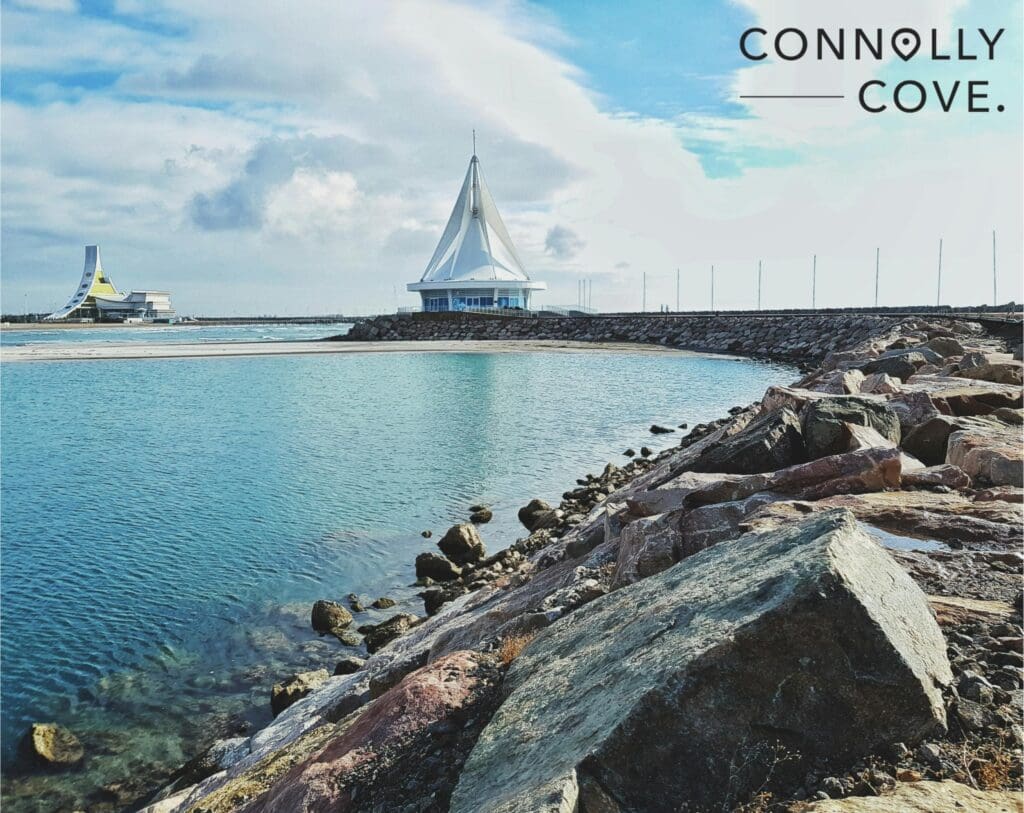
3. Turkmen Carpet Museum – Ashgabat
The Turkmen Carpet Museum, opened in 1994, is home to the country’s biggest collection of Turkmen carpets, including several from the Medieval period up to the 20th century.
The largest handwoven carpet in the world, recognized by Guinness World Records, is also on display inside the museum. It was made in 2001 to celebrate the 10-year anniversary of Turkmenistan’s independence.
4. Ashgabat Fountain – Ashgabat
The holder of two Guinness World Records, this fountain is located on the way from the Ashgabat Airport to the city centre of Ashgabat. The fountain earned the first record for its size of 125,000 square meters and the second record for the most fountain pools in a public place. The fountain is equipped with a lighting system powered by solar energy.
The fountain complex was built to commemorate the legendary ancestors of the Turkic people, Oguz Khan and his six sons. The creator of the sculpture in the complex intended it to be a source of peacefulness, unity, cohesion, power, and the creative spirit of modern-day Turkmenistan.
5. Ancient Merv – Mary
Known as Merv Oasis, this ancient city ruin was once called Alexandria as well. This UNESCO World Heritage Site was a vital city in the Silk Road and was historically proven to have been inhabited as early as the 3rd millennium BC. Merv was a power centre ruled by several ancient powerful empires, from the Achaemenid to the Timurids.
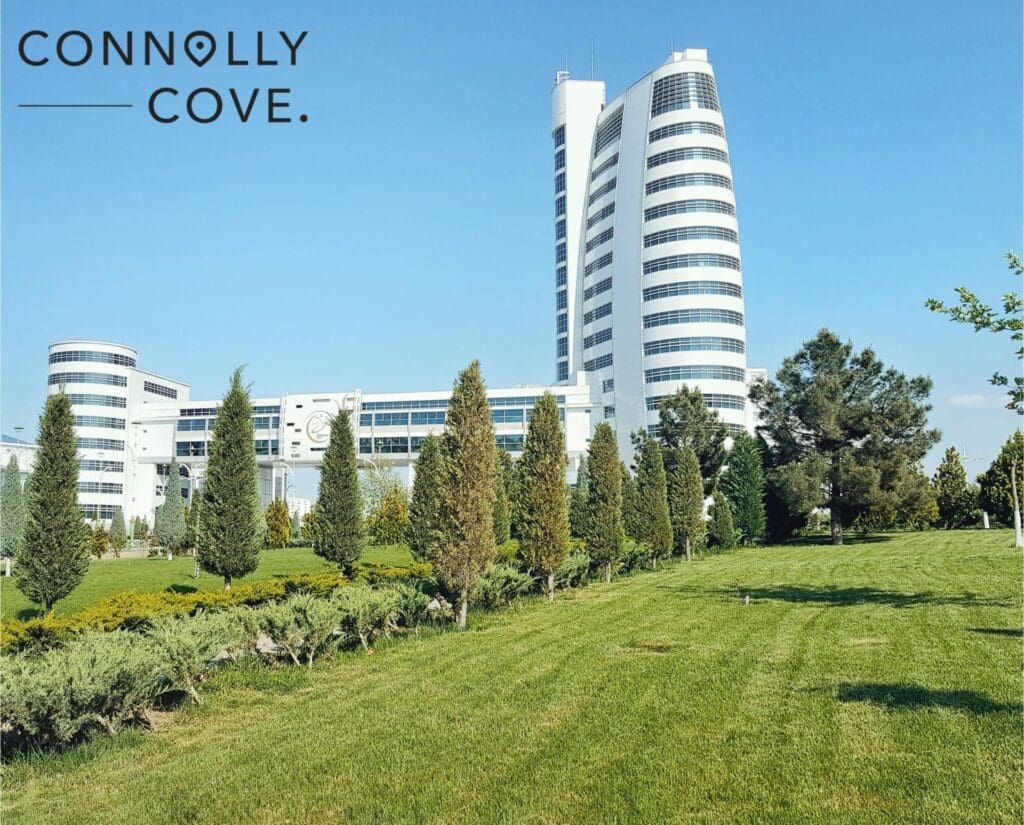
The Merv Oasis still houses remains from the empires that once thrived upon its land. Erk Gala, or the Citadel Fort, is the oldest of the remains, built in the 7th century BC. A Soltangala, or the Sultan’s Fortress, is the largest structure discovered in the oasis. A 7th-century Great Ice House and the exterior of Kepderihana’s south wall are some of the other structures on the site.
6. Darvaza Gas Crater – Darvaza
While some might call it a Door to Hell, this collapsed gas crater will surely make your list of the world’s wonders. The crater’s premises are popular among tourists for dessert camping, and the Turkmen government is hoping to attract more tourists to the crater.
Theorists say that Soviet geologists ignited the crater to stop the leakage of methane gas, and it’s been burning continuously ever since.
The South Asia Region (Indian Subcontinent)
South Asia is surrounded by the remaining regions of Asia: Western Asia, Central Asia, East Asia and Southeast Asia. The earliest human history recorded in Asia is said to go back to the time of the Homo Sapiens 75,000 years ago or the hominids, including Homo erectus, from 500,000 years ago.
The climate in this region of Asia varies from area to area. The weather ranges from tropical monsoons in the south to temperate temperatures in the north. There are three main mountain ranges in this part of Asia: the Himalayas, Karakoram, and Pamir.
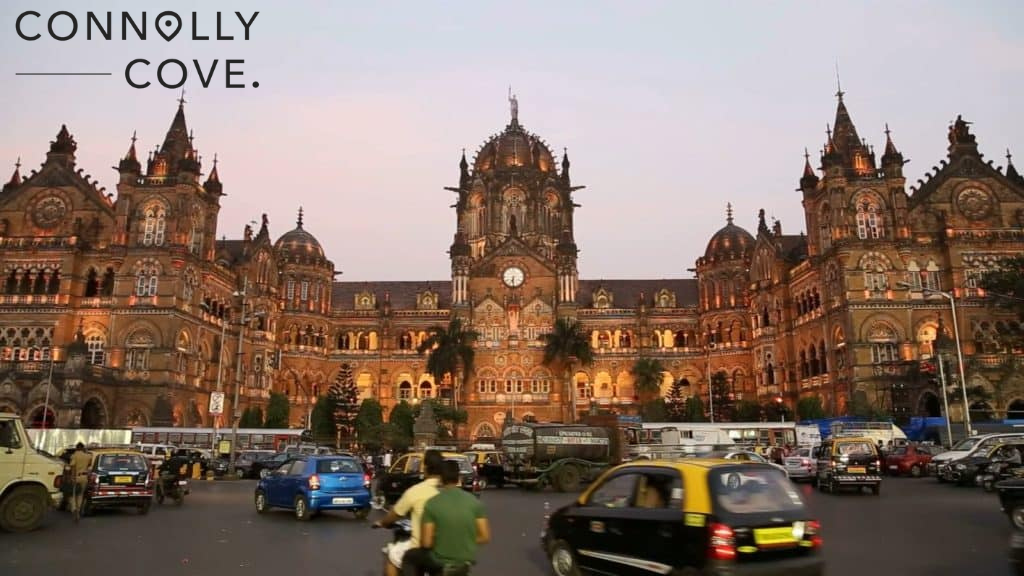
India
The Republic of India is the most populated democracy in the world and has been inhabited since 55,000 years ago. India is the second most genetically diverse country after the African Continent. Several basic religions in the world, such as Islam, Christianity, Judaism, and Zoroastrianism, have set roots along the Asian country’s coasts.
The Indian capital is New Delhi. The city is known for its bustling markets, such as Connaught Place, Chandni Chowk, and Sarojini Nagar, which offer everything from traditional handicrafts to modern fashion. Additionally, New Delhi is home to the Rashtrapati Bhavan (the President’s official residence), Parliament House, and the Prime Minister’s residence.
5 World-Famous Attractions in India
1. Swaminarayan Akshardham – New Delhi
A magnificent example of Hindu traditions, culture and architecture. Regardless of religion or creed, time spent on the premises of this serene shrine will be filled only with peace and tranquillity. For a calm afternoon, spend your time wandering around the complex, resting on the stairs of the Musical Fountain, or staying past sunset to watch a beautiful water music show.
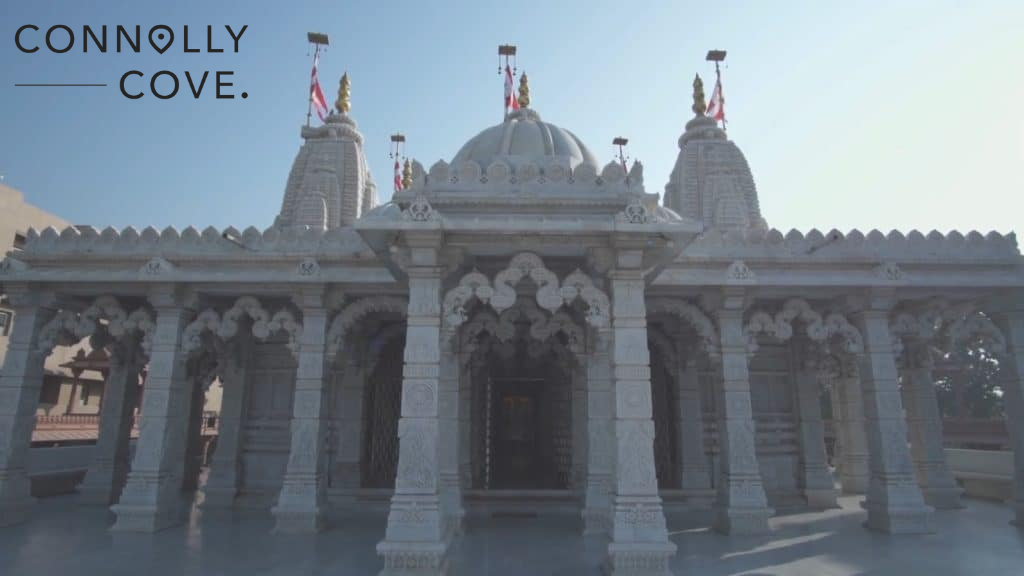
2. Lodhi Garden – New Delhi
Spacious gardens laden with historical architectural works are the perfect place for a morning walk or for a quiet afternoon. The gardens contain several historical buildings, such as the Three-Domed Mosque, Shisha Gumbad, and the Tomb of Sikandar Lodi.
Different forms of wildlife roam the gardens, which are surrounded by a lake, recreation area, and walking paths. These gardens are an oasis in the hectic atmosphere of New Delhi.
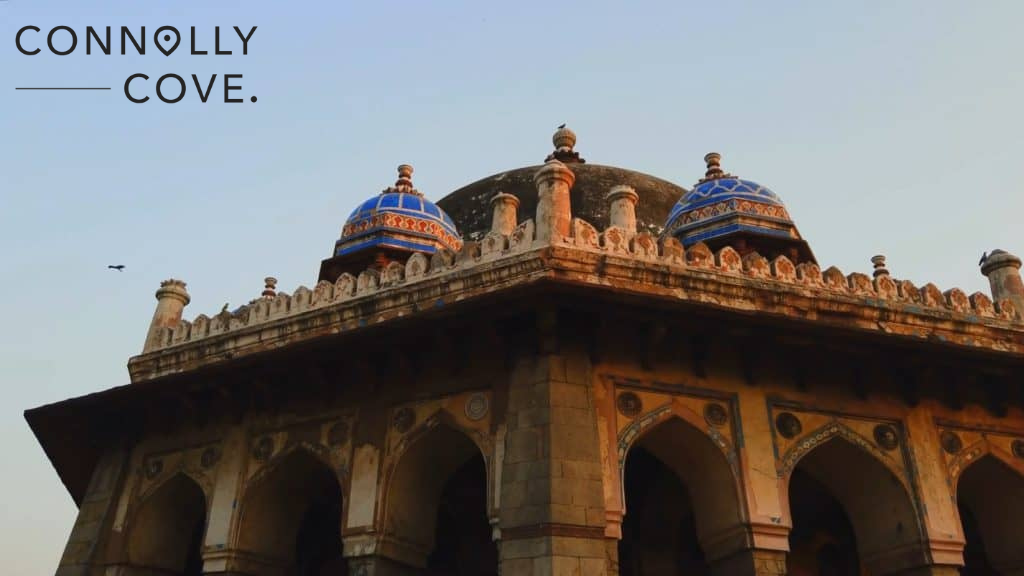
3. Taj Mahal – Uttar Pradesh
This magnificent mausoleum is a winner when it comes to world titles: a UNESCO World Heritage Site, one of the new 7 Wonders of the World, and a jewel of Muslim art in India. The exquisite ivory-white marble mausoleum is a symbol of love, built by Shah Jahan to house the tomb of his wife, Mumtaz Mahal.
In the folds of this beautiful complex, you can marvel at a masterpiece of Mughal architecture. The Taj Mahal is one of the most famous landmarks in the world and a must-see for anyone visiting South Asia.
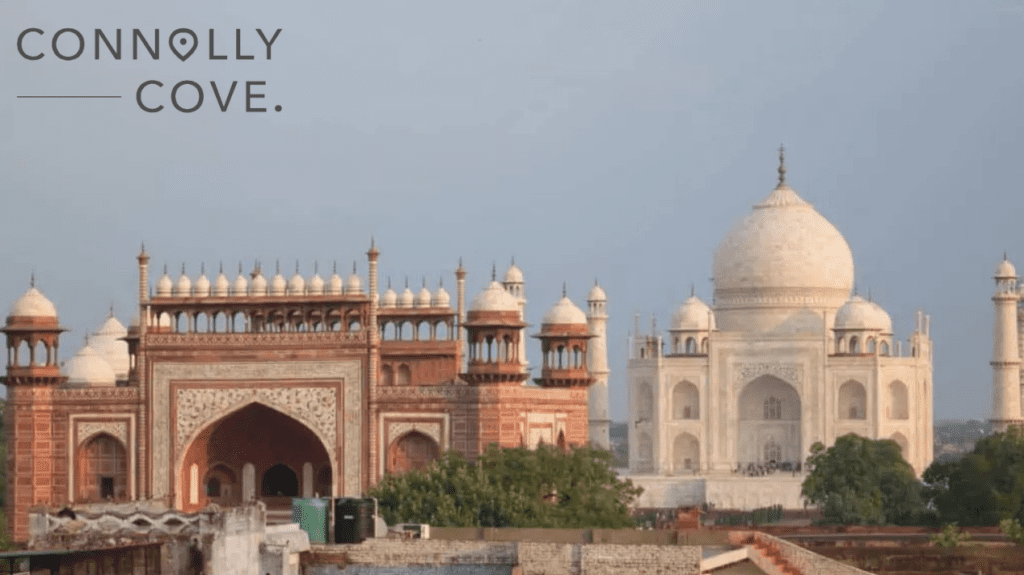
4. Agra Fort – Uttar Pradesh
Once the main residence of the emperors of the Mughal Dynasty, this grand fort is a UNESCO World Heritage Site. With an obscure history, the fort was an important political centre which reached its current state and structure under the reign of Shah Jahan.
The structure isn’t only a vast fort but also home to other historical buildings such as the Shahjahani Mahal and Shish Mahal.
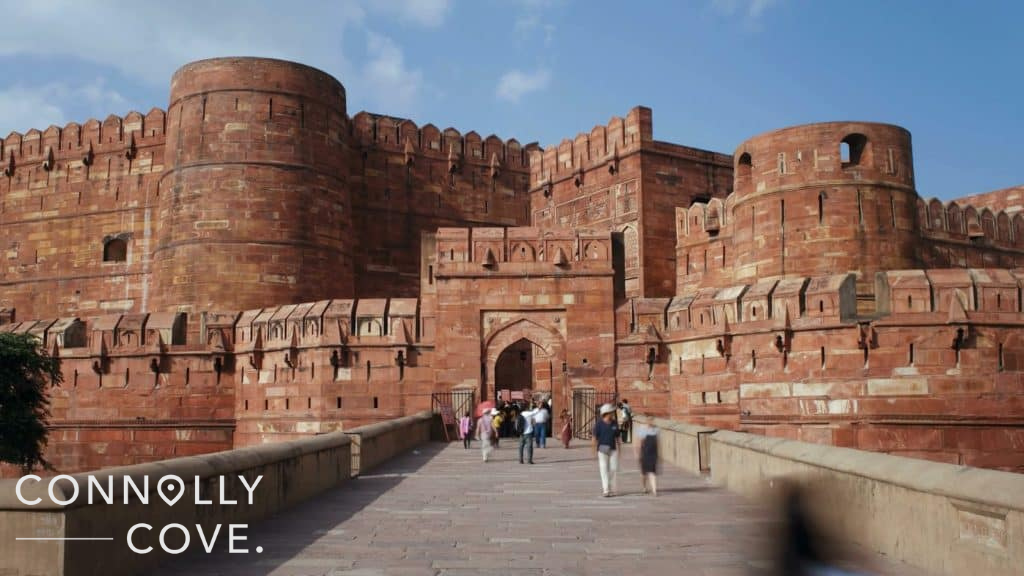
5. Besant Nagar Beach – Chennai
This beach is one of the most beautiful and peaceful beaches in Chennai and, most importantly, one of the safest. Along the shores of the beach, there’s a memorial dedicated to a Dutch sailor who lost his life while saving others from drowning, known as the Schmidt Memorial.
Nearby are the Annai Vailankanni Church and the Ashtalakshmi Kovil Hindu Temple.
Nepal
The Federal Democratic Republic of Nepal is mainly located in the Himalayas. The first mention of the name “Nepal” dates back to the Vedic Period. Nepal is the only multi-party, fully democratic nation in the world ruled by a communist party.
Nepal’s capital, Kathmandu, is also its largest city. The city serves as a gateway to the Himalayas, making it a popular destination for adventure enthusiasts. Treks to the Everest Base Camp, Annapurna Circuit, and other Himalayan regions often start from Kathmandu.
While the country is mainly famous for climbing Mount Everest, there’s a lot more to explore.
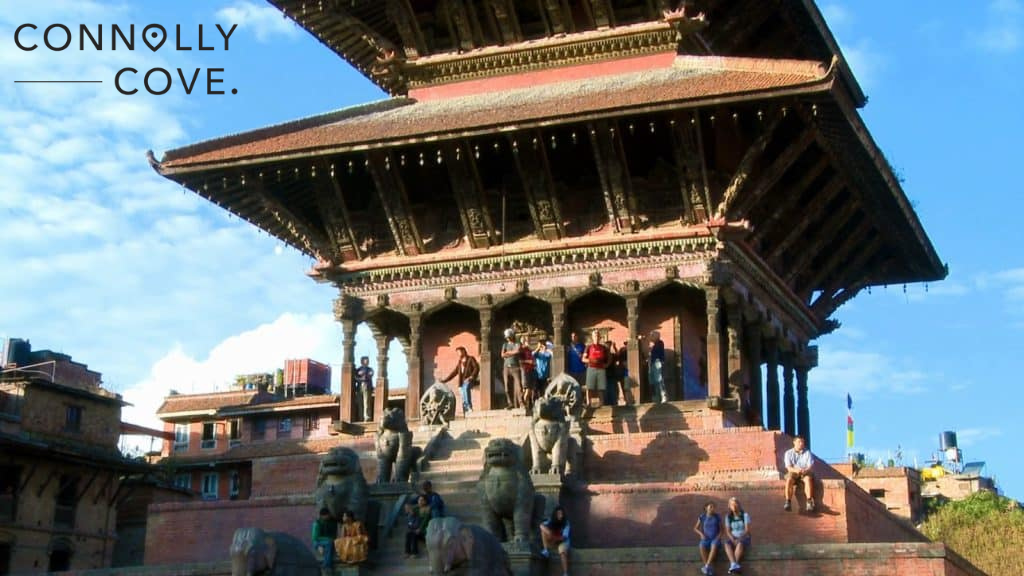
7 of the Best Tourist Attractions in Nepal
1. Kopan Monastery – Kathmandu
This popular recreational spot for both residents and tourists was established in 1969. The monastery is not only for teaching Buddhism, but it also offers meditation classes. For a month-long meditation class from November to December. Courses of meditation, Lam Rim traditional teachings, discussions and a vegetarian diet are offered.
The monastery is open every Saturday from 10 am to 4 pm.
2. Garden of Dreams – Kathmandu
Built in 1920, the garden is also known as the Garden of Six Seasons. Dubbed an oasis of peace and tranquillity in the buzzing nature of Kathmandu, it has three pavilions, ponds, pergolas, an amphitheatre, and fountains.
After being neglected for a long time, the garden underwent restoration works from 2000 to 2007. Even though it’s still a popular tourist attraction, only half of the original garden remains. The entrance fee to the Garden of Dreams is currently about 3 Euros.
3. National Museum of Nepal – Kathmandu
The largest museum in Nepal, the National Museum, is significant not just to visiting tourists but also to the Nepalese people themselves. Established in 1928, the museum is home to a collection of historical artworks, including sculptures and paintings, and a collection of historic weapons used in the wars of the 18th and 19th centuries.
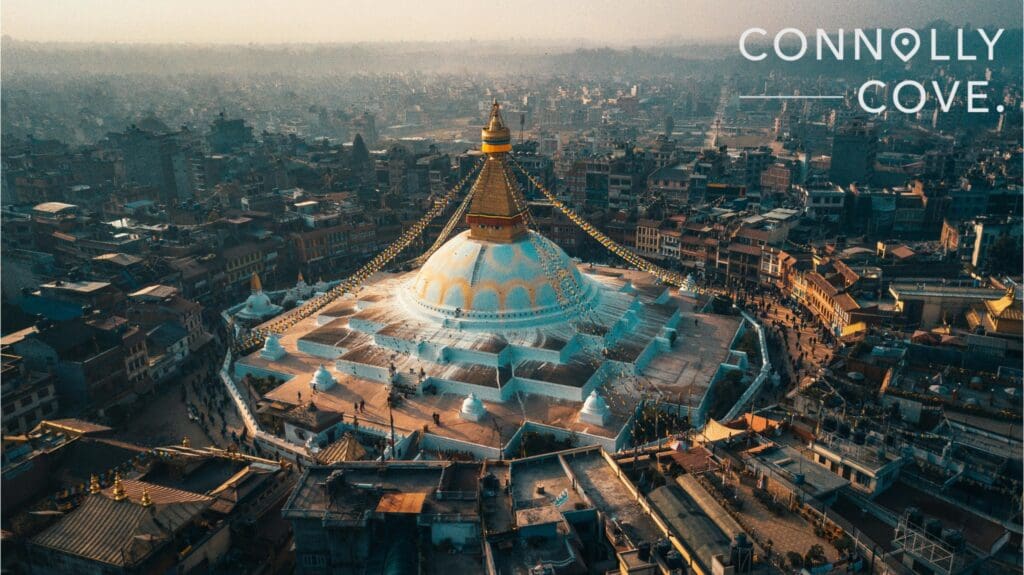
The museum has separate galleries for each of its collections: statues, paintings, murals, coins, and weapons. The museum consists of three buildings. The Art Gallery exhibits metalworks, stone, and wood carvings.
The Buddhist Art Gallery houses paintings, sculptures, and ritualistic objects pertaining to Buddha and Buddhism. The Historical Museum is home to multiple displays showcasing Nepal’s biodiversity.
4. International Mountain Museum – Pokhara
Everything you think of about the development of mountains and mountaineering around the world, the International Mountain Museum holds records, documents, and exhibits. The museum consists of three halls: the Hall of Great Himalayas, the Hall of Fame and the Hall of World Mountains.
The museum is home to information about famous peaks, famous mountaineers, the culture and lifestyle of mountain people and the flora and fauna of the areas.
5. Bindhyabasini Temple – Pokhara
With breathtaking views of the Himalayas and the cityscape of the city of Pokhara, the Bindhyabasini Temple is the oldest temple in the city. It was built in the 1760s atop a small hill accessible through a stone staircase.
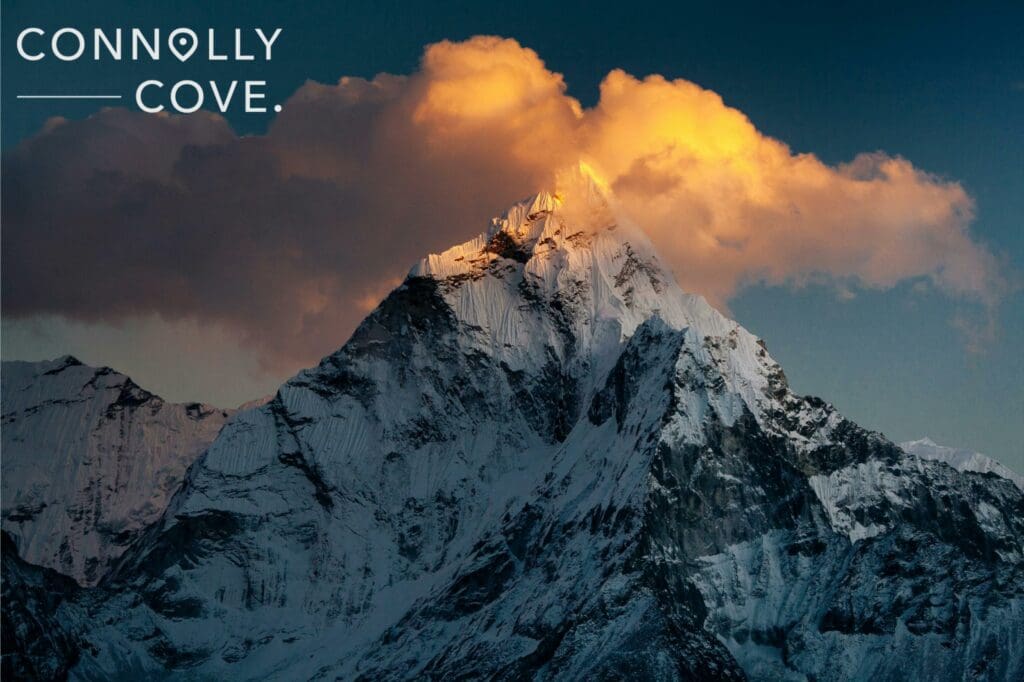
Legend says that the king dreamed about establishing a temple for Bindhyabasini, so he sent his men to what is now Uttar Pradesh in India to bring back a statue of the goddess. On their way back, the men camped in the current location of the temple.
Legend says that when they woke up the following day, they couldn’t lift the statue from the ground. When the king learned about this, he ordered the temple built around the statue.
6. Shanti Stupa – Pokhara
Also known as the Peace Temple, Shanti Stupa is the first World Peace Pagoda in Nepal. The words Shanti Stupa literally mean Peace Pagoda. The foundation stone of the temple, along with the relics of Buddha, was set in 1973.
The view from the pagoda overlooks the Annapurna massif of the Himalayas, Pokhara City and Phewa Lake.
There are several ways to reach the Peace Pagoda, as it is not far from the major business spot in Pokhara, Mahendra Pool. There are hiking trails, cycling tracks, and public transportation. The distance between the business centre and the pagoda is only 7 kilometres.
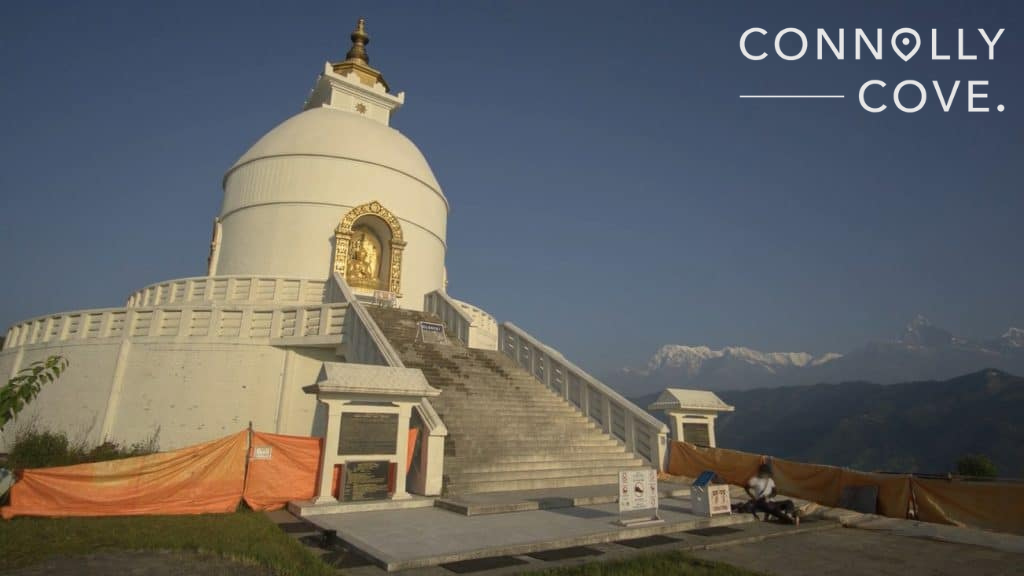
7. Phewa Lake – Pokhara Valley
The second largest lake in Nepal, it is also the most popular and most visited lake in the country. The lake is most famous for reflecting the beautiful mountain ranges surrounding it on its surface: Mount Machhapuchhre, the Annapurna, and the Dhaulagiri ranges.
An analysis of the lake revealed it might have formed around 13,000 BC. The lake is currently classified as a semi-natural freshwater lake since it is stream-fed and water flow is regulated by a dam.
Several attractions are located on the lake, such as the Tal Barahi Temple, hotels and restaurants on the eastern bank, and Ratna Mandir, the former royal palace. The lake’s surface is the perfect spot for paragliding.
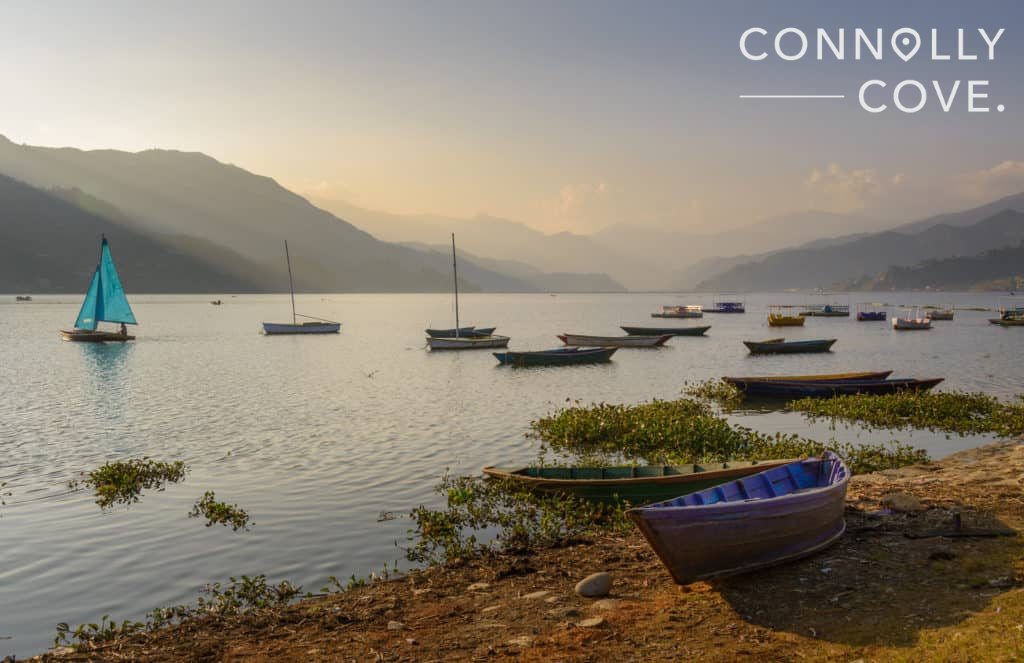
Sri Lanka
Officially known as the Democratic Social Republic of Sri Lanka, it is an island in the Indian Ocean in South Asia. Although the country’s registered history goes back 3,000 years, there is evidence of prehistoric human settlements that date back as far as 125,000 years.
Sri Lanka’s importance to international trade goes back to the ancient Silk Road and now to the maritime Silk Road. Today, Sri Lanka is home to diverse nationals and ethnicities, and its capital is Sri Jayawardenepura Kotte.
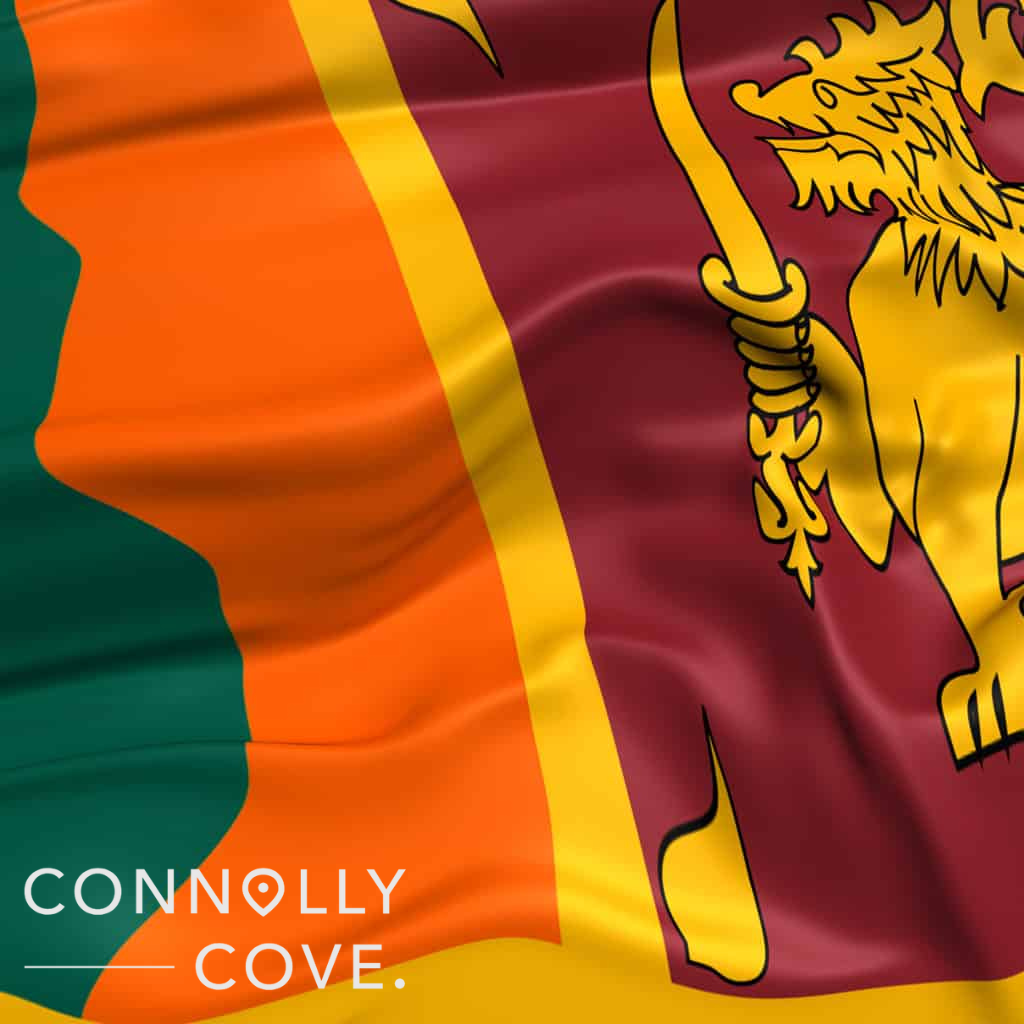
3 Interesting Attractions to See in Sri Lanka
1. Gangaramaya (Vihara) Buddhist Temple – Colombo
This Buddhist temple, completed in the late 19th century, is an exquisite mixture of Sri Lankan, Thai, Indian, and Chinese architecture. The Gangaramaya Temple is one of the most important temples in Sri Lanka. It encompasses several buildings, such as a museum, a library, and an assembly hall for monks.
This temple is a welcoming place for all people, regardless of religion or ethnicity. In close proximity to Beira Lake, the temple is also involved in several welfare and charitable works, such as old people’s homes, an orphanage, and a school.
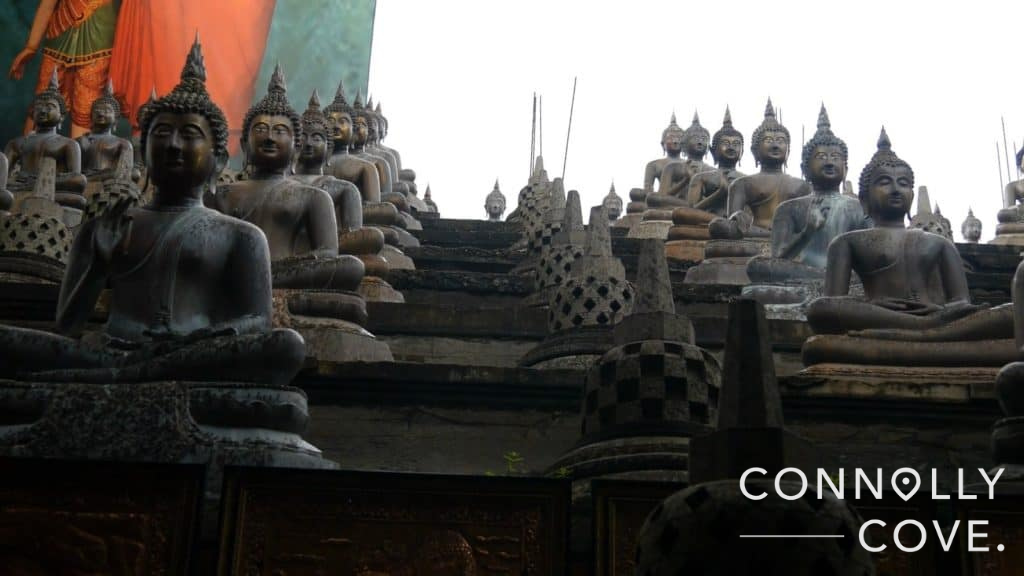
2. National Museum of Colombo – Colombo
The largest museum in Sri Lanka, the National Museum of Colombo, is home to ancient artefacts telling the story of Sri Lanka. The museum was ordered by the British Governor of Ceylon, Sir William Henry Gregory after the Royal Asiatic Society voiced to him the need for a public museum.
Construction works finished in 1876, and the museum opened to the public with great attendance the following year. In the following decades, the museum’s collections grew, especially with the addition of new buildings and halls.
Among the artefacts on display are the throne of the last Kandyan King, skeletons of animals native to the country, and the National Museum Library, which was established in 1870. Since 1885, it has been a requirement by law that a copy of any document printed be logged in the library.
3. Old Town of Galle and its Fortifications – Galle
The city of Galle is the best example of a fortified city. The fortifications were built by the Portuguese settlers, and additional fortifications were added after the Dutch took over the city. Galle’s history goes back to the old times when it was said to export precious goods such as ivory and peacocks to King Solomon.
The city has continued to be a valuable seaport, with Persians, Arabs, Greeks, Romans, Indians, and Chinese doing business in the port.
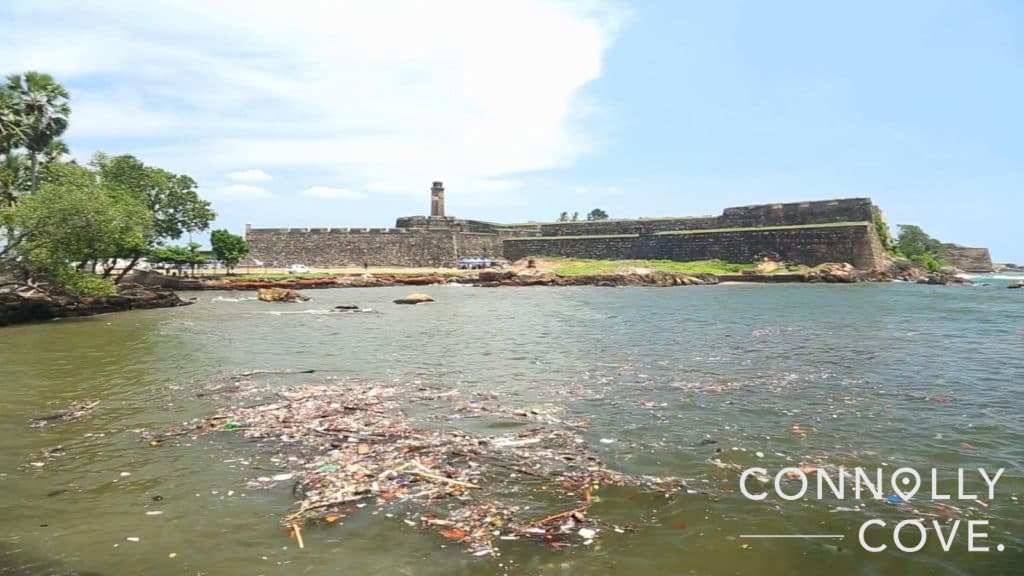
Galle Fort is the largest remaining fortress in Asia, built by European occupiers. Due to regular restoration work, the fort maintained its polished appearance. It was classified as a UNESCO World Heritage Site because of its perfect mixture of European architecture and South Asian traditions.
Several interesting sites are located near the fort, such as the Groote Kerk, the Dutch Reformed Church, and the oldest Breadfruit Tree in Sri Lanka.
Bangladesh
The People’s Republic of Bangladesh is the 8th most populated country in the world. As part of the Bengal region, the country was a part of strong naval power. The country earned its independence and emerged as a sovereign country in 1971.
Dhaka, the capital and largest city in Bangladesh, is an economic and cultural hub. It is also a major hub for the textile and garment industry and is often referred to as the “Garment Capital of the World.” The city’s ready-made garment sector plays a significant role in Bangladesh’s economy.
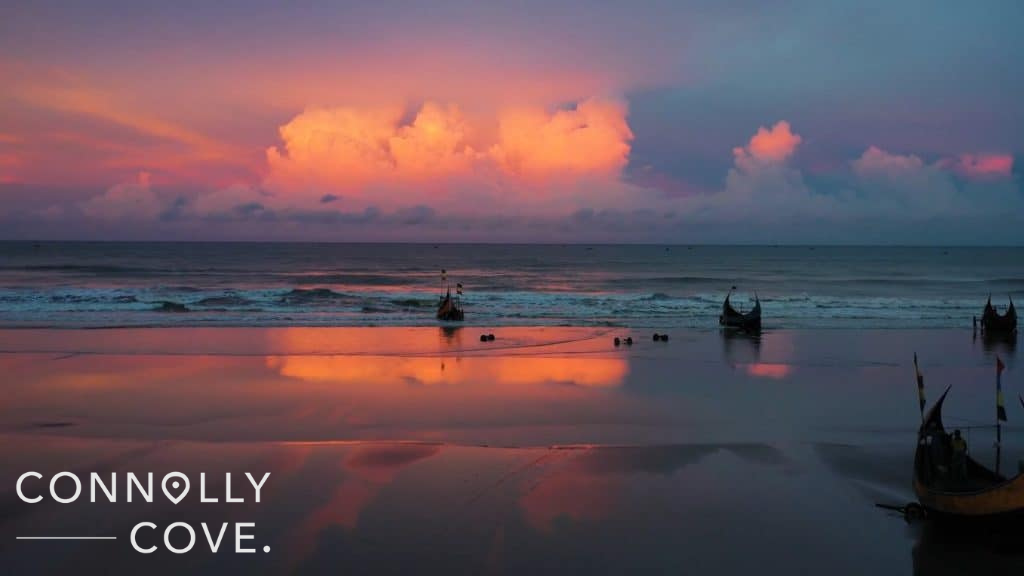
5 Places to Visit in Bangladesh
1. Ahsan Manzil – Dhaka
What is also known as the Pink Palace was built between 1859 and 1872. Built on the banks of the Buriganga River, it was the official residence of the Nawab of Dhaka. The magnificent two-story palace is a prominent example of Indo-Saracenic Revival architecture.
The palace is divided into two parts: the eastern side with the dome, called Rangmahal, and the western side, called Andarmahal. Between the two parts are drawing rooms, card rooms, a dining room, guest rooms, and many more.
The palace suffered from mismanagement and fell into disrepair when the successors of the Nawabs couldn’t afford to maintain it. The government of Bangladesh acquired Ahsan Manzil and its surroundings in 1985, and an extensive restoration process began.
Restoration works primarily aimed at conserving the original artefacts, architecture and environment of the palace and the area around it. Following the completion of restoration works in 1992, a museum was later established inside the palace.
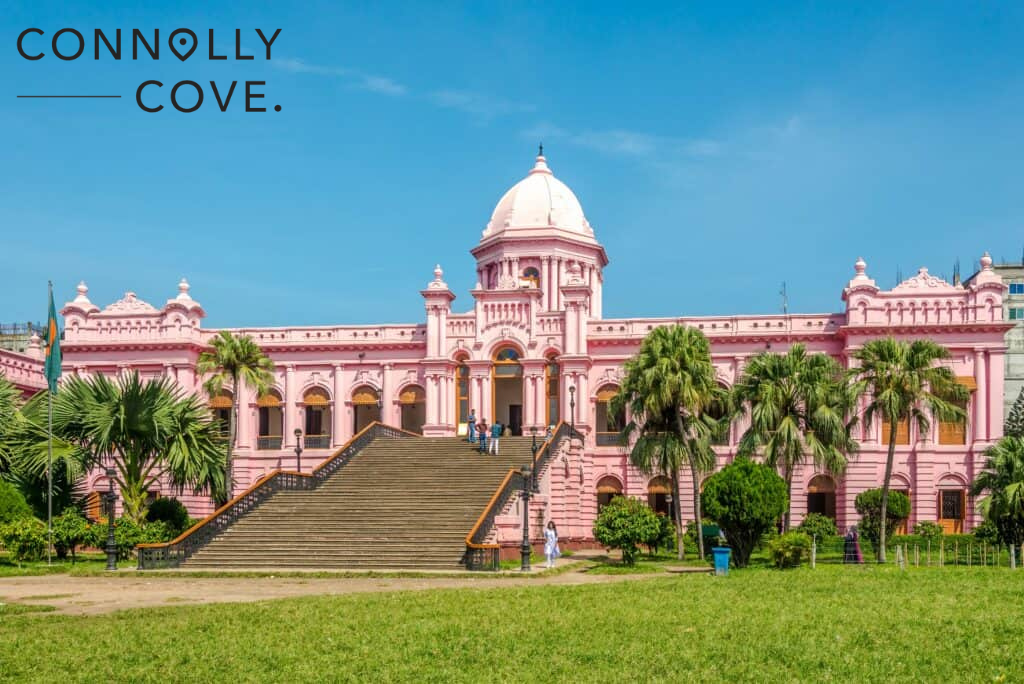
2. Curzon Hall – Dhaka
Named after the Viceroy of India, who laid the foundation stone of the building in 1904, Curzon Hall currently houses the Faculty of Sciences at the University of Dhaka. Within the halls of this building, the students of Dhaka University voiced their opposition to the choice of only English and Urdu as the official languages for addressing the Constituent Assembly of Pakistan.
The movement to establish Bengali as an official language is known to have started at the hall. Curzon Hall is one of the best examples of Dhaka’s architectural scene. The architecture blends European and Mughal elements, such as a horseshoe and cusped arches in the north façade of the building.
3. Lalbagh Fort – Dhaka
Sitting across from the modern cityscape of Dhaka is an incomplete 17th-century Mughal fort. Construction of the fort began in 1678 AD by Mughal Subahdar Muhammad Azam Shah, but construction was discontinued after his death.
The fort was eventually abandoned after the end of the Mughal era, and the capital was moved from Dhaka to Murshidabad. The fort mainly consists of three buildings: the mosque, the tomb of Bibi Pari, and Diwan-i-Aam.
Recent excavations revealed new structures in the fort area, such as utility buildings, stables, and a beautiful roof garden with fountains and a water reservoir.
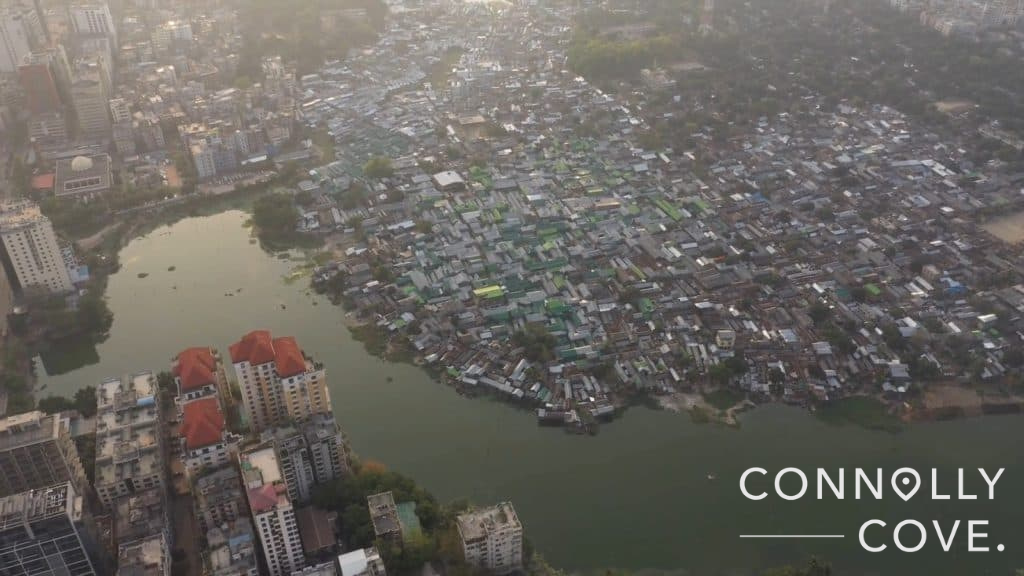
4. St. Martin’s Island – Bay of Bengal
A small island in the northeastern part of the Bay of Bengal, St. Martin’s Island has increasingly become a popular tourist attraction. With hotel resorts on the island, you can enjoy the beautiful beach under the sun while marvelling at the beautiful coral reef.
Since the entire island is only 8 square kilometres, you can walk around it in just one day!
5. Tajhat Palace – Rangpur
This early 20th-century palace is on the outskirts of Rangpur. In 1995, it was declared a national monument, and the Rangpur Museum was established on its second floor. The museum is home to many 10th—and 11th-century artefacts, examples of Sanskrit and Arabic manuscripts, and black Hindu carvings.
Pakistan
The Islamic Republic of Pakistan is the site of several ancient cultures, like an 8,500-year-old Neolithic site. Current-day Pakistan was home to many empires, including the Achaemenid. Pakistan gained its independence in 1947 and officially drafted its constitution in 1956.
Pakistan’s capital is Islamabad, and its largest city is Karachi. Karachi is known for its beautiful beaches, including Clifton Beach and Sandspit Beach, where visitors can relax, swim, and enjoy water sports.

5 Unique Tourist Destinations in Pakistan
1. Faisal Mosque – Islamabad
The largest mosque in South Asia and the sixth largest in the world, Faisal Mosque is a major tourist attraction in the capital Islamabad. Construction began in 1976, and the mosque was built at the foothills of the Himalayas.
The mosque’s unconventional design is derived from the shape of a Bedouin tent with four 79-metre-tall minarets.
Elements of classic and contemporary Islamic architecture are combined in the interior design, along with decorations inspired by both Turkish and Pakistani design styles. The interior of the mosque is decorated with beautiful mosaics and calligraphy by the famous Pakistani artist Sadequain.
A magnificent Turkish chandelier adorns the middle of the mosque. The mosque has a library, a lecture hall, a museum and a café.
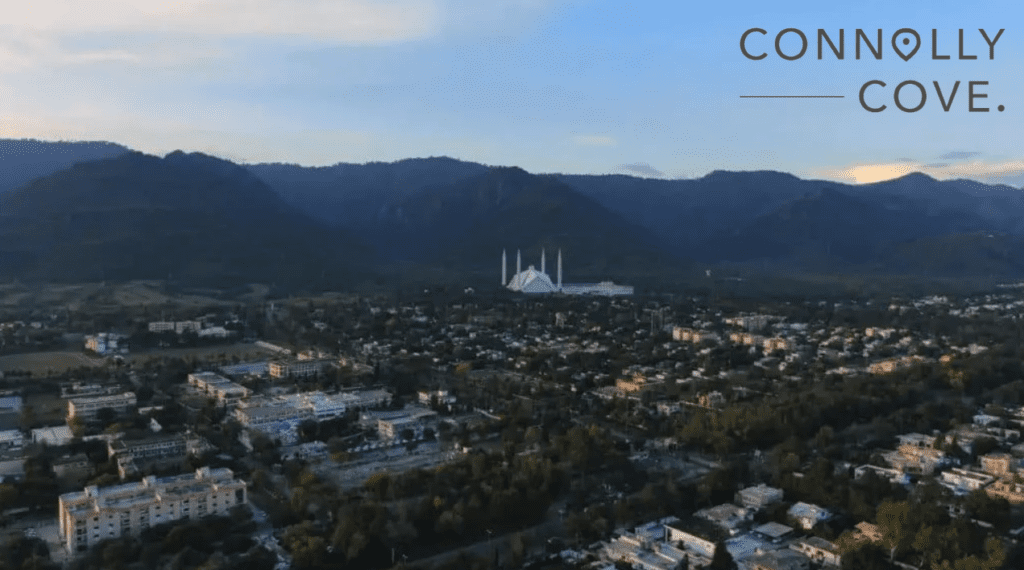
2. Pakistan Monument – Islamabad
Constructed as a symbol of Pakistani unity, this national monument is located on the western Shakarparian Hills in Islamabad. The monument is dedicated to those who gave their lives up for the better future of their country, Pakistan.
The unique design of the monument, the petal shape, is derived from the basis of the Mughal architectural style of the Subcontinent. The building process took place from 2004 until the beginning of 2007.
The Pakistan Monument Museum is adjacent to the petal-shaped monument. Its prominent wax hall depicts important events leading to the construction of the monument. The museum also has a reference library, an audiovisual archive, and a panorama hall.
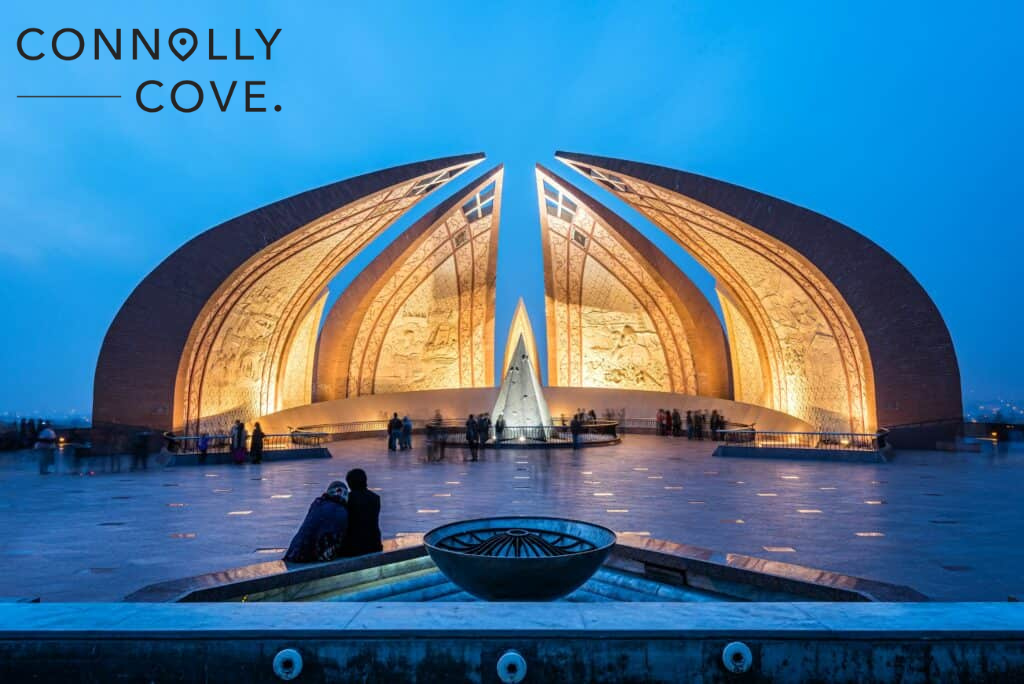
3. Mazar-e-Quaid – Karachi
Also known as the Jinnah Mausoleum, this is the final resting place of the founder of Pakistan, Muhammad Ali Jinnah. Due to its importance to the Pakistani people, the mausoleum is also known as the National Mausoleum. The complex includes four other tombs of important national figures.
From afar, the mausoleum seems very simple in style. Up close, however, the detailing of the decorations and the materials reveal the extravagant nature of the building, which uses white marble. The tomb of Miss Fatima Jinnah, Jinnah’s sister, is decorated with black floral designs at the base.
The other four tombs are all made of Italian white marble.
4. Empress Market – Karachi
Empress Market, which dates back to the British Raj era, is one of the oldest and most popular shopping places in Karachi. It was built between 1884 and 1889 and named in commemoration of Queen Victoria, Empress of India.
Everything you can think of is sold in the market, from groceries to pets.
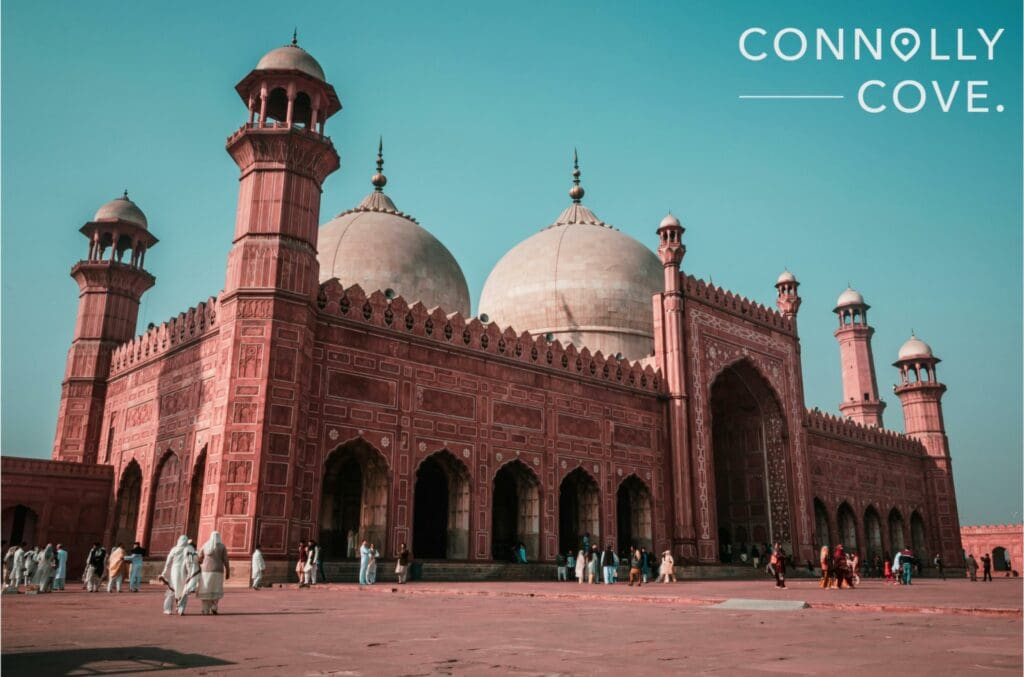
5. Mohatta Palace – Karachi
This pink and yellow stone palace was completed in 1927 as the summer residence of Shivratan Mohatta, a Hindu Marwari businessman. The exterior of the palace is decorated with motifs of different shapes and sizes. Birds’ wings adorn the large windows, and peacock motifs decorate the nine domes.
The palace has entertainment rooms on the ground floor with more private use rooms on the first floor.
Maldives
The Republic of Maldives is the smallest country in Asia, the least populated country on the continent, and the world’s lowest-lying country. Malé is the capital and is often referred to as the “King’s Island” in reference to the ancient royal dynasties that ruled from the city.
Tourism, in addition to fishing, has been a growing sector in the country’s economy.
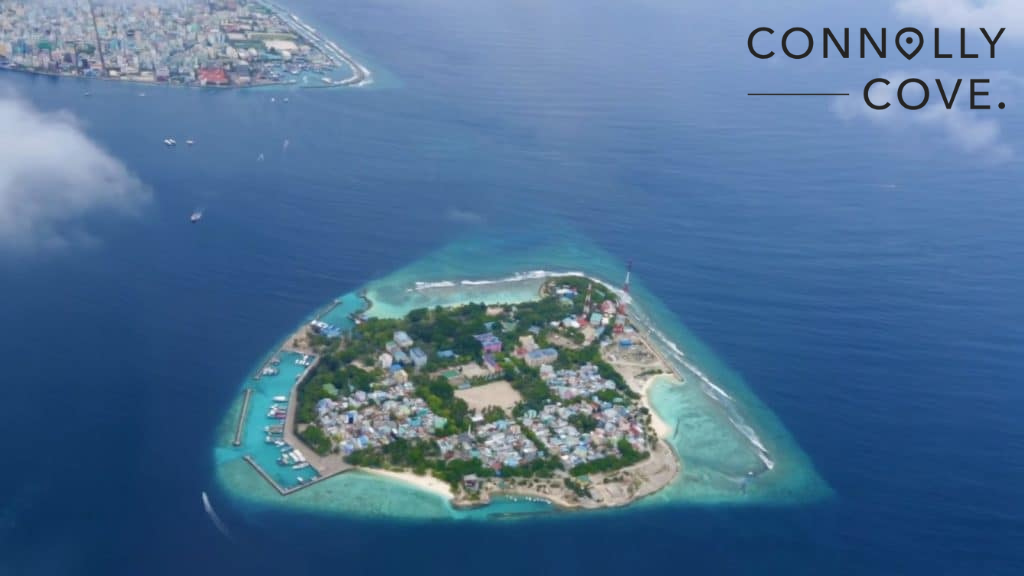
3 Iconic Tourist Attractions to See in the Maldives
1. National Museum – Malé
The first National Museum of the Maldives was opened in 1952, the Asian country’s National Day. The museum has two buildings located in Sultan Park. The old building is part of the Maldivian Royal Palace, which dates back to the 17th century.
The new building was built by the Chinese government and gifted to the people of the Maldives. It was opened on Maldivian Independence Day in 2010. The museum is home to artefacts from the pre-Islamic period up to the Islamic monarchs.
The artefacts on display include a coral stone Buddha head and a Feyli Kolhu worn by Sultan Ghaazee Mohammed Thakurufaanu-al-A”z”am.
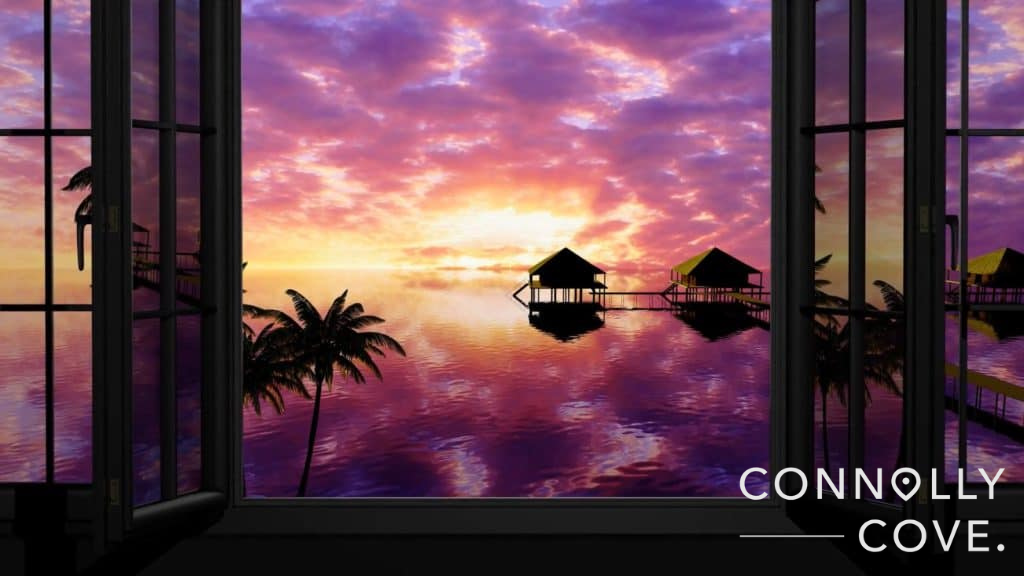
2. Friday Mosque – Malé
Also known as the “Old Friday Mosque”, this mosque is the oldest in the Maldives, built between 1648 and 1658, over an older mosque constructed back in 1153. The mosque was built with interlocking coral blocks with beautiful carvings and Quranic verses scriptures.
According to UNESCO, “the architecture, construction, and accompanying artistry of the mosque and its other structures represent the creative excellence and achievement of the Maldivian People.”
3. Diving in the Maldives
The first thing that comes to mind when talking about the Maldives is its white-sand beaches, the multi-coloured coral reefs, the diverse marine life along its shores and its warm waters. The Maldives are the perfect spot for honeymooning or having a once-in-a-lifetime experience among its beautiful shores.
The best diving spots in the Maldives are distributed between Atolls, and each atoll has its own diving sites. The Ari Atoll is the largest atoll and has diving sites such as Diguru Guri, Broken Rock, and Gangehi Kandu. The Baa Atoll has the Milaidhoo Caves and Dhega Thila. The South Male Atoll has the Cocoa Corner, and the North Male Atoll has the Banana Reef.
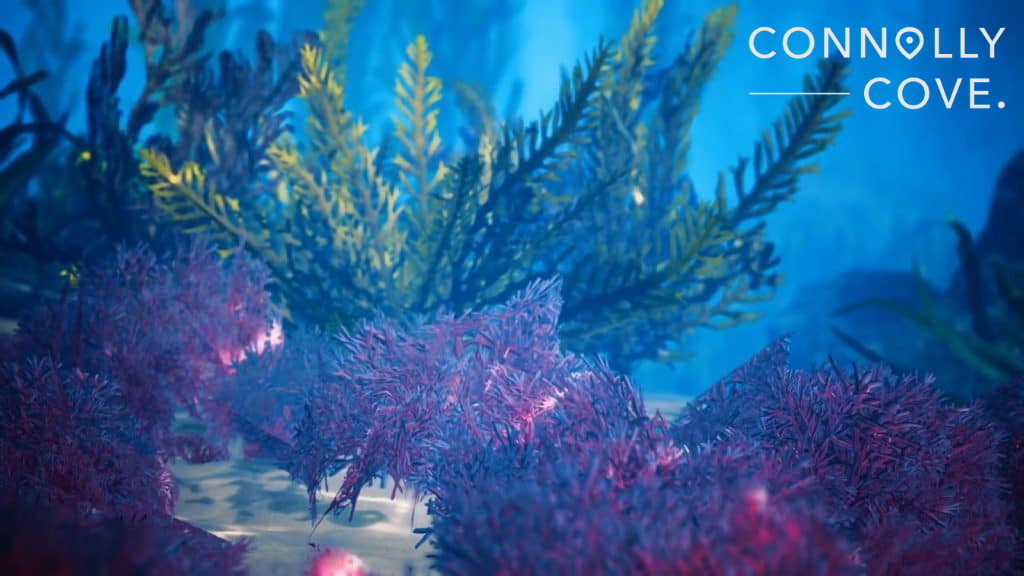
The East Asia Region (Far East)
East Asia refers to the area in the far eastern regions of Asia and has been regarded as one of the earliest cradles of civilization, especially the Chinese civilization. Some of the civilizations that made it through to the present day are the Japanese and Korean civilizations. Other civilizations have merged into neighbouring ones through time.
In total, the East Asian countries are home to about 1.7 billion people.
China
People’s Republic of China is the world’s most populated country, with more than 1.4 billion people. The Chinese civilization is one of the world’s first civilizations and has been a world economic power from the 1st to the 19th century.
The Chinese monarchy collapsed in 1912, and the country became a unitary, one-party socialist republic. Beijing is the capital, and Shanghai is the largest city. Shanghai is a dynamic metropolis known for its economic vitality, architectural marvels, cultural diversity, and vibrant lifestyle. It attracts millions of visitors to Asia each year.

4 Famous Destinations for Tourists in China
1. The Forbidden City – Beijing
Once off limits to the public, this outstanding palace will give you an inside view of how the Chinese monarchs lived from the Ming Dynasty up to the Qing Dynasty. The palace is surrounded by imperial gardens and temples, and it is the perfect example of Chinese palatial architecture.
The Forbidden City is one of the largest and most well-preserved wooden structures in the world.
The palace was built between 1406 and 1420. The city complex consists of 980 buildings and 8,886 rooms. Since 2012, the Forbidden City has welcomed an average of 14 million visitors every year.
The Palace Museum was established in 1925 in the Forbidden City complex. The museum’s collection is primarily based on the Qing imperial collection, which included paintings, seals, ceramics, and structures. The Imperial libraries housed collections of rare books and historical documents.
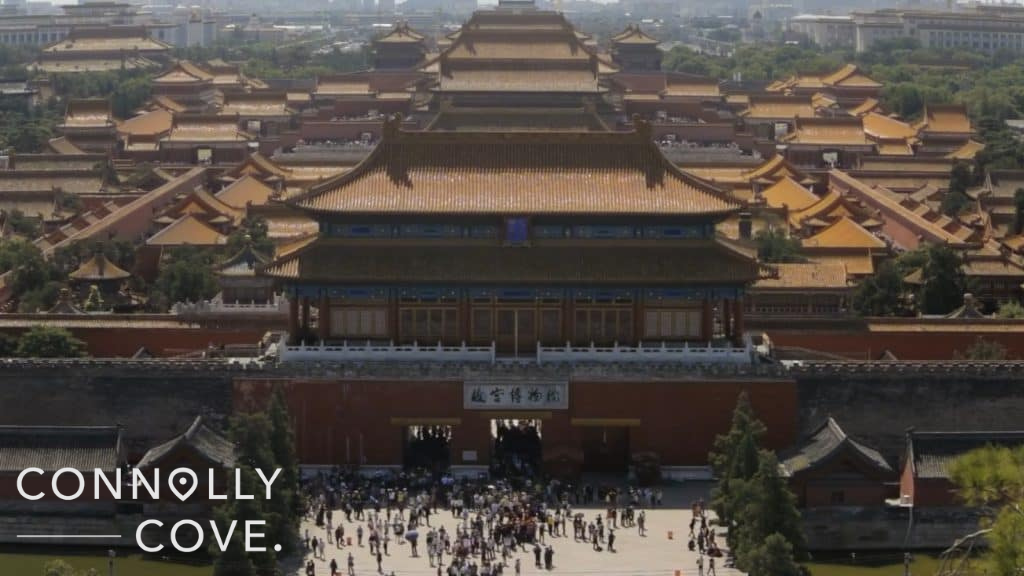
2. The Great Wall – Badaling/Beijing
Badaling is the most visited portion of the Great Wall of China in the country. It is about 80 kilometres northwest of the city of Beijing. This section of the wall had strategic importance reflected by the addition of a military outpost when it was built back in 1504.
After restoration works on Badaling, the first portion of the wall opened to tourists in 1957, and since then, it has received millions of visitors every year. The surrounding area was also developed to accommodate the increasing number of tourists, with the building of hotels, cable cars, and restaurants.
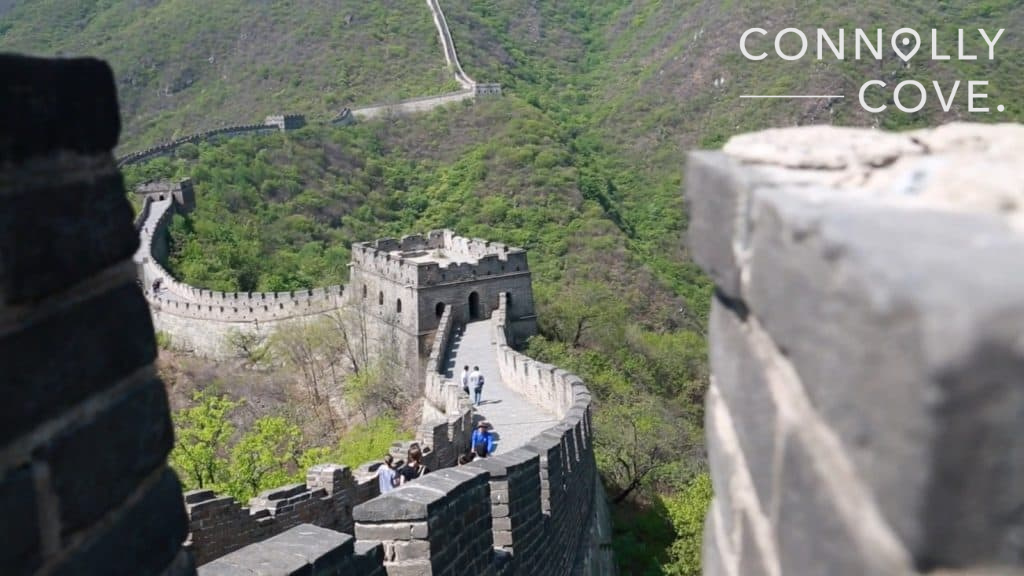
3. Waitan – Shanghai
Spend your time among the historical buildings on the riverfront of the Huangpu River. Also known as The Bund, this protected historical district allows you to get a full view of the cityscape of Shanghai. There are 52 buildings in Waitan spanning most architectural styles from Romanesque to Art Deco.
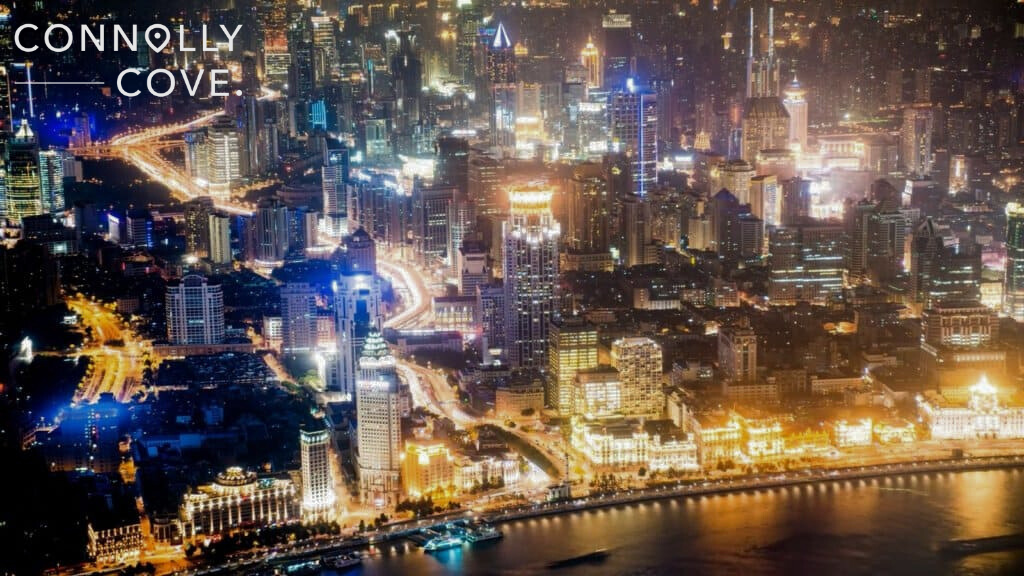
4. Yu Garden – Shanghai
The Garden of Happiness, Yu Garden, is a wonderful Chinese garden located beside the City God Temple in the northeast of the Old City of Shanghai. Though construction started in 1559, it wasn’t completed until 1577. The garden was first opened to the public in 1780.
In the following decades, the garden suffered damage several times during the 19th century because of wars and rebellions. Eventually, the garden underwent massive restoration works from 1956 to 1961, after which it was opened again to the public.
The garden is divided into six main areas: Sansui Hall, Wanhua Chamber, Dianchun Hall, Huijing Hall, Yuhua Hall and the Inner Garden.
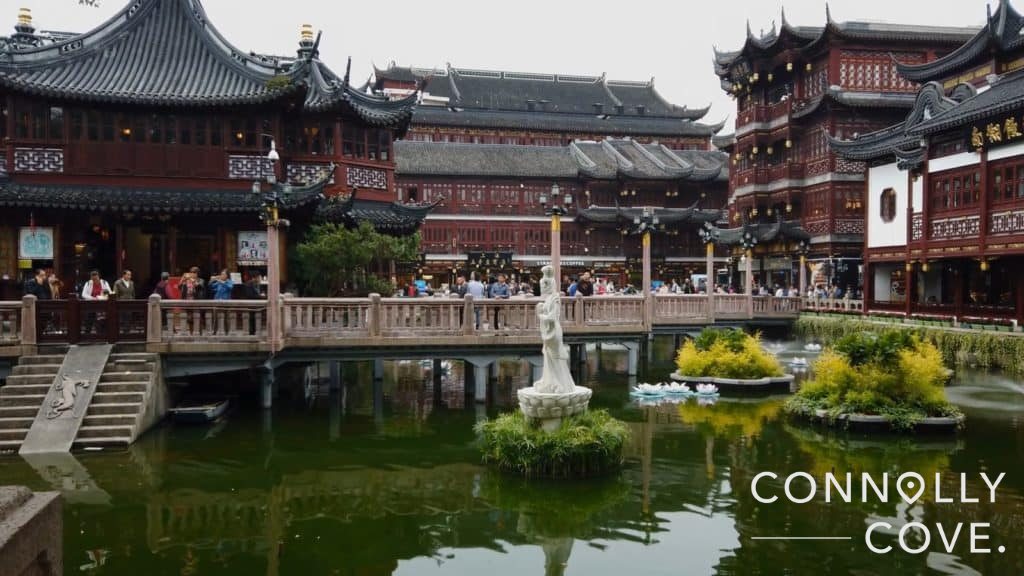
Japan
Japan is an Eastern-Asian island country that consists of 6852 islands. Japan is part of the Ring of Fire and about three-fourths of it is mountains. Even though the first human existence in Japan dates back to the Upper Paleolithic period (30,000 BC), the first written mention of it dates back to the 2nd century AD.
The different aspects of Japanese culture are famous around the world, most prominently Manga and Anime. Tokyo is the capital of Japan and a fashion capital known for its cutting-edge street style and trend-setting fashion districts like Harajuku and Shibuya.
The Asian city is also famous for its cherry blossoms, which bloom in spring and draw crowds of visitors to parks and gardens for hanami (flower-viewing) picnics.
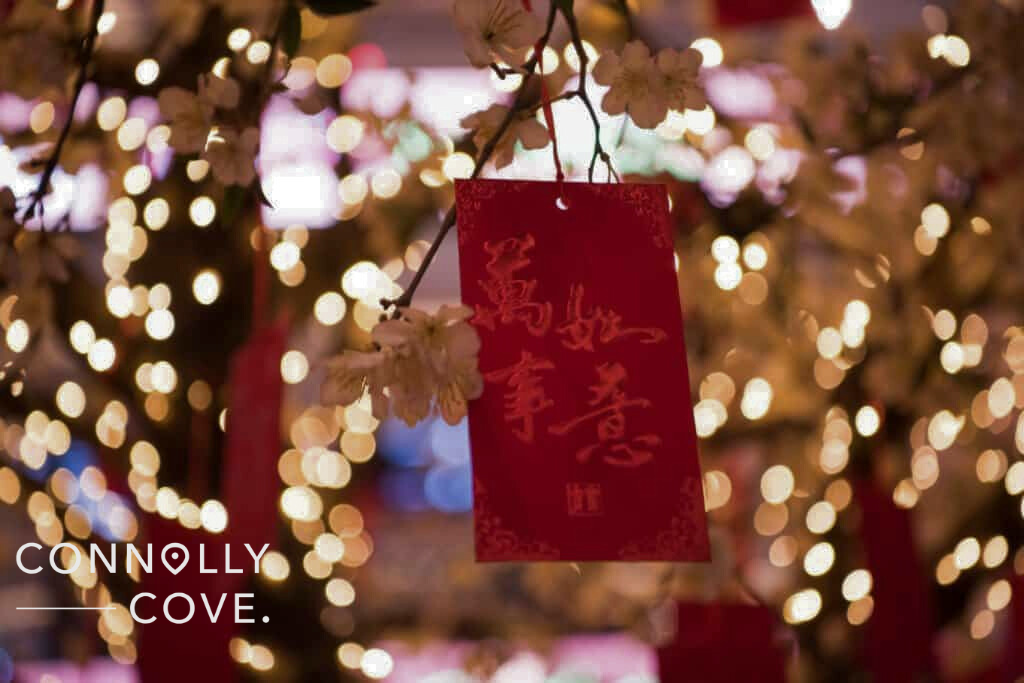
6 Unforgettable Places to Visit in Japan
1. Ueno Park – Tokyo
An umbrella of cherry blossoms and hanami make Ueno Park the most visited public park in Japan. The park was founded in 1873, following the Western example of borrowing international practices, a characteristic of the Meiji Period.
The park features more than 8,800 trees and extensive shrubs. It is home to many species of plants that are native to Asia.
The park area includes several museums, such as the National Museum of Western Art, the Tokyo Metropolitan Art Museum, the Japan Academy, the Imperial Library, and the International Library of Children’s Literature.
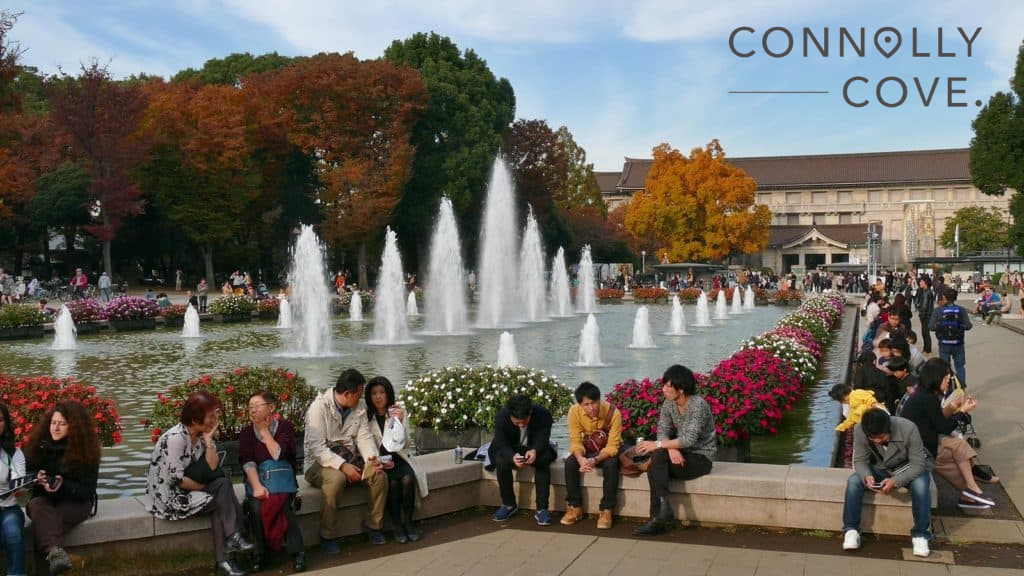
2. Tokyo National Museum – Tokyo
Enclosed in the area of Ueno Park, the Tokyo National Museum is the oldest national museum and largest art museum in Japan and one of the largest in the world. The beginning of the museum goes back to the Shoheizaka Exhibition of Imperial Artwork in 1872.
The museum has an extensive collection of artwork and cultural objects from Asia with a focus on Japanese and Asian art along the Silk Road.
The museum consists of the Honkan, which houses the Japanese Gallery; the Toyokan, which holds the Asian Gallery; and the Heiseikan and Hyokeikan for special exhibitions. It also includes the Gallery of Horyuji Treasures, the Kuroda Memorial Hall, and the Research and Information Center.
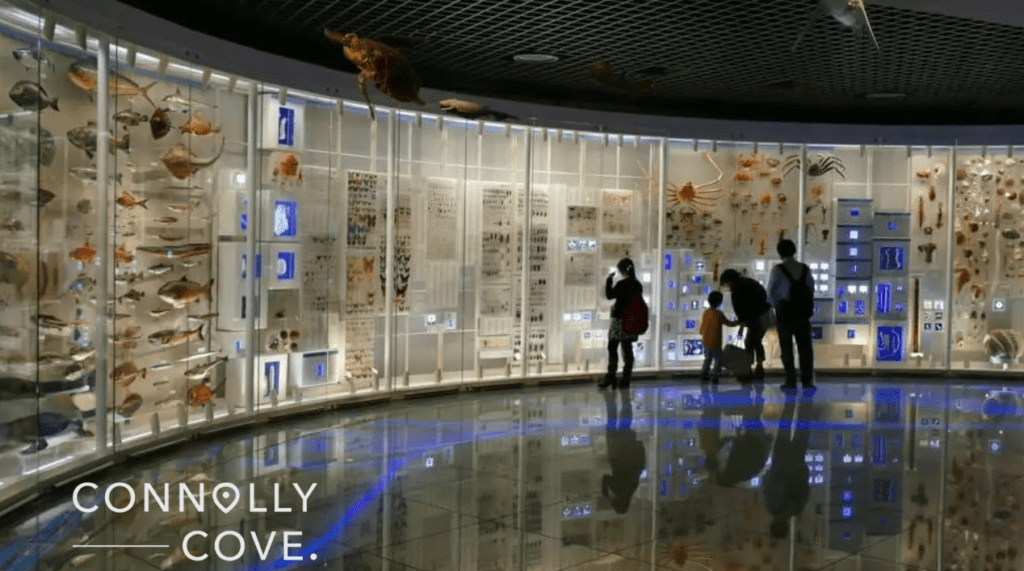
3. Shinjuku Gyo-en – Tokyo
Once the residence of the Naitō family during the Edo period, they built a garden on the land in 1772. Prior to becoming an imperial garden, the area was once an experimental centre and a botanical garden. The current layout of the garden was set in 1906 and was largely destroyed in the Second World War.
The park was reopened to the public after the restoration works following WWII in 1949.
The garden mixes three distinct styles: French Formal, English Landscape, and traditional Japanese. It is open from 9:00 a.m. to 4:30 p.m. and usually closes on Mondays except during the cherry blossom season, from late March to late April and early November. The last admission is at 16:00 p.m.
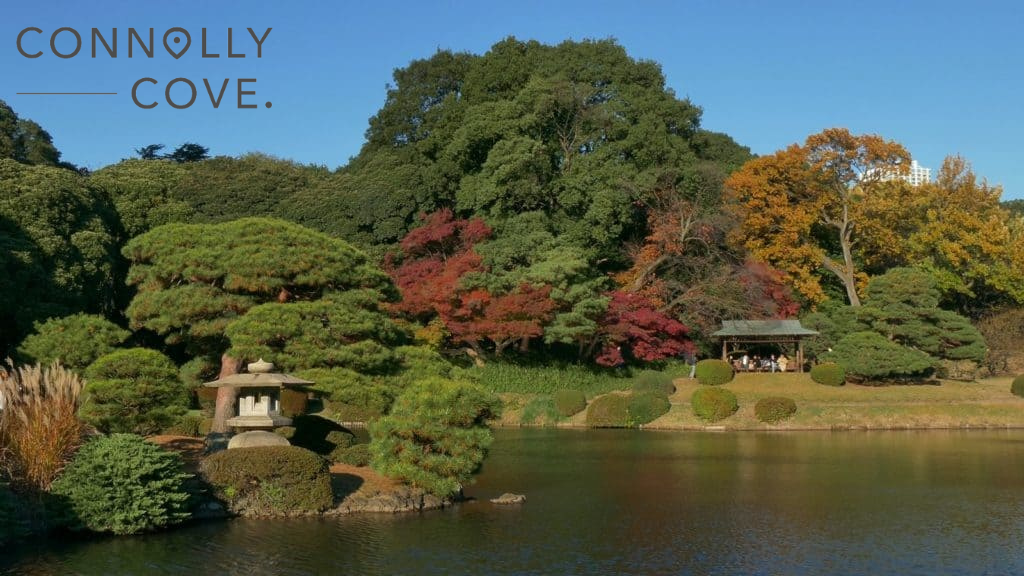
4. Edo-Tokyo Open Air Architectural Museum – Tokyo
This open-air museum of Japanese buildings provides examples of all Japanese households, from the middle class to the wealthy and powerful. Established in 1993, the museum allows visitors to explore buildings from different periods and architectural styles, especially those from the Meiji Period.
Unfortunately, the buildings from the Meiji Period are often inaccessible to the public and tourists.
5. Kyoto Samurai and Ninja Museum & Experience – Kyoto
This museum is the perfect experience, and whether you’re a Japanese martial arts enthusiast or an amateur, you’re guaranteed to have a great time. The exhibition shows the history of the Samurai weapons and armour in addition to tools and objects commonly found in the medieval period of Japanese history.
The most impressive display in the museum is the wall of swords. A Samurai’s sword was considered to be their soul, and for many martial arts enthusiasts and practitioners, seeing such swords up close is a rewarding experience. You can book tickets online with special discounts on different programs.
6. Kyoto International Manga Museum – Kyoto
Manga is a worldwide Japanese graphic novel genre with a global fan base. The museum was established in 2006 and houses more than 300,000 items. Of these, 50,000 volumes of manga can be read by the public and about 250,000 in the closed-stacked collection.
South Korea
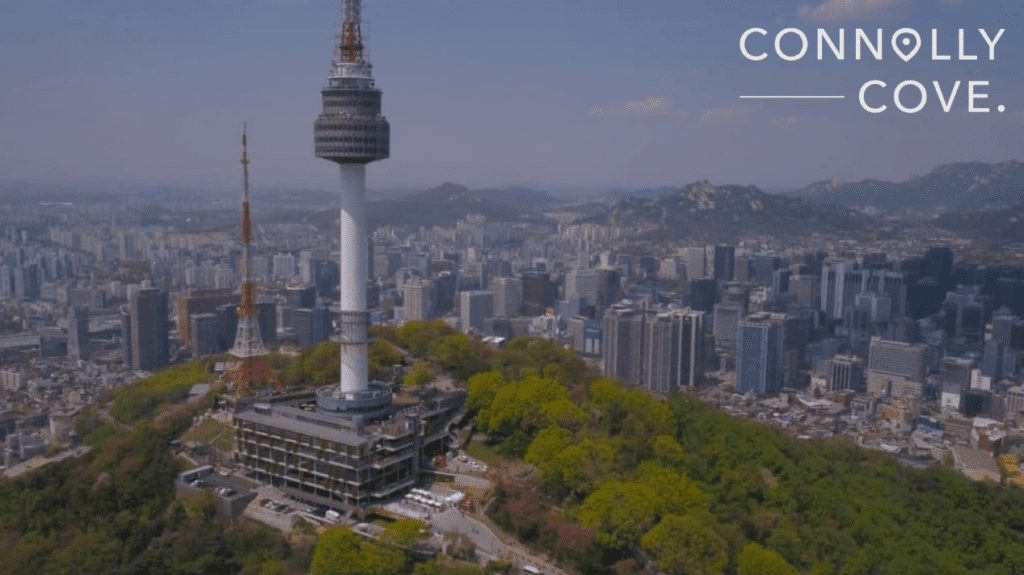
The Republic of Korea occupies the southern part of the Korean Peninsula, and almost half of its population lives in the capital, Seoul. While the Korean Peninsula has been inhabited since as early as the Lower Paleolithic period, it was only after the Korean War ended (1950 – 1953) that the peninsula was divided into two countries.
South Korean citizens enjoy many services under the democratic rule of the country. The Korean Wave, the effect of the country’s cultural aspects, including K-Pop, K-Drama and movies, has been spreading all over the world.
6 Fascinating Places to Visit in South Korea
1. Gyeongbokgung Palace – Seoul
The most beautiful of the five palaces built by the Joseon Dynasty, the Gyeongbokgung Palace was home to the Joseon Kings, their households, and the government. With a whopping 7,700 rooms, the palace isn’t only a prominent feature of the architectural principles of ancient Korea. It also houses the National Palace Museum and the National Folk Museum.
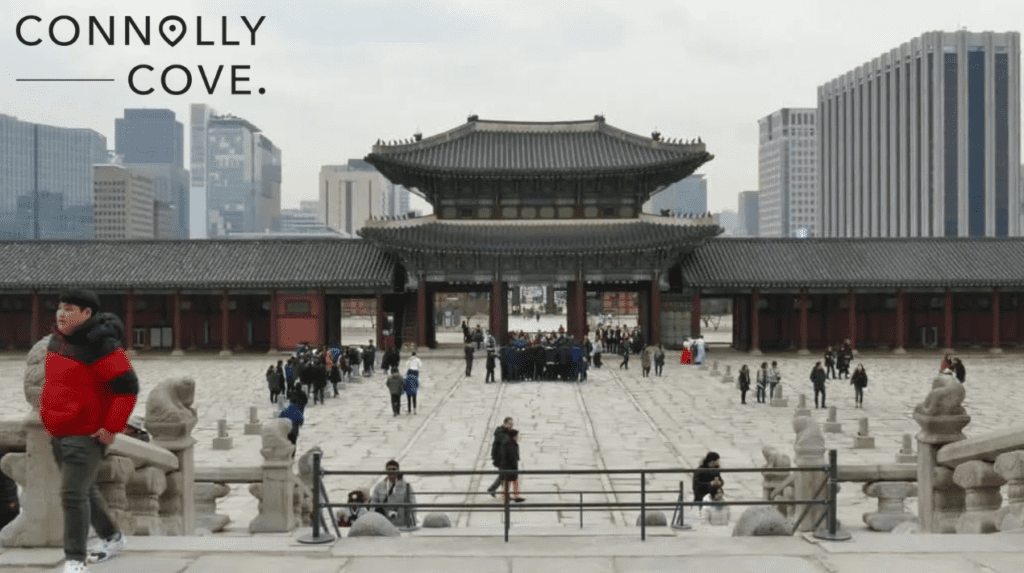
2. Deoksugung Palace – Seoul
One of the Five Grand Palaces built by the Kings of the Joseon Dynasty, this palace is more like a complex of buildings with different architectural styles. Some buildings include cryptomeria wood, painted wood, and stucco, while others were built with stone as a replica of Western palatial architecture.
In addition to the palaces, there are forested gardens, a statue of King Sejong the Great, and the National Museum of Art.
The changing of the guards in front of Daehanmun Gate is a popular event among Koreans and tourists alike. One thing to be aware of when visiting Deoksugung is if you’re a couple travelling together, better not walk through the Stonewall walkway of the complex, as legend says that all couples who walk down that road are destined to break up!
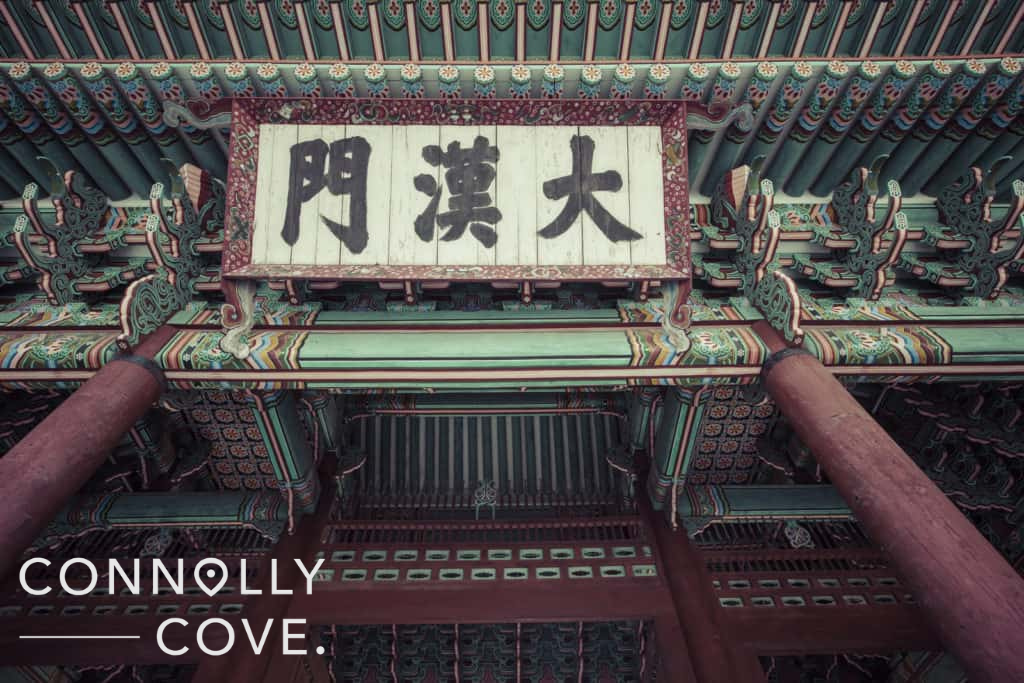
3. Myeongdong Shopping Street – Seoul
This mostly commercial area is one of Seoul’s main shopping, parade, and tourist districts. It was mainly residential during the Joseon Dynasty but became more commercial during the Japanese era. After the Korean War, the area was rebuilt, and department stores, high-rise buildings, shopping centres, restaurants, and boutiques were built.
The newly restored area became very popular in the 1970s. Today, Myeong-dong was designated as a special Tourism Promotion Area and is one of the stops on the official Seoul City Bus tour’s main route. Retail shops in the dong range from mid- to high-priced, and there are international brand outlets as well as Korean cosmetics brands.
Since 1982, the Myeongdong Festival has been hosted twice a year to liven up the area and encourage tourism. From the end of March to the middle of April and the month of September, the area becomes full of parades, music and dance performances and fashion shows.
Many stores offer special sales during the festival period to encourage tourists.
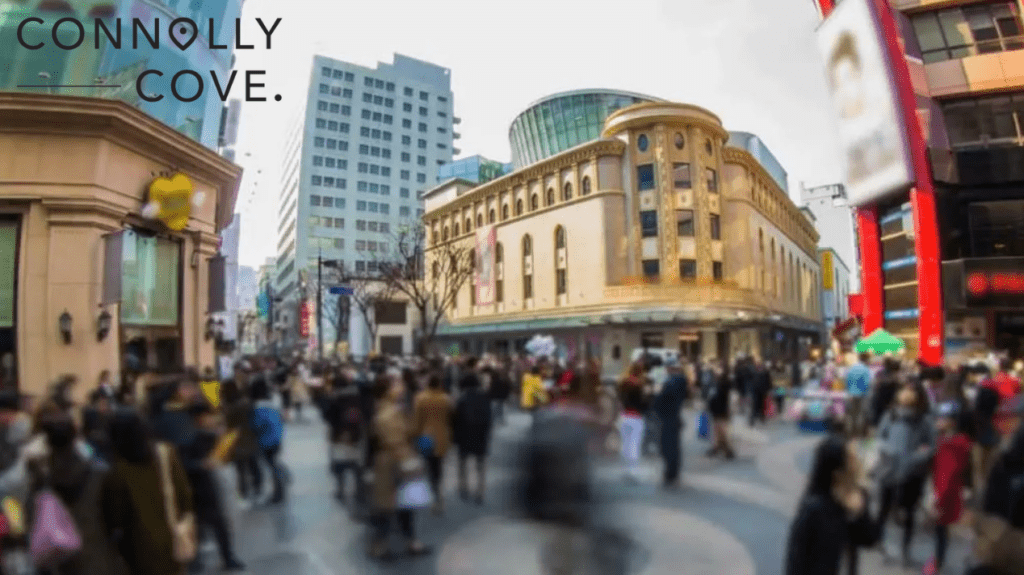
4. Udo island in Jeju – Jeju
One of the most visited spots on Jeju Island, Udo, is the largest island in Jeju City, the capital of Jeju Island. Udo means Cow Island in Hanja, which is a Korean word of Chinese origin because the island looks like a cow lying down.
The island is mainly made of dry lava and has several beaches, a cave, and a museum. Udo is best explored by renting a bike and cycling around the entire island.
5. Jeju Stone Park – Jeju
Opened in 2006, works in the Jeju Stone Park were finished earlier in 2021. In addition to the stone park, a Stone Museum and the Exhibition Hall for Jeju Stone Culture were established. The statues in the stone park are all made of lava stones.
The museum explains the stone culture of Jejudo Island, and it houses many significant items, such as a stone pagoda used to repel evil forces and misfortunes.
6. Geumjeongsanseong – Busan
Geungjeong Mountain Fortress was built in 1703 to defend the city from successive attacks. The walls around the fortress were built in 1707. After a century of abandonment, the fortress was restored in 1807, and it stood tall until its destruction during the Japanese occupation.
Restoration works began again in 1972 and continued until 1989. More extensive restoration work was carried out from 1996 to 2010. Today, Geumjeongsanseong is the largest mountain fortress in South Korea. The area around the South Gate of the fortress is a popular resting area.

Taiwan
The Republic of China is an island country in East Asia. Evidence of human habitat on the island goes back to around 6,000 years ago. The “Taiwan Miracle” refers to the rapid economic and industrial growth the country has gone through in the early 1960s.
Taiwan is highly ranked in several human development fields, such as education, civil liberties, and health care. The ROC’s capital is Taipei, which is famous for its bustling night markets. Here, locals and tourists alike enjoy delicious street food, shop for clothes, and experience the lively atmosphere.
3 Can’t-Miss Locations in Taiwan
1. Dalongdong Baoan Temple – Taipei
Dedicated to Paosheng, the god of medicine, this temple was built in 1804 to replace a wooden shrine on the same site. The present temple grounds are a result of several restoration and extension works undertaken all throughout the 20th century.
Following years of neglect, a new round of restoration works took place in 1995. The Taipei Confucius Temple is adjacent to the Baoan Temple.
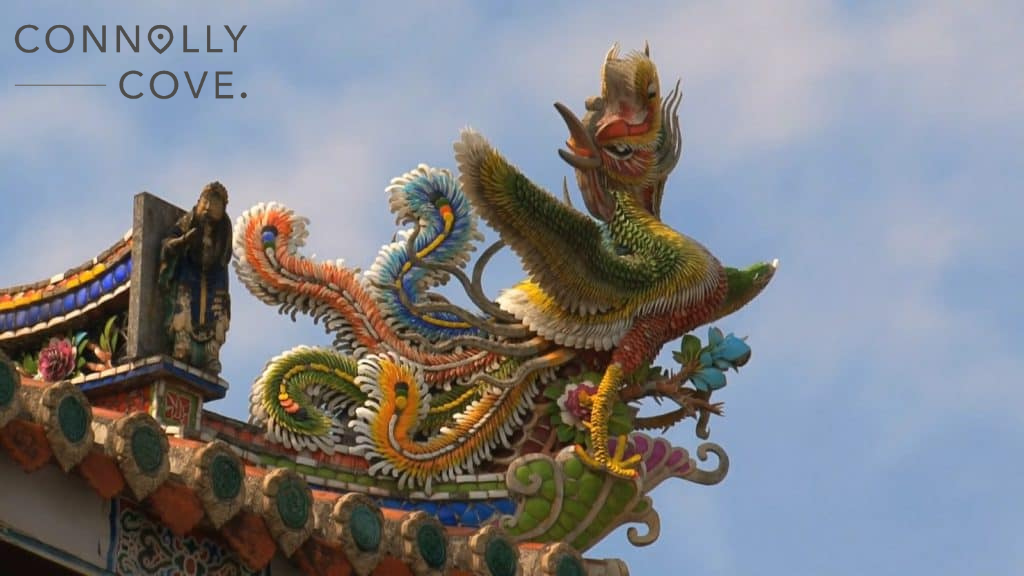
2. Miniatures Museum of Taiwan – Zhongshan/ Taipei
Founded in 1997 by Mr Lin Wen-ren and his wife, this miniatures museum is the first museum in Asia to collect miniatures. The Wen-rens fell in love with miniature art ever since buying toys for their children, then they discovered miniature art during a trip to the Netherlands.
They began planning their museum in 1993 after taking part in several auctions and joining international miniature art associations.
The Miniatures Museum of Taiwan is ranked second in the world with a collection of about 200 objects. However, it is the first museum in the world to specialize in contemporary miniatures. The museum has two formats: the doll house and the room box with cut-away views.
3. Taichung Folklore Park – Beitun/ Taichung
The Taichung City Council started building this cultural centre in the Beitun district of Taichung in 1984, and the park was opened to the public in 1990. The park has several important buildings, such as the Folklore Hall, Folklore and Cultural Heritage Hall, and Folk Arts Hall.
The park displays the Folk heritage of people from the coastal area of Fujian at the end of the Qing Dynasty.
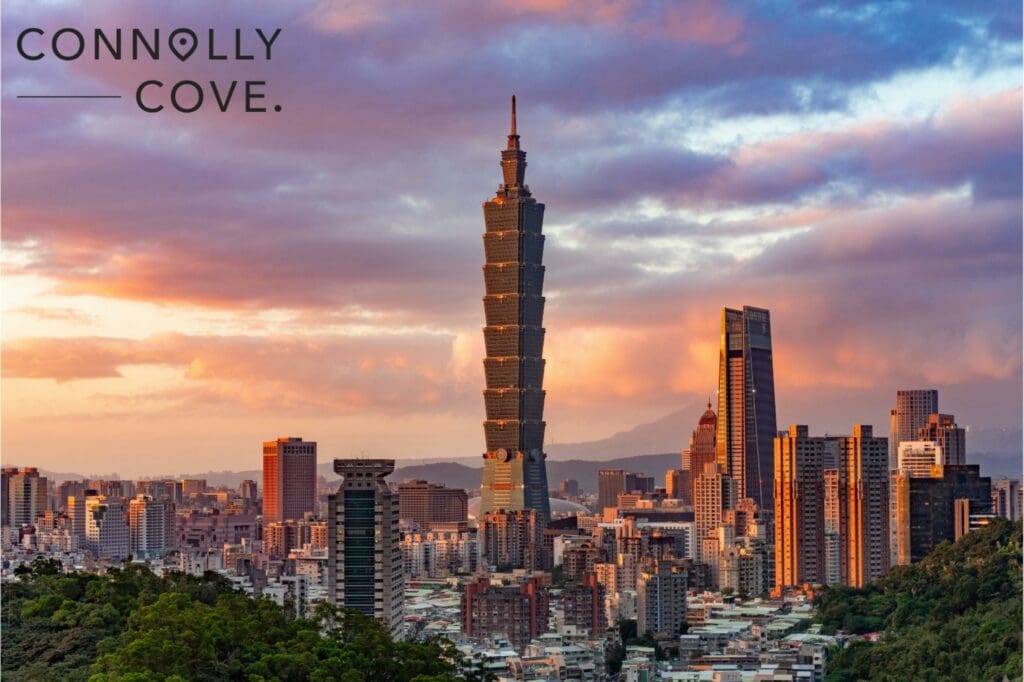
Southeast Asia Region (East Indies and Indochina)
Southeast Asia consists of the regions of south China, southeast of the Indian subcontinent, and northwest of Australia. It constitutes 3% of Earth’s total area and has about 8.5% of the world’s population. The region is home to diverse ethnicities, languages, and religions.
The climate in the continent is mainly tropical-hot and humid all year round, with plenty of rain.
Thailand
The Kingdom of Thailand is historically known as Siam. The Tai peoples originally migrated from China to Southeast Asia in the 11th century. During Western Imperialism in Asia, Siam was the only country not to fall under foreign colonization.
Siam became a constitutional monarchy in 1932 and changed its name to Thailand. The Thai economy is the second largest in Southeast Asia, with booming sectors of manufacturing, agriculture, and tourism. Bangkok is Thailand’s capital and largest city.
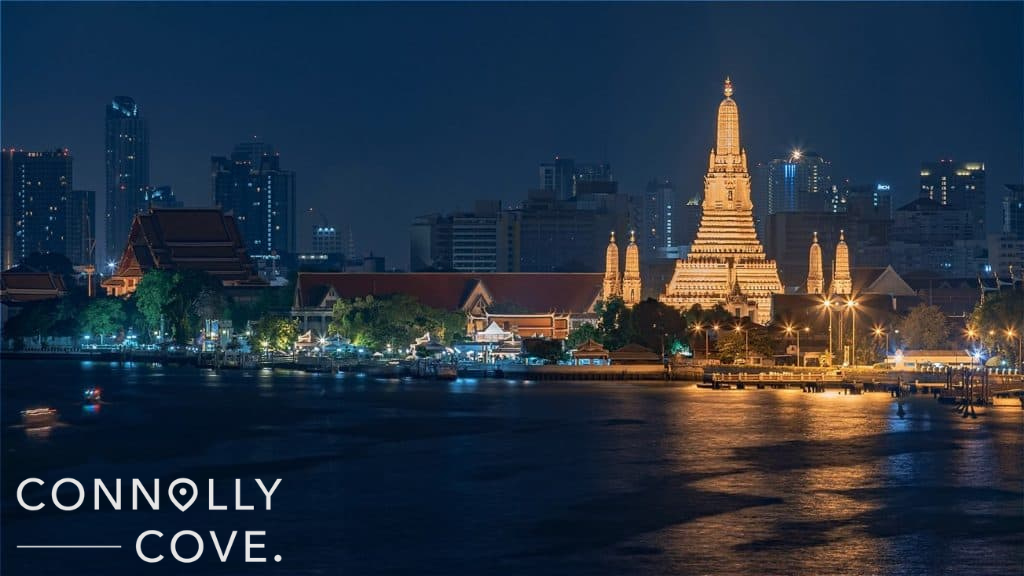
4 Popular Tourist Destinations to Visit in Thailand
1. Wat Arun – Bangkok
The Temple of Dawn is one of the most important landmarks in Thailand. Its 70-metre spire is decorated with tiny pieces of Chinese porcelain. The current temple was built on the site of a previous Buddhist temple in the Ayutthaya Kingdom.
Wat Arun was mentioned in historical chronicles as early as the 17th century. However, the spire was only built in the 19th century. Wat Arun has a distinctive architectural style. The main spire is encrusted with colourful porcelain, while the four smaller satellite spires are decorated with seashells and porcelain pieces.
Around the base of the central spire are figures of ancient Chinese soldiers and animals. Statues of two giant mythical demons guard the Eastern gate of the main chapel.
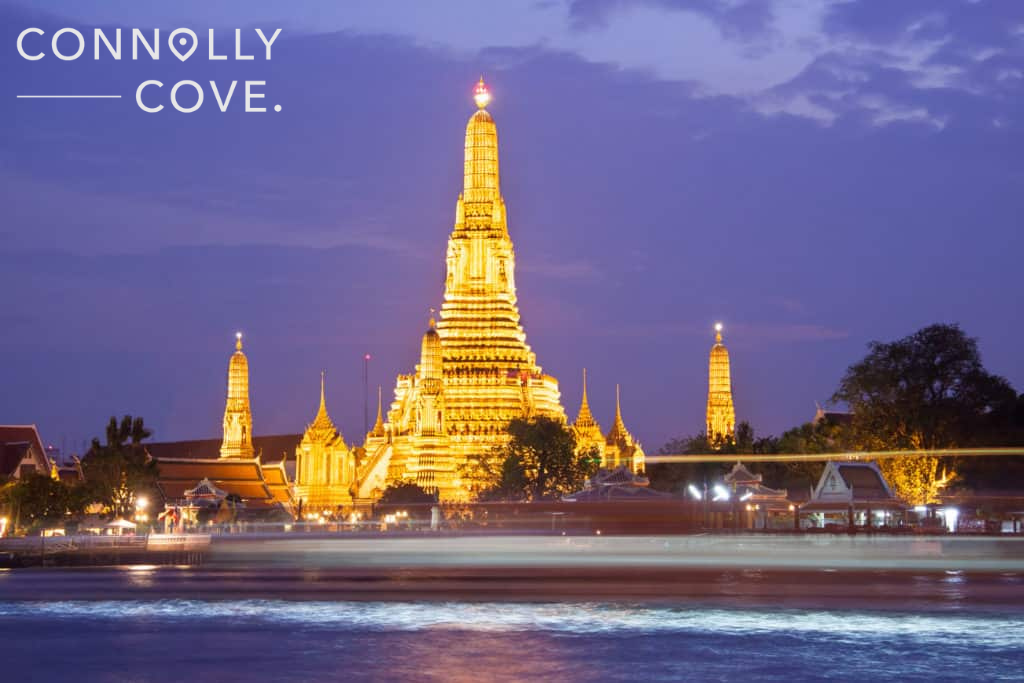
2. Chatuchak Weekend Market – Bangkok
The world’s largest and most diverse weekend market lies in the Chatuchak district of Bangkok. The market was established in 1942 and grew extensively over the years to include all sorts of goods and shops.
In this market, you will find everything you can think of, from clothes and accessories to plants and gardening materials to books and even antiques.
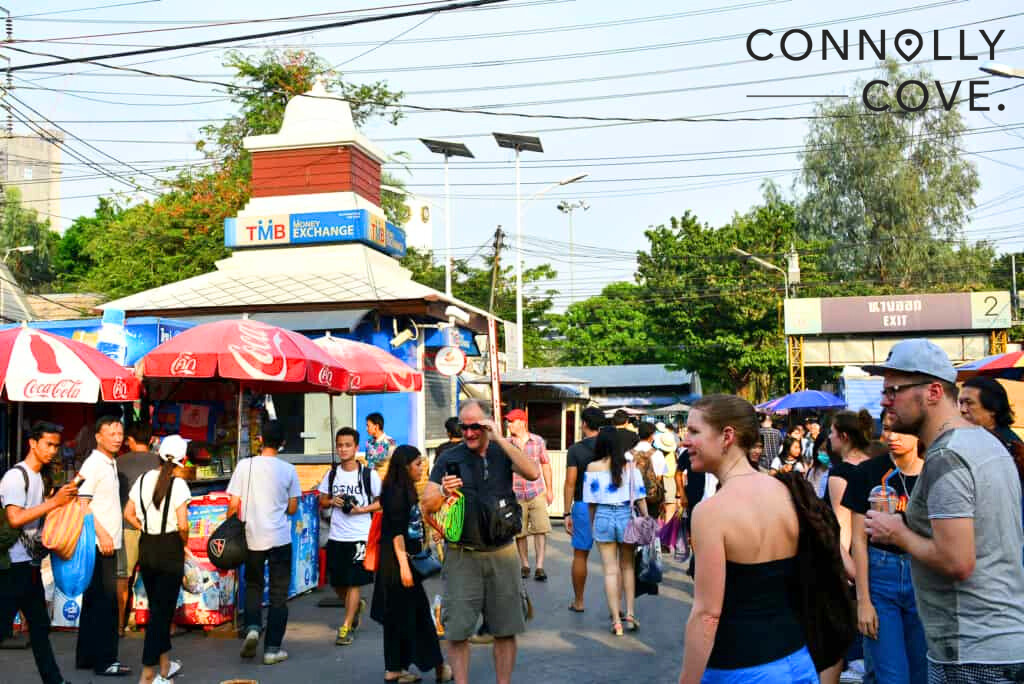
3. Wat Phra That Doi Suthep – Chiang Mai
Situated on a mountain at an elevation of 1,073 metres, this Buddhist temple offers breathtaking views of the province of Chiang Mai. The temple is often referred to by the name of the mountain: Doi Suthep. The temple’s founding remains a mystery, but it’s been said that a temple was built on the site in 1383, and over time, it was expanded and given a more extravagant appearance.
Legend says that the temple is home to a piece of Buddha’s shoulder bone, hence its name. “Phra” means an honorific Buddha image. “That” means a relic, and combining the two words means that a relic of Buddha is enshrined in the temple or “Wat.”
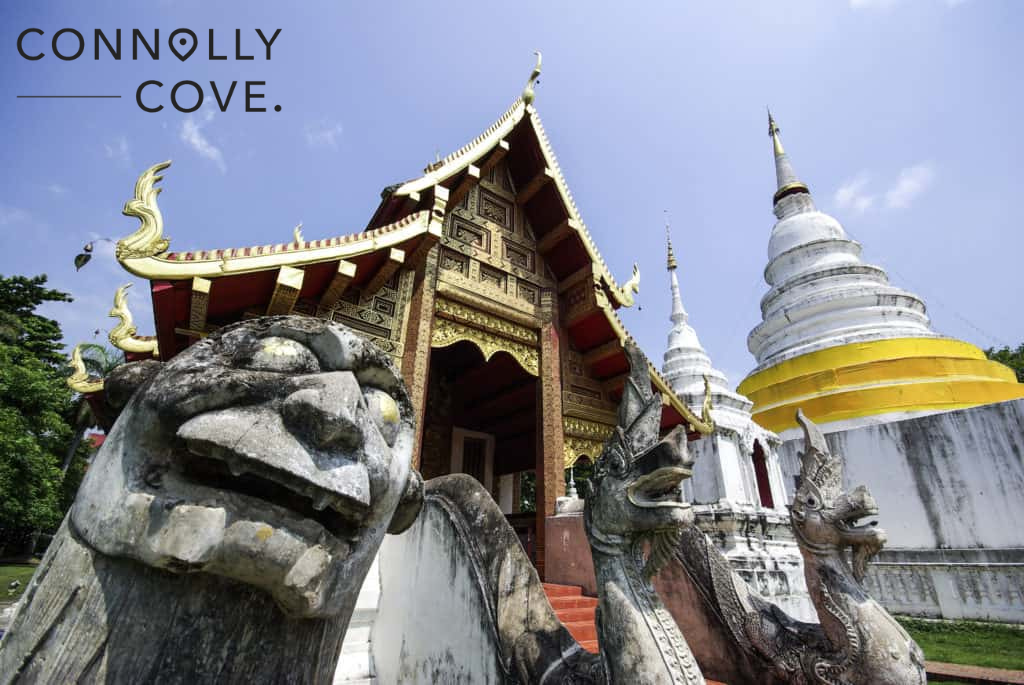
4. Sukhothai Historical Park – Sukhothai
This UNESCO World Heritage site is home to the ruins of Sukhothai, the capital of the Sukhothai Kingdom, during the 13th and 14th centuries. The park consists of city walls that engulf building ruins inside.
The walls of the park are 2 kilometres by 1.6 kilometres, enclosing the remains of the royal palace, twenty-six temples and a museum.
Vietnam
The Socialist Republic of Vietnam was inhabited by humans back in the Paleolithic era. The country had been through several wars before the unification of the land in 1975. Economic growth plans were initiated in 1986 to transform the country into a market-oriented economy.
Today, Vietnam is considered one of the fastest-growing economies of the 21st century. Vietnam’s capital is Hanoi, and its largest city is Ho Chi Minh City, formerly known as Saigon. Ho Chi Minh City has a rich historical background, particularly related to the Vietnam War.
Visitors can explore sites such as the War Remnants Museum, Cu Chi Tunnels, and Independence Palace (formerly known as the Reunification Palace), which offer insights into Vietnam’s turbulent past.

4 Attractions You Can’t Miss in Vietnam
1. Văn Miếu – Hanoi
Otherwise known as the Temple of Literature, Văn Miếu is a temple dedicated to Confucius in the Vietnamese capital, Hanoi. Established in 1070, it is one of many dedicated to the philosopher.
Before the celebration of the Vietnamese Lunar New Year, calligraphists gather outside the temple to write wishes using Hán characters. The artworks are later given as gifts or used as decorations for special occasions.
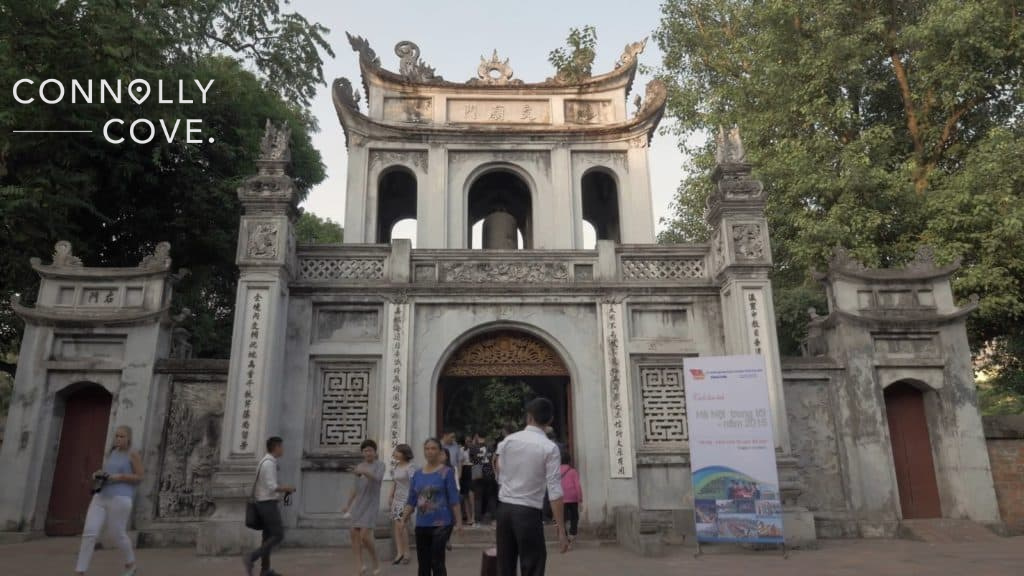
2. St. Joseph’s Cathedral – Hanoi
Named after the patron saint of Vietnam, St. Joseph’s Cathedral is the oldest church in Hanoi. It was constructed from 1886 to 1886 using a 19th-century Neo-Gothic architectural style. The church was one of the first structures built by the French colonial government in Indochina, and it is frequently said to resemble the Notre Dame de Paris.
The cathedral’s stained glass windows were made in France before being transported to the church in Hanoi. Mass is held at the cathedral several times a day. Prayer hymns of the church mass are always broadcast, and even those who cannot enter the church congregate outside and listen to the hymns in the street.
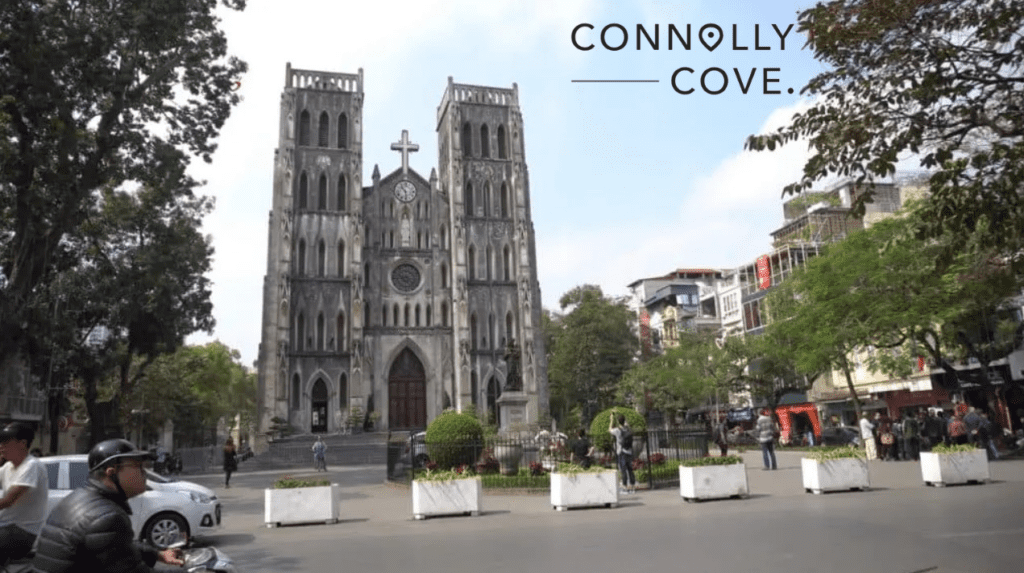
3. Vietnamese Women’s Museum – Hanoi
This museum opened in 1995. It is dedicated to enhancing public knowledge and understanding of Vietnamese women’s history and cultural heritage among the nation’s 54 ethnic communities. The museum sheds light on the roles and contributions of Vietnamese women in the historical and cultural development of Vietnam.
It consists of three permanent exhibitions: Women in Family, Women in History, and Women’s Fashion.
4. Tunnels of Củ Chi – Củ Chi/Ho Chi Minh
One of the testimonies of the gruesomeness of the Vietnam War is the network of tunnels underlying much of Vietnam. These tunnels were not only used as hiding spots by the Viet Cong soldiers but were also means of communication, supply routes, hospitals, food and weapons.
The tunnels also served as living quarters for the North Vietnamese fighters.
Part of the tunnels is open today to allow you to experience what it was like back then. You can walk through a certain portion of the tunnels that were made wider and taller to accommodate tourists. In addition to the underground tunnels, there are several attractions, such as souvenir stalls and a shooting range.
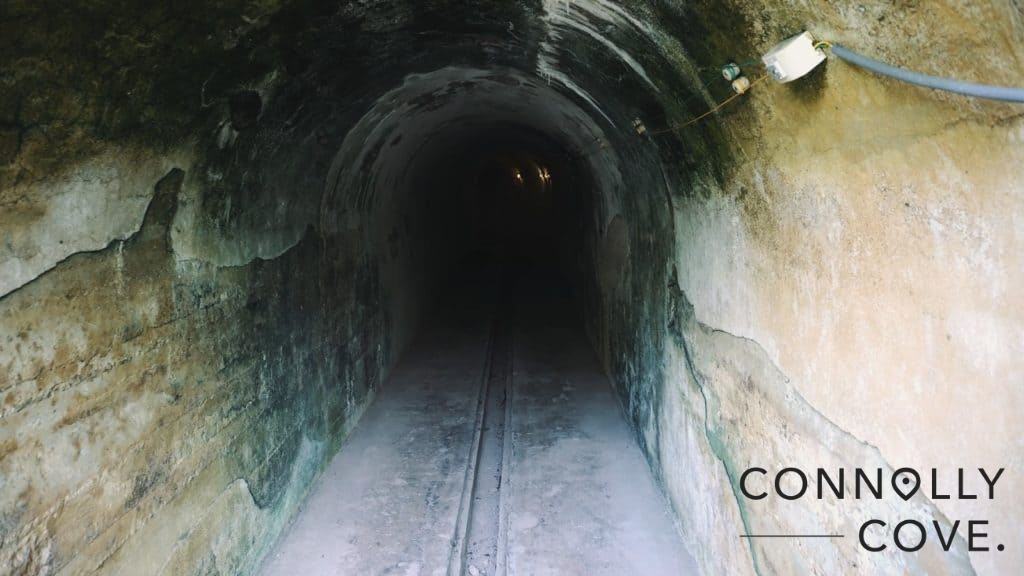
Malaysia
Malaysia is a federal constitutional monarchy that has roots in the Malay Kingdoms and is a multi-ethnic and multi-cultural hub. The country was under British colonization until its independence in 1963. Then, Singapore separated from Malaysia two years later.
Malaysia has been exploring other sectors to support its economy other than natural resources. Sectors such as science, commerce, tourism and medical tourism began to boom in the country. While Kuala Lumpur is the legislative capital, Putrajaya is the administrative one.
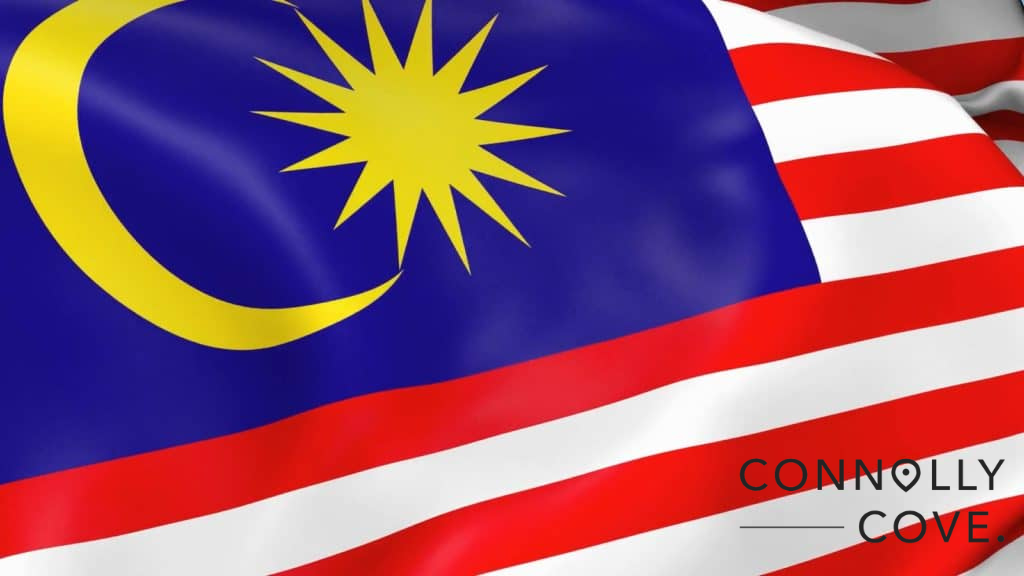
5 Interesting Places to Visit in Malaysia
1. National Museum – Kuala Lumpur
The National Museum of Malaysia provides a deep look into Malaysian history and culture. Built in 1963 using a combination of traditional and contemporary Malay architecture, it consists of three stories and four main galleries dedicated to ethnology and natural history.
Artefacts range from free-standing tableaux showing cultural events like weddings to arts and crafts. Each gallery of the museum has its own theme. The ground floor displays the geographic and natural history of the Malay people from the Stone Age to recent history.
The second floor is dedicated to the Asian country’s colonial history leading up to Independence. Other galleries include the National Sports Gallery and the Natural History Gallery.
2. Bukit Nanas – Kuala Lumpur
Literally meaning “Pineapple Hill,” this small hill is the only virgin tropical rainforest left in the heart of Kuala Lumpur. The Bukit Nanas Forest Reserve is located there and is open to the public. In addition to the Kuala Lumpur Tower, there are jungle trails, a forestry museum, and a visitors’ centre.
3. Aquaria KLCC – Kuala Lumpur
Beneath the Kuala Lumpur Convention Center, there’s a 5,600-square-metre oceanarium. Construction of Aquaria KLCC began in 2003 and was officially opened in 2005. It is now home to more than 250 different species and more than 5,000 land and aquatic animals from Malaysia and around the world.
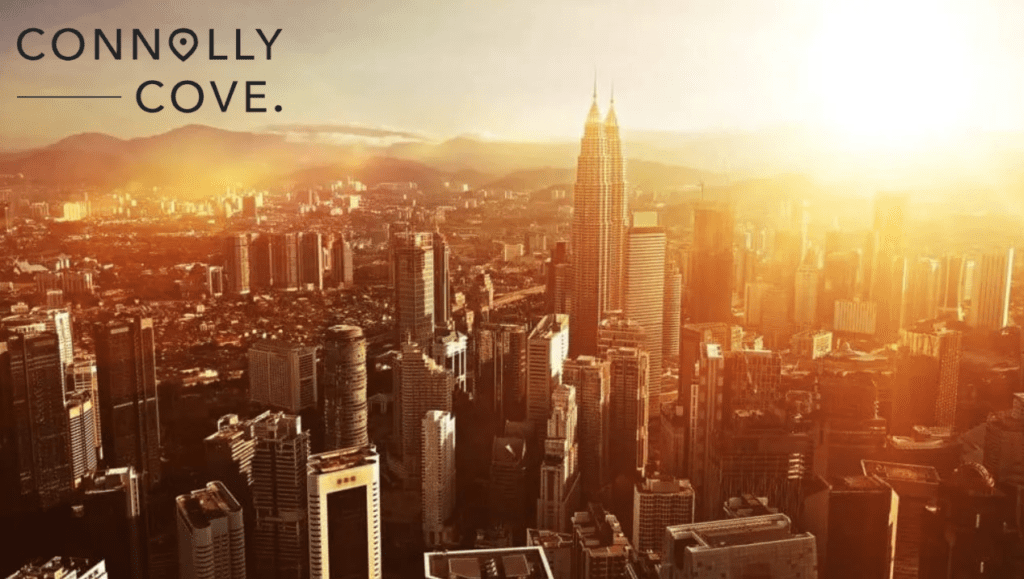
The aquaria are arranged in the journey starting from land, to the rivers, to the rainforests, to the coral reefs and finally into the deep sea. Aquaria KLCC is equipped with interactive kiosks on fish and turtle conservation. Just outside the aquaria, there’s a huge food court with multiple choices of food.
4. Legoland Malaysia Resort – Johor
The first Legoland theme park in Asia and the sixth in the world was opened in Johor in 2012. The theme park is equipped with more than 40 interactive rides, shows and attractions. The park is divided into several areas, with attractions in each area sharing a common theme.
The Water Park, which opened in 2013, and the Sea Life Malaysia Aquarium, which opened in 2019, both require additional admission fees. There are several shops for LEGO-themed merchandise and visitors’ supplies, as well as restaurants and snack stands. As with all Legoland parks, this one also has a miniature park and reproduces iconic landmarks from Asia.
5. Manukan Island – Kota Kinabalu
A twenty-minute boat ride from Kota Kinabalu takes you to the first marine national park in Malaysia. Manukan Island is the second largest island in the Tunku Abdul Rahman National Park and is home to coral reefs, which are ideal for water activities such as snorkelling, swimming, and diving.
Of the Tunku Abdul Rahman National Park islands, Manukan has the most developed tourist facilities. The island is equipped with chalets, restaurants, a diving centre, a clubhouse, a swimming pool, and a football field. It is heavily covered with vegetation and provides beautiful hiking trails. The island has a main resort, the Manukan Island Resort.
Indonesia
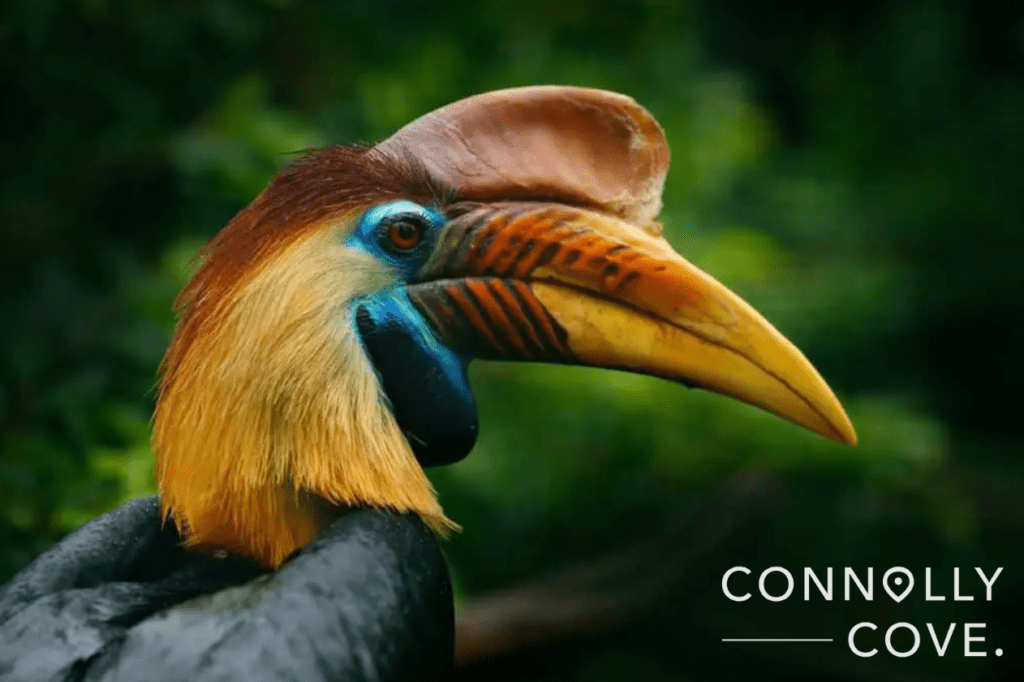
The Republic of Indonesia is the world’s largest island country, consisting of more than 17,000 islands. The archipelago has been a prominent trade centre since the 7th century. Indonesia has been under several foreign grips over the years and only earned independence from the 350-year Dutch colonization in 1949 when the Dutch finally recognized Indonesia’s sovereignty.
The capital, Jakarta, is the largest city in the country and is home to many people of different backgrounds. The country’s diversity of ethnicities, languages, and religions is unified under the motto “Unity in Diversity/ Many, Yet One.”
6 Unique Destinations in Indonesia
1. Taman Mini Indonesia Indah – East Jakarta
Literally meaning “Beautiful Indonesia,” Taman Mini Indonesia Indah depicts all aspects of Indonesian daily life and was established in 1975. The park shows the different aspects of Indonesian culture by mimicking the daily life of people in traditional houses as an example of regional architecture, clothing, dancing, and traditions.
In addition to the miniature exhibitions, the park has cable cars, a museum, a lake, a theatre, and an IMAX cinema. In 2014, the World Peace Committee designated TMII as an International Civilization Park and World Peace Theme Park.
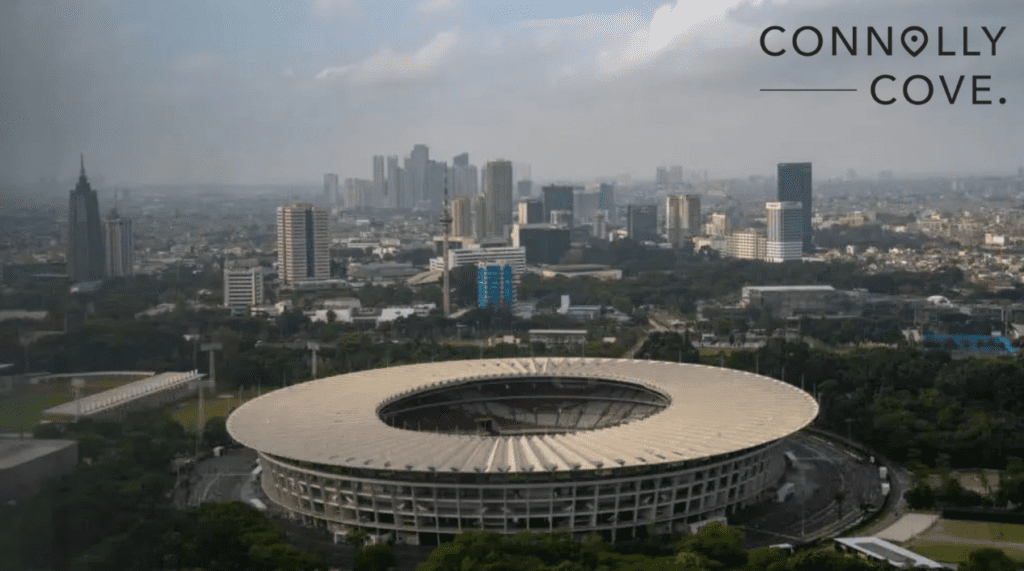
2. Kota Tua Jakarta – Jakarta
Literally meaning “Jakarta Old Town”, this neighbourhood is officially known only as Kota Tua. It covers a major part of both North Jakarta and West Jakarta and contains several historical buildings, most of which are in the Dutch architectural style.
The neighbourhood was an important walled city under Dutch control, known back then as Old Batavia, which had its own significance in the spice trade. The area was abandoned for a long time, starting in the late 18th century.
Revitalization works only began in 2005 and were mostly finished by 2014. Several architectural landmarks are in the neighbourhood, such as the Fine Art and Ceramic Museum, Luar Batang Mosque, Jakarta History Museum, Pasar Ikan (Fish market), and the Wayang Museum.
3. Borobudur – Central Java
This nine-platform temple is the largest Buddhist temple in the world. Following Javanese Buddhist architecture blends the Indonesian indigenous tradition of veneration of the dead with the Buddhist concept of attaining Nirvana. The temple is a UNESCO World Heritage Site and is Indonesia’s most visited tourist attraction.
Even though some evidence suggests that the temple was built in the 7th century, much of its history and purpose remain vague. However, Borobudur lay for a long time under many layers of volcanic ash and heavy forests until its rediscovery in 1814 and later its first restoration works between 1907 and 1911.
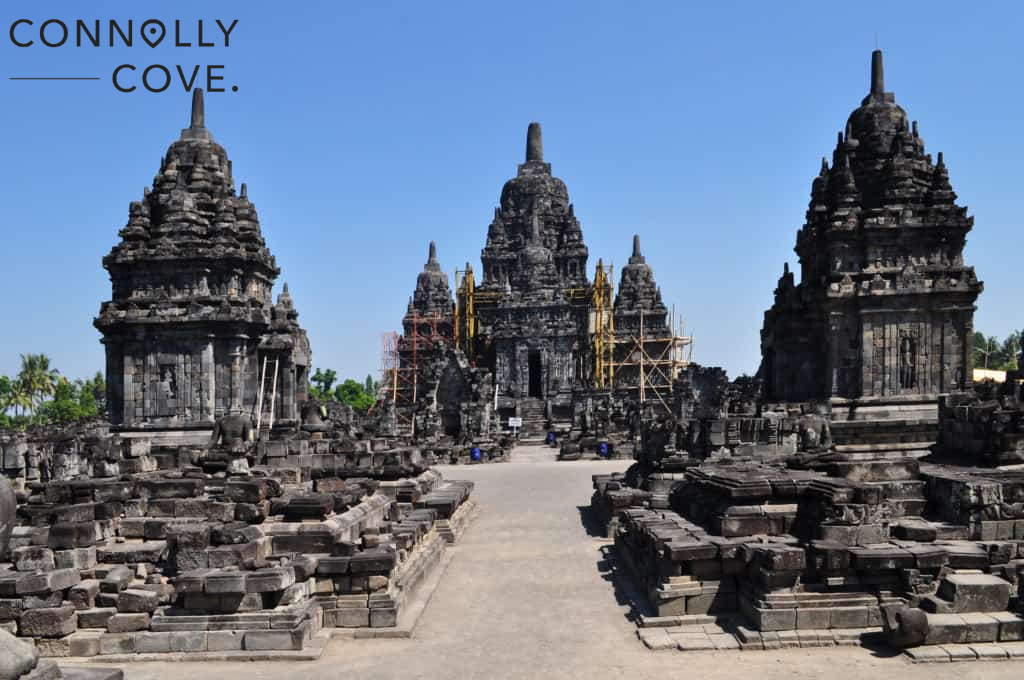
A major restoration project took place between 1975 and 1982, with the participation of the government, UNESCO, and five world countries. New techniques were tested to conserve the site, the structures were stabilized, and water drainage was improved, among many other restoration works.
Today, Borobudur is a pilgrimage site, and Indonesians celebrate Vesak Day at the temple.
4. Bali
Bali is known around the world for its breathtaking views and mesmerizing beaches. It is also considered Indonesia’s main tourist destination. Bali has been inhabited since 2000 BCE and is 8 degrees south of the equator. This makes for stable weather all year round, with an average temperature of 30 degrees Celsius.
Tourism started in Bali in 1963 and was boosted by the building of the Ngurah Rai International Airport seven years later. There are several popular tourist locations on the island, mainly the towns of Kuta, Legian, Seminyak, Sanur, Ubud, Jimbaran, Nusa Dua and Pecatu.
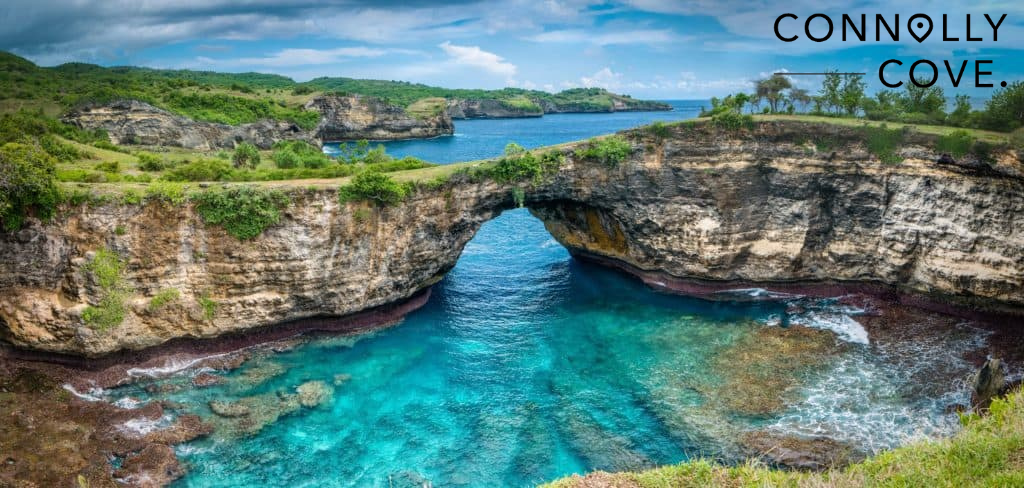
5. Ubud Monkey Forest – Bali
The Mandala Suci Wenara Wana, more commonly known as the Ubud Monkey Forest, is a vital spiritual, economic, educational, and conservation centre for the village of Padangtegal. The forest is the natural habitat of the Balinese long-tailed macaque monkeys and 186 species of plants and trees. The Padantegal community and the three temples located nearby own the forest.
There are 1049 monkeys living in the forest, divided into 6 groups: the main temple group, forest conservation group, central point group, eastern group, Michelin group, and cemeteries group. Trails in the forest allow visitors to access many parts of the park. The park also features a public hall, a gallery, an open stage, and a canteen.
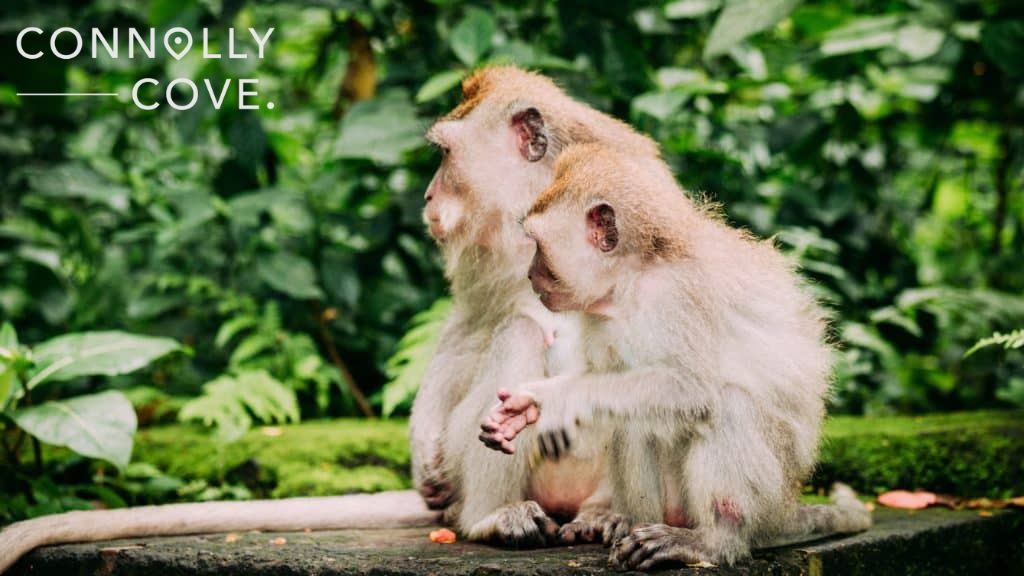
6. Pura Taman Saraswati – Bali
The Ubud Water Palace, also known as the Ubud Water Garden, was built between 1951 and 1952. It is dedicated to the goddess Sarasvati, the Hindu deity of learning, literature, and art. The temple has a unique lotus pond and a beautiful water garden.
Sculptures made with volcanic tuff depicting Hindu mythological creatures, plumeria trees, and a statue of the rakshasa adorn different spots of the temple.
Philippines
The Republic of the Philippines is an island country that consists of about 7,640 islands. After the establishment of three kingdoms in the early islands, the Philippines came under Spanish colonization after the arrival of the Portuguese explorer Ferdinand Magellan.
It wasn’t after the Second World War that the Philippines finally earned its independence in 1946. Now, the Philippines is ethnically and culturally diverse, with an emerging economy. Manila is the country’s capital.
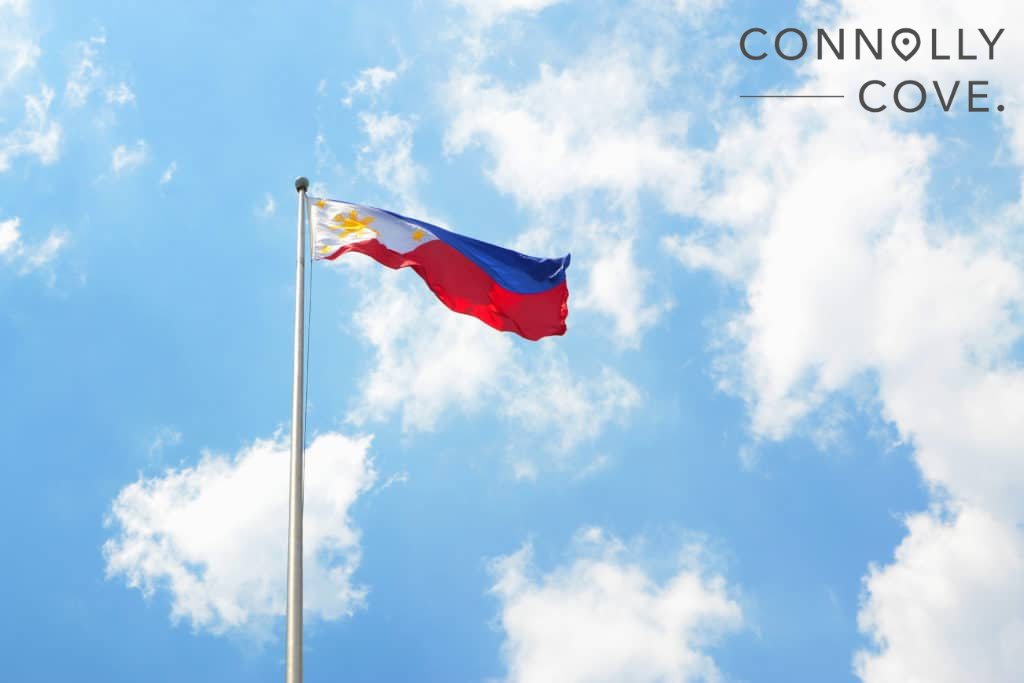
4 Fantastic Tourist Destinations in the Philippines
1. Intramuros – Manila
In the Latin translation of “Inside the walls,” Intramuros encloses what was once the city of Manila during the Spanish colonial period. Smaller towns established outside the fortified walls were called “Extramuros” back then, as in “Outside the walls.”
The Spanish settled in the old city of Manila in 1571. The fortification walls, begun in 1590 and finished in 1872, protected the city from natural disasters and foreign invaders. Intramuros still holds many of the original historical buildings.
Casa Manila is a prominent example of the Philippines’ Spanish colonial architecture and is now a museum giving insight into the lifestyle of that period.
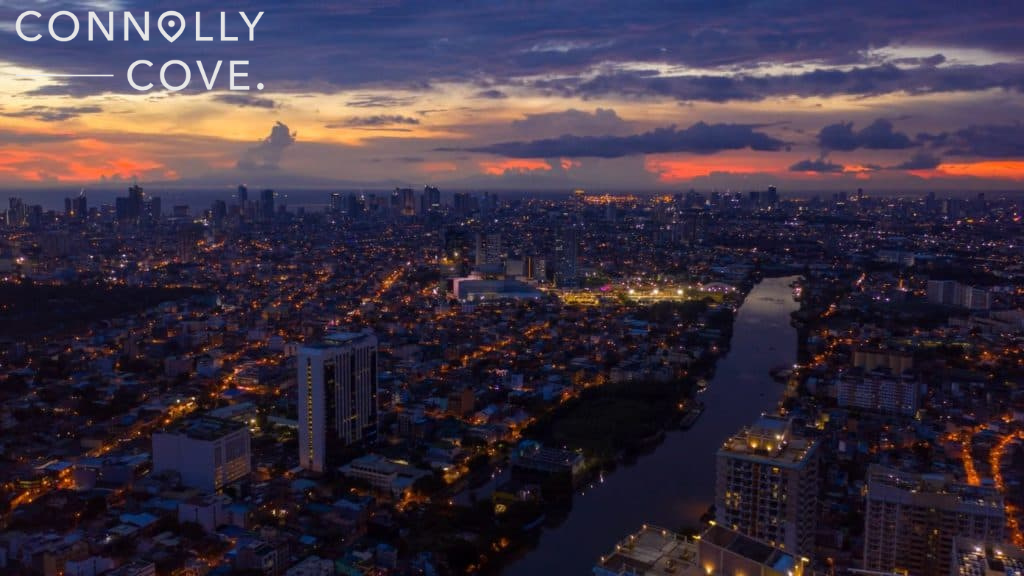
2. Manila Cathedral – Manila
One of the main attractions in Intramuros, the historic walled city in the heart of Manila, is the cathedral, which is dedicated to the Immaculate Conception of the Blessed Virgin Mary and the Patroness of the Philippines.
The original church was built in 1581 and elevated to cathedral status in 1579. The cathedral suffered damage several times during its lifetime and was subsequently rebuilt. The last restoration works done on the cathedral took place between 2012 and 2014 of the last and current cathedral structure, which was built in 1958.
Italian artists created some of the beautiful artwork inside the cathedral. One of the Philippines’ contemporary artists, Ocampo, worked on the cathedral’s stained glass windows.
3. Cebu Taoist Temple – Beverly Hills/ Cebu City
Built in 1972 in the Beverly Hills subdivision of Cebu City with the cooperation of the Filipino-Chinese community, the Taoist temple is the centre for the practice of Taoism, following the teachings of the Chinese philosopher Lao Zi.
Unlike the nearby Phu Sian Temple, the Taoist Temple is open to both worshippers and non-worshippers alike, giving them an opportunity to learn more about the religion.
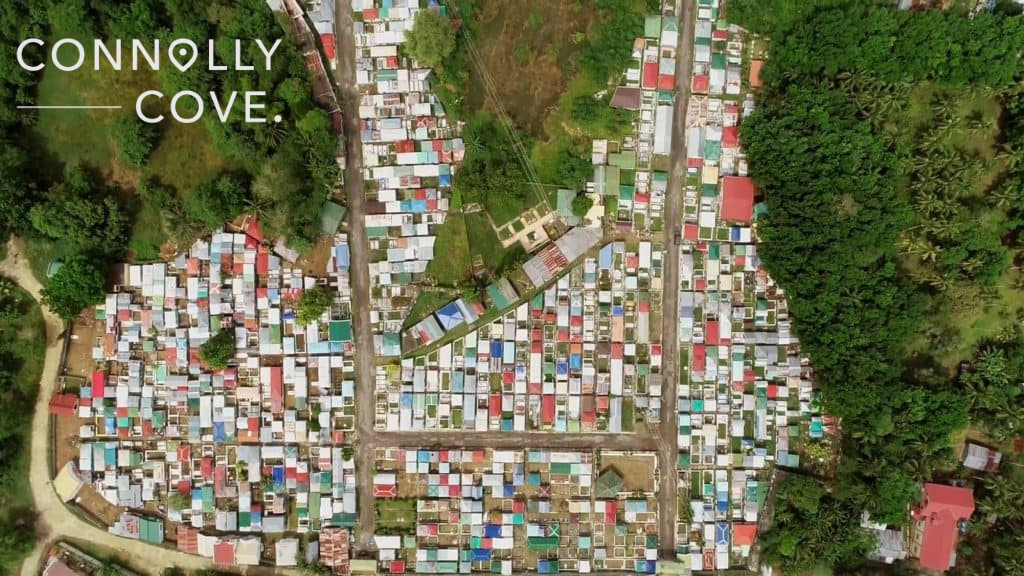
The temple was built at an elevation of 110 metres above sea level. The entrance of the temple is a replica of the Great Wall of China, and inside, there’s a chapel, a library, a souvenir shop and a wishing well.
An interesting ritual performed by the devotees is climbing the 81 steps of the temple, which represent the 81 chapters of Taoism, to light joss sticks and have their fortunes read by the monks.
4. El-Nido – Palawan
Nicknamed “Heaven on Earth,” El-Nido is famous for its white-sand beaches, coral reefs, and limestone cliffs. Located at the northernmost tip of the Palawan Province, El-Nido consists of 45 islands and islets. Often referred to as “the Philippines’ Last Frontier,” the island has become a popular tourist destination in recent years.
Cadlao Island is the biggest island in El Nido and the closest to the town proper. It is known for its white-sand beaches, gradually deepening sea floors, lagoons, and natural trails. Several beaches are famous on the island, such as Sabang Beach in the northeast, which offers good snorkelling spots.
The Seven Commandos Beach in El-Nido is the only one accessible by water due to its mountainous nature. The beach has a high-end resort, cottages and tent camping sites right on the beach.
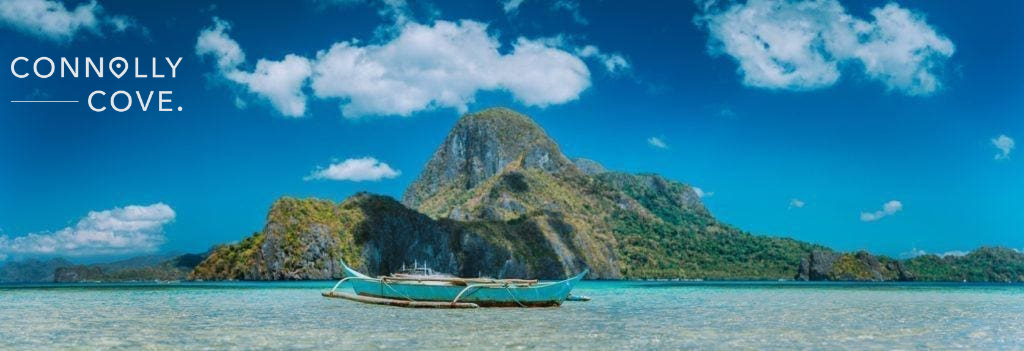
Asia is a Continent Worth Exploring!
From the ancient wonders of China and the spiritual tranquillity of India to the futuristic metropolises of Japan and the natural splendour of Thailand, each nation across Asia boasts its own unique blend of history, culture, and natural beauty.
Whether you want to sample mouthwatering street food in Taipei, explore ancient temples in Cambodia, or dive into the bustling markets of Vietnam, Asia offers something for every type of traveller. With warm hospitality, diverse landscapes, and a wealth of cultural heritage, the countries of Asia invite tourists to embark on unforgettable journeys of discovery and wonder.
East, West, North and South, travelling through Asia will capture your soul and enchant your mind!
Must See in Asia
Explore Asia
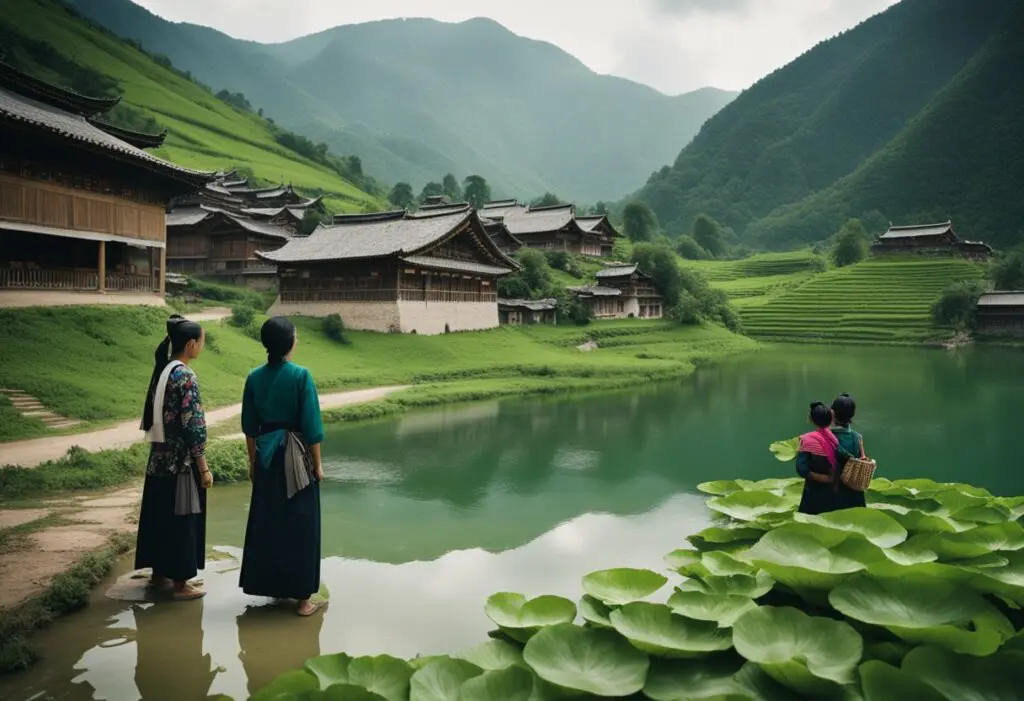
The Matriarchal Societies of China’s Mosuo: An Insight into Female-Led Culture
In the mountainous regions where the provinces of Yunnan and Sichuan converge, there lies a society that defies the commonly...
read full article
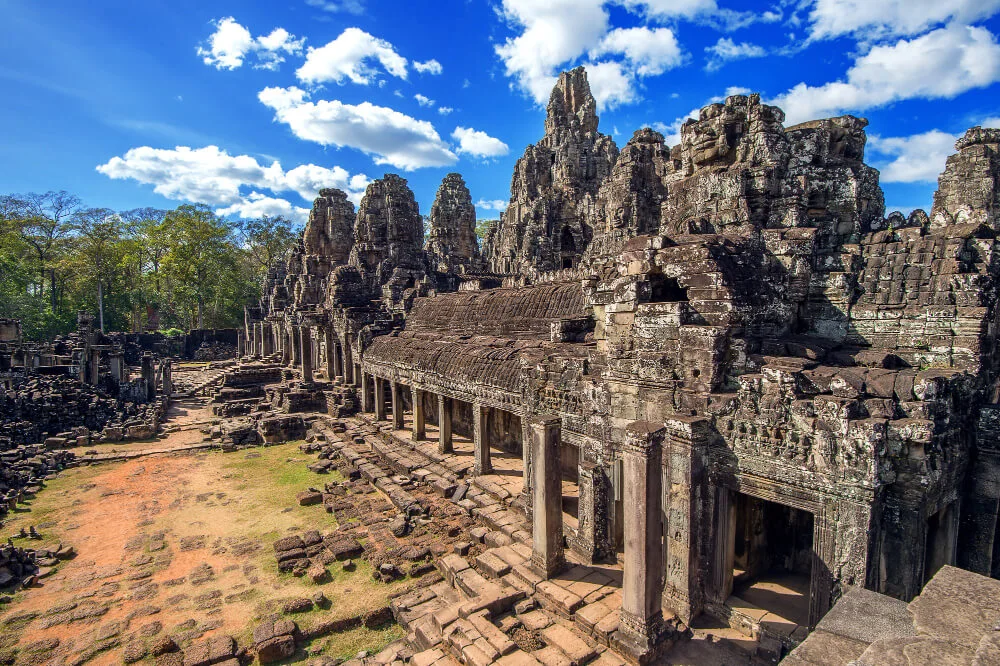
The Temples of Angkor: Unveiling the Jungle’s Hidden Wonders
Nestled within the jungles of Siem Reap, Cambodia, the Temples of Angkor stand as a testament to a once-mighty civilisation....
read full article
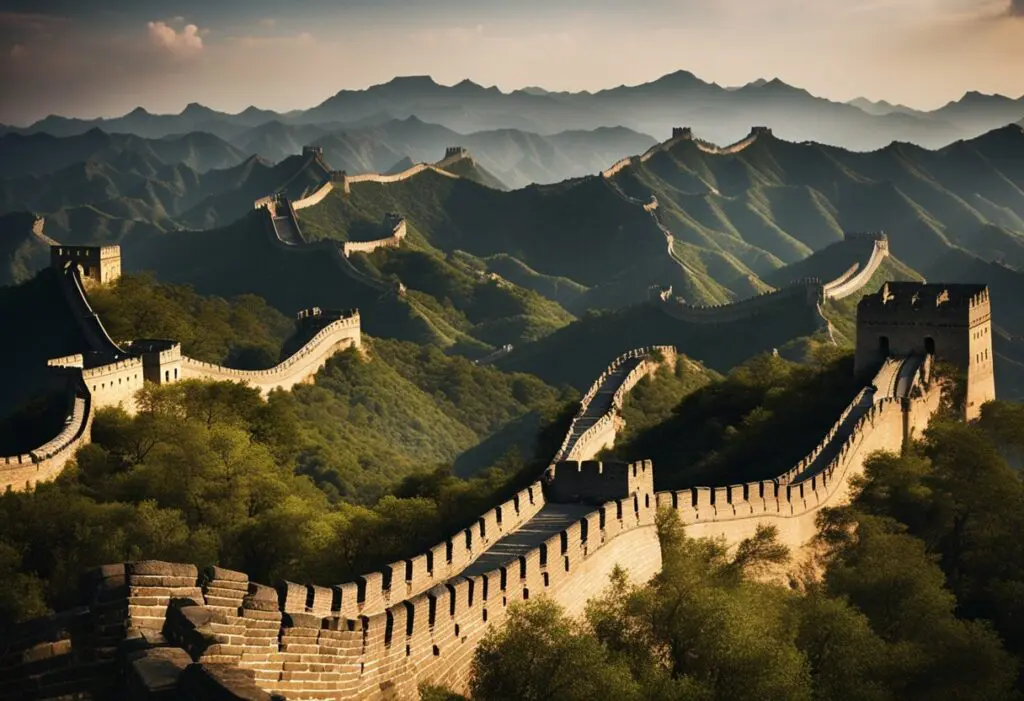
The Great Wall Beyond China: Uncovering Global Ancient Defence Systems
The majestic Great Wall of China is often the first thing that comes to mind when thinking about ancient fortifications....
read full article
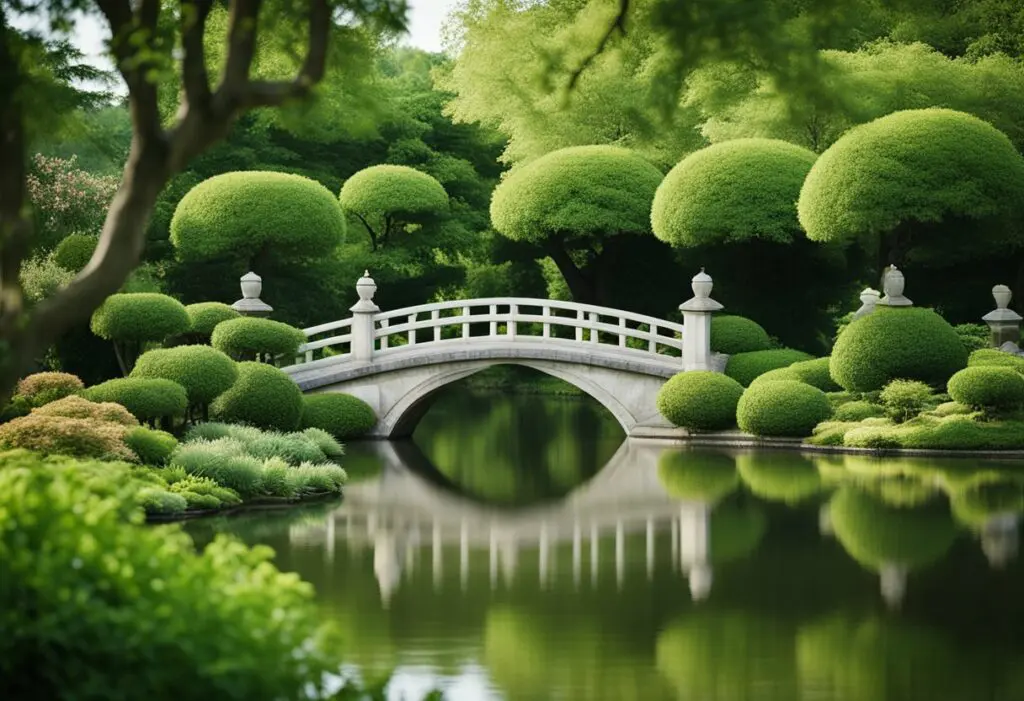
The Samurai Gardens of Japan: Unveiling their Aesthetic and Philosophy
The Samurai gardens of Japan are a harmonious blend of meticulous aesthetics and deep-rooted philosophy. These gardens are not just...
read full article
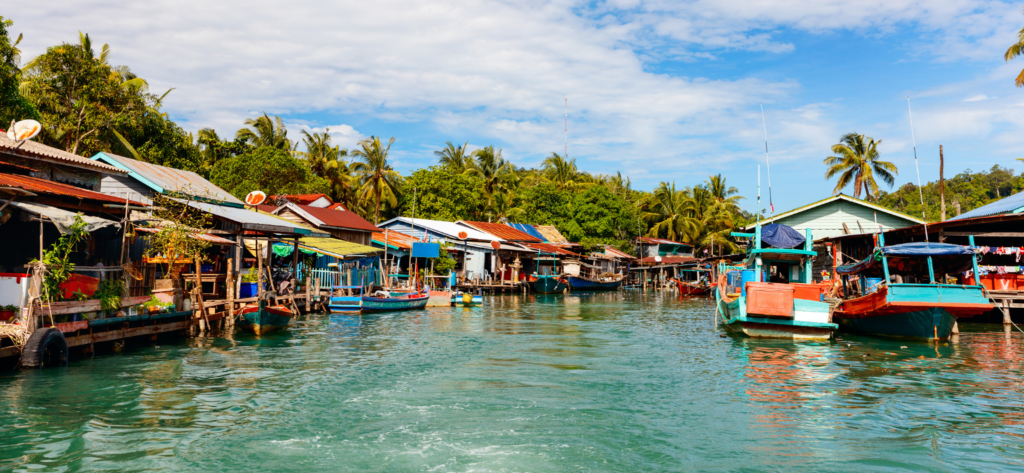
The Floating Villages of Southeast Asia: Life on the Water
The Southeast Asian region is home to an extraordinary way of living that captures the essence of adaptability and cultural...
read full article
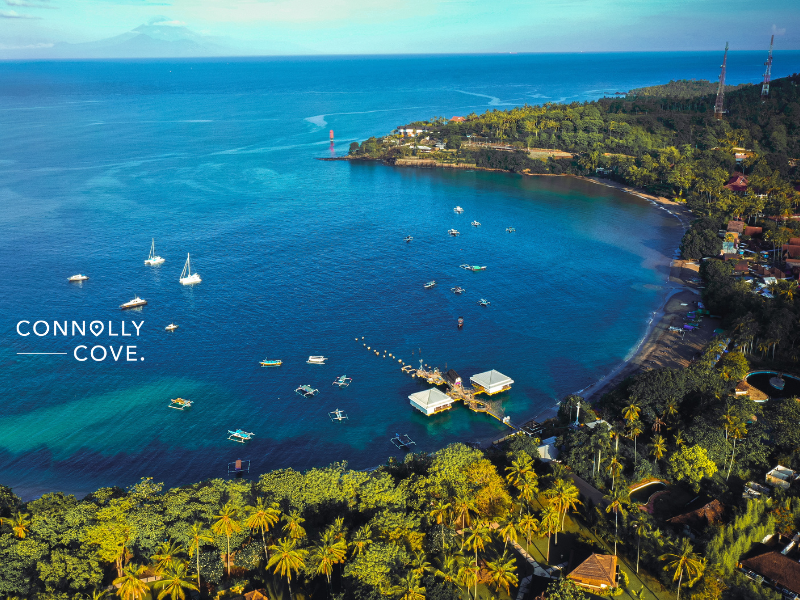
Unveiling Lombok: Indonesia’s Best-Kept Secret Paradise
Amidst the azure waters of the Indonesian archipelago lies a gem called Lombok, waiting to be explored. Although often overshadowed...
read full article
Top Attractions
Akshardham Delhi - New Delhi
A magnificent example of Hindu traditions, culture and architecture. Regardless of religion or creed, time spent in the premises of this serene shrine will be filled only with peace and tranquility. For a calm afternoon, spend your time wondering about the complex, rest upon the stairs of the Musical Fountain or stay past sunset to watch a beautiful water music show.
Things to Do in India- All You Need to Know Right Now Before Heading to India (2023)Lodhi Gardens - New Delhi
Spacious gardens laden with historical architectural works is the perfect place for a morning walk or for a quiet afternoon. There are several historical buildings in the gardens such as the Three-Domed Mosque, Shisha Gumbad and the Tomb of Sikandar Lodi. With different forms of wildlife roaming the gardens and by the lake, recreation area and walking paths, these gardens are an oasis in the hectic atmosphere of New Delhi.
15 Best Places to Visit in DelhiTaj Mahal - Uttar Pradesh
This magnificent mausoleum is a winner when it comes to world titles; a UNESCO World Heritage Site, one of the new 7 Wonders of the World and a jewel of Muslim art in India. The exquisite ivory-white marble mausoleum is a symbol of love; built by Shah Jahan to house the tomb of his wife; Mumtaz Mahal. In the folds of this beautiful complex, you can marvel upon a masterpiece of Mughal architecture.
Incredible Victors Way Indian Sculpture ParkAgra Fort - Uttar Pradesh
Once the main residence of the emperors of the Mughal Dynasty, this grand fort is a UNESCO World Heritage Site. With an obscure history, the fort was an important political center which reached its current state and structure under the reign of Shah Jahan. The fort isn’t only a vast fort but it is also home to other historical buildings such Shahjahani Mahal and Shish Mahal.
The Best 10 Things to Do in MumbaiBesant Nagar Beach - Chennai
This beach is one of the most beautiful and peaceful beaches in Chennai and most importantly, one of the safest. Along the shores of the beach, there’s a memorial dedicated to a Dutch sailor who lost his life while saving others from drowning, known as the Schmidt Memorial. Nearby are the Annai Vailankanni Church and the Ashtalakshmi Kovil Hindu Temple.
AsiaTop Experiences
